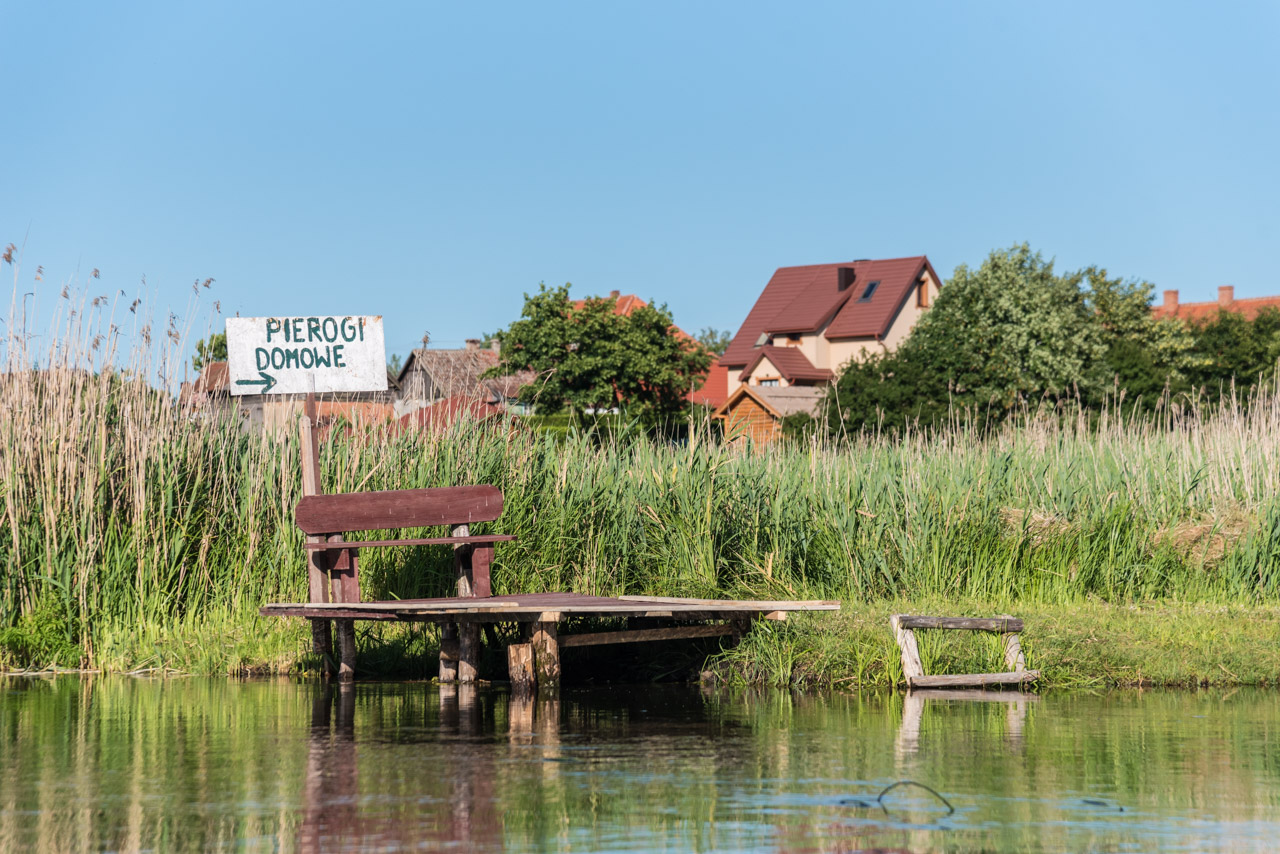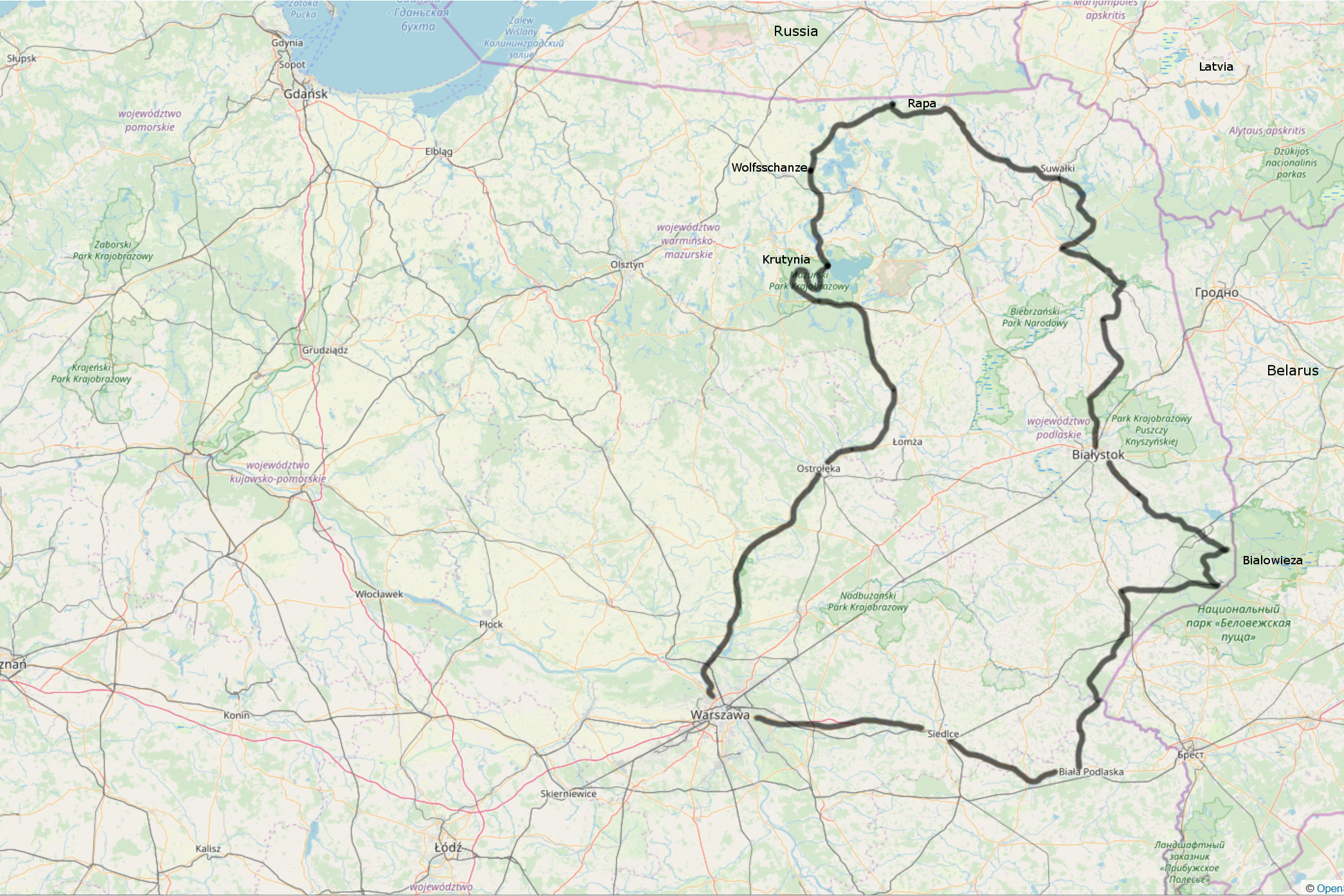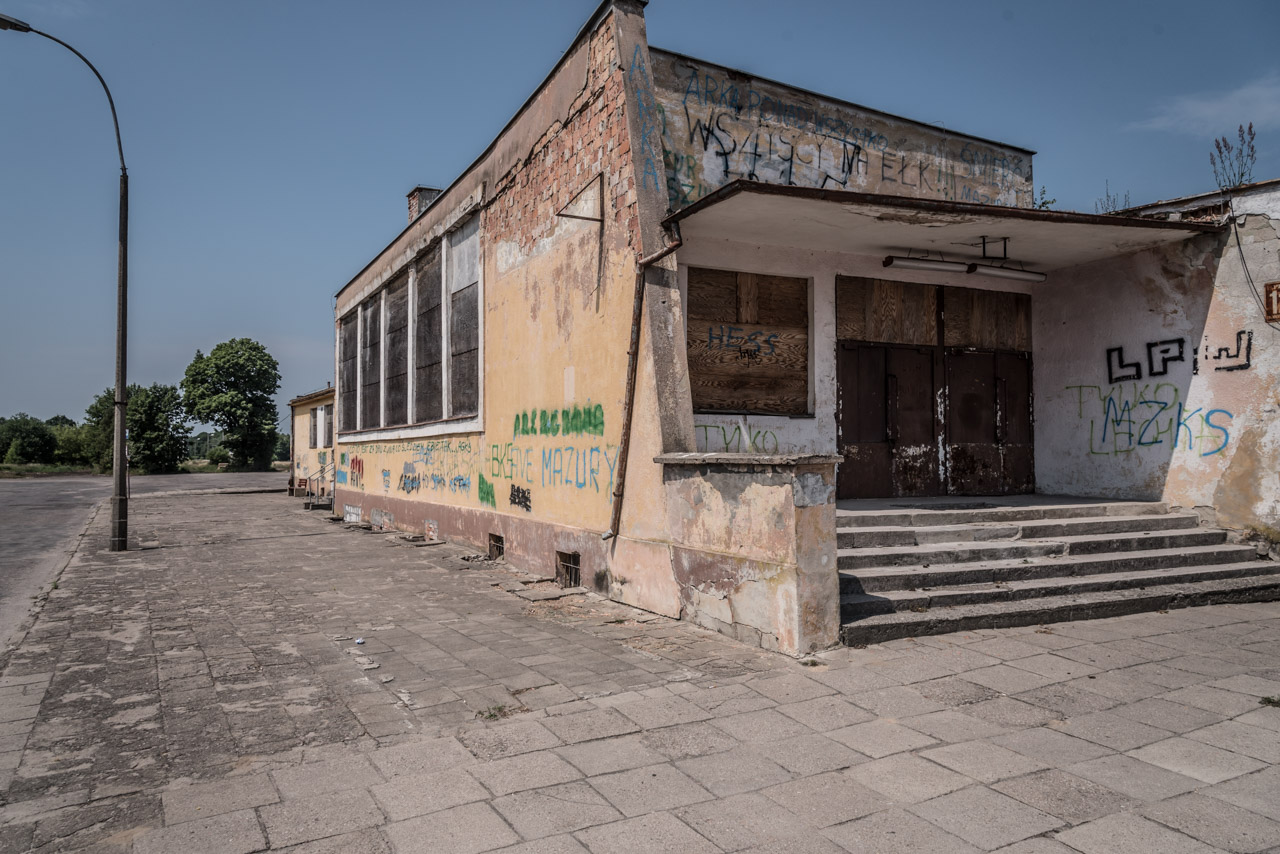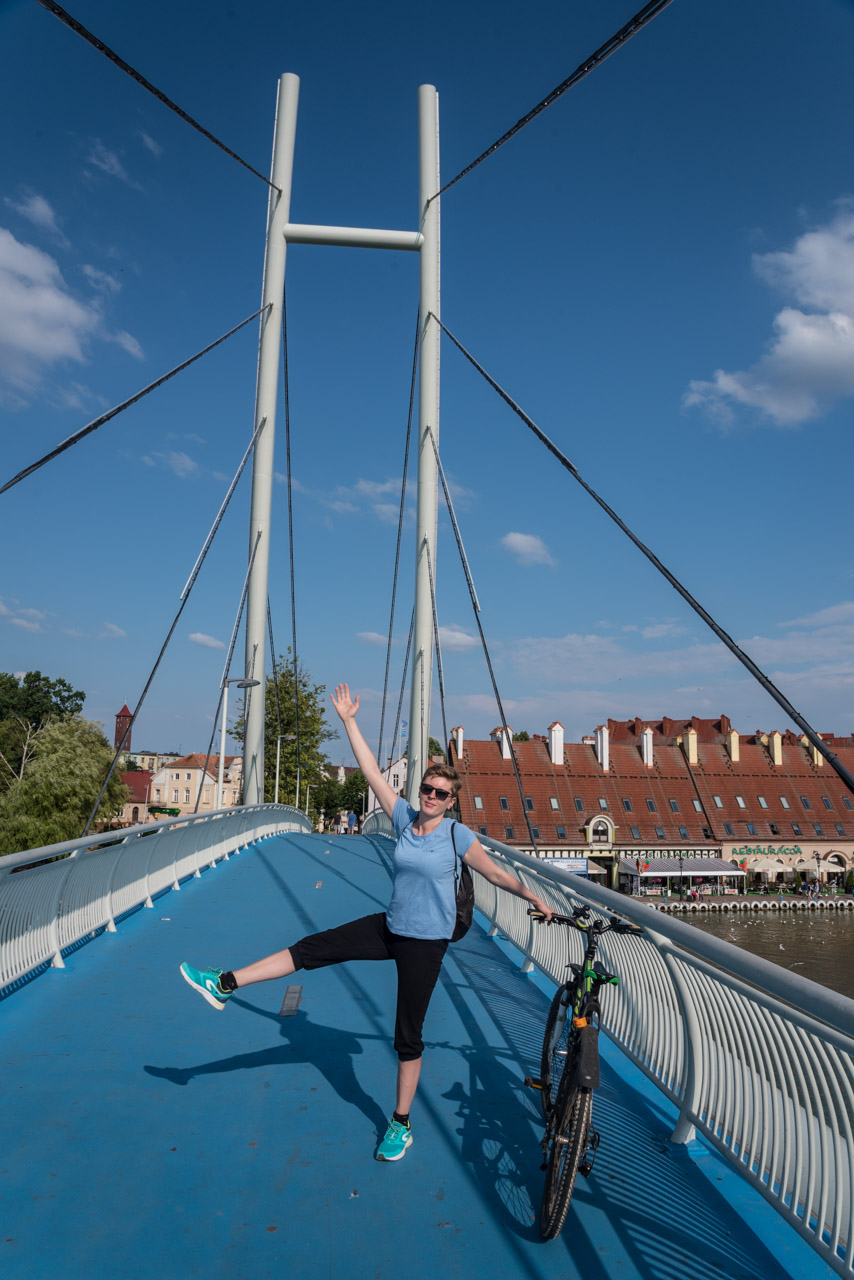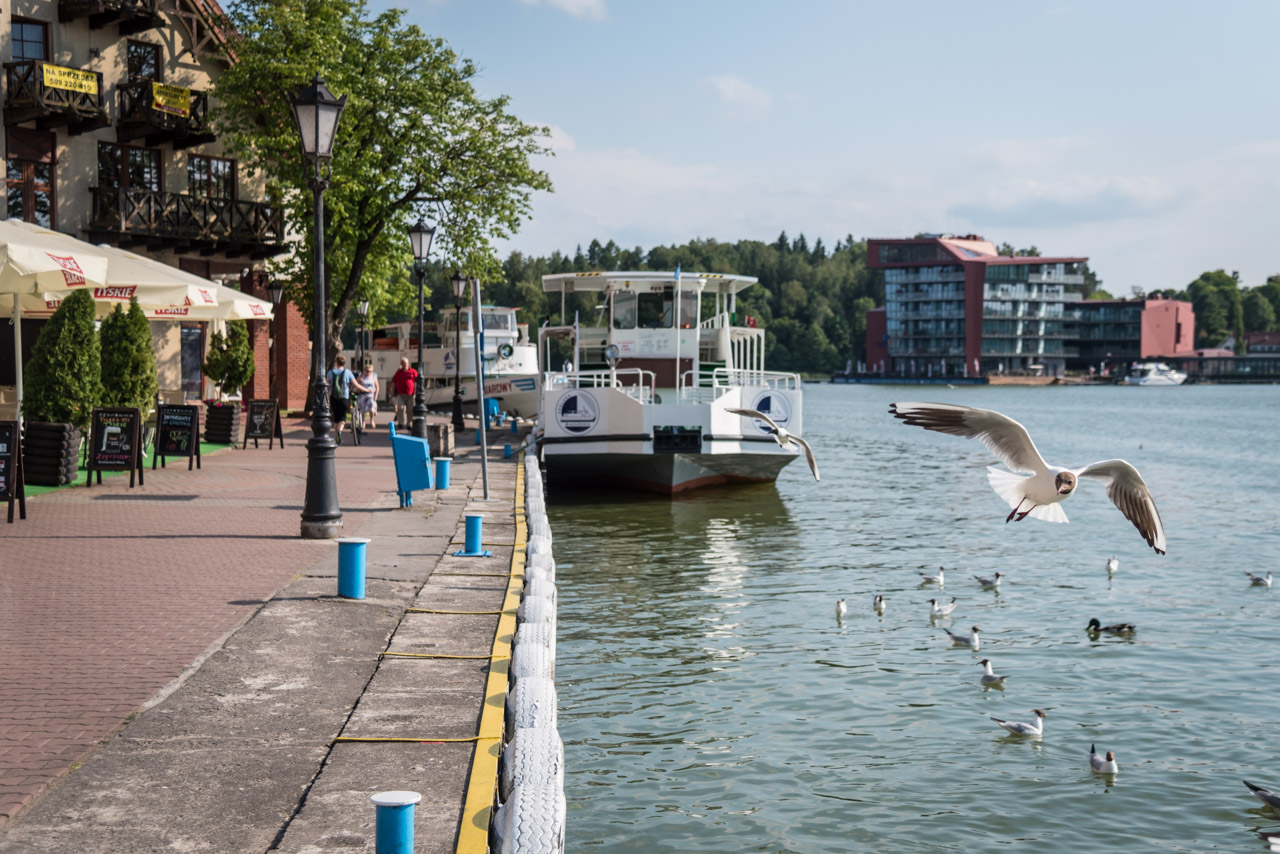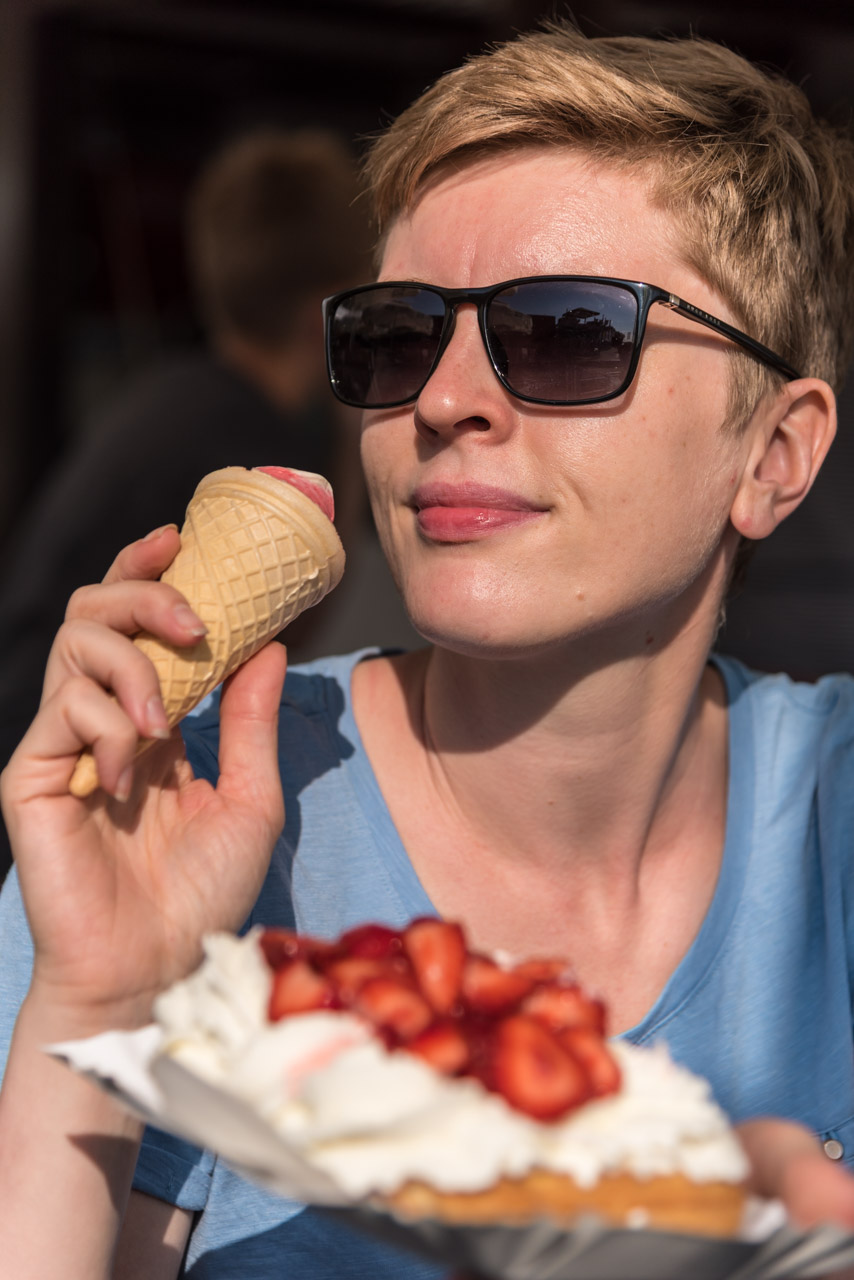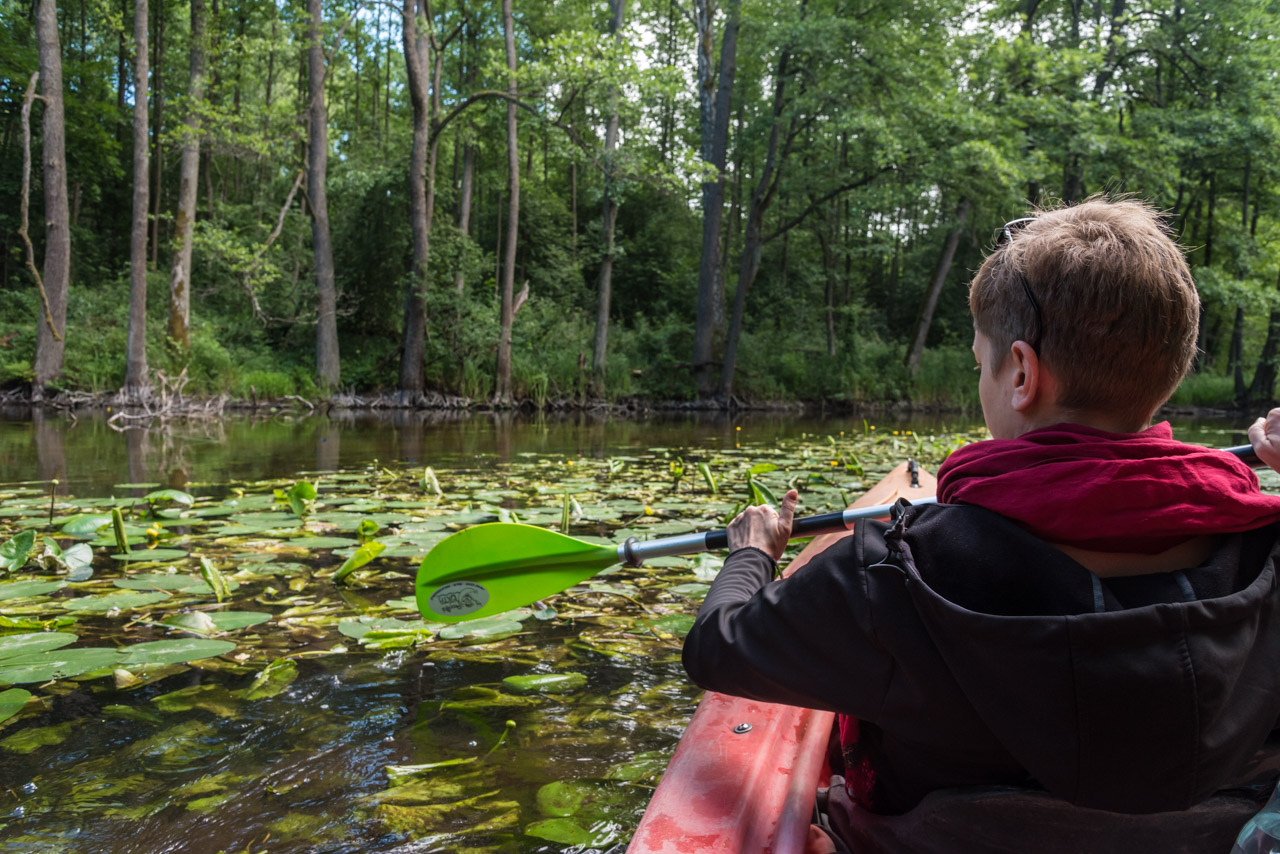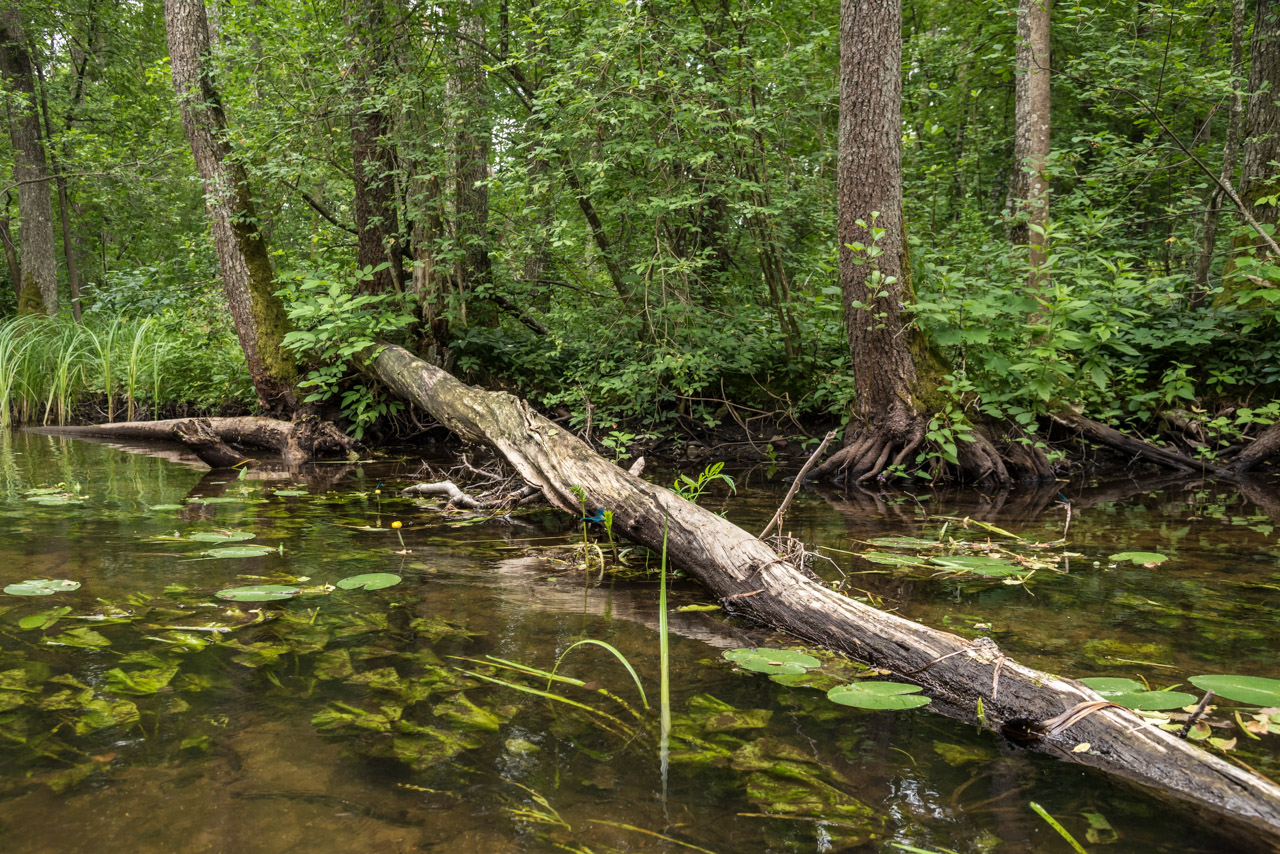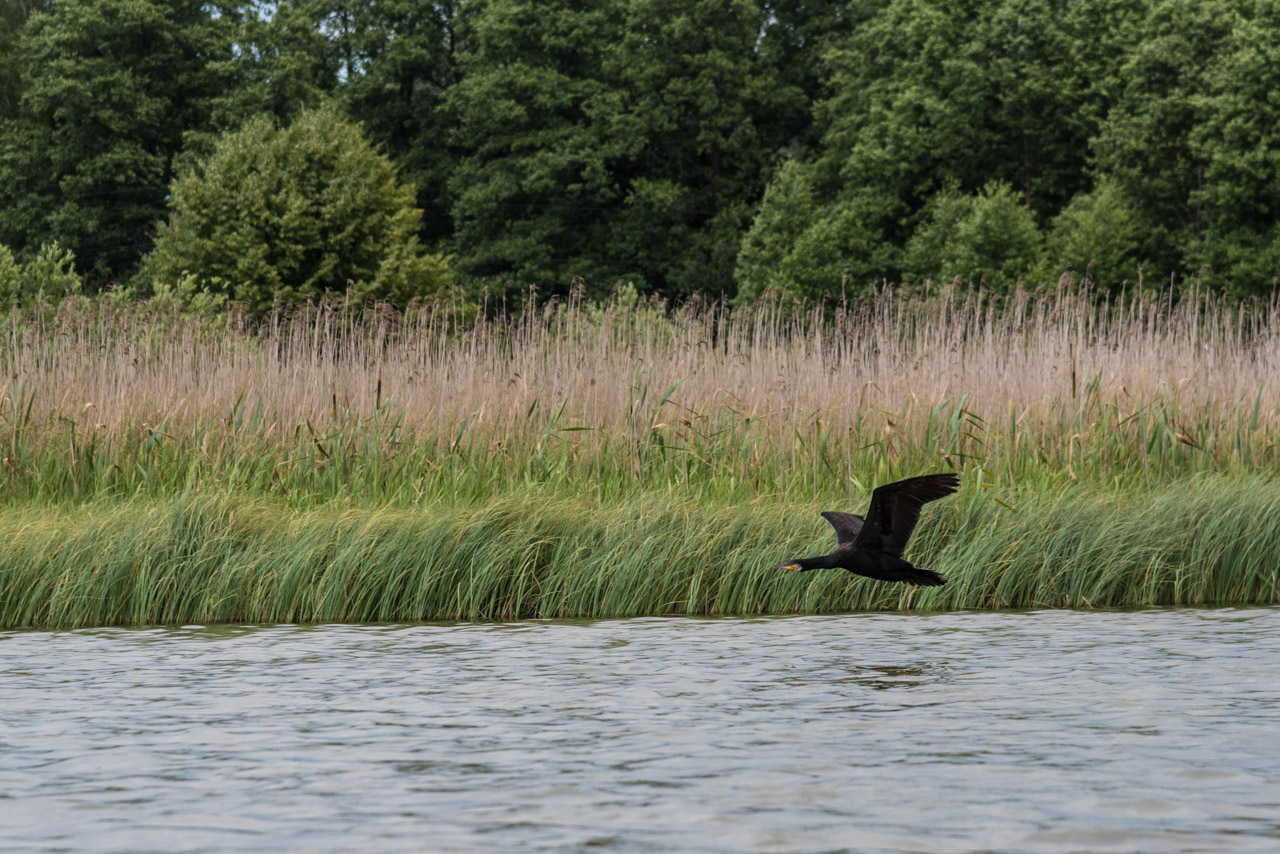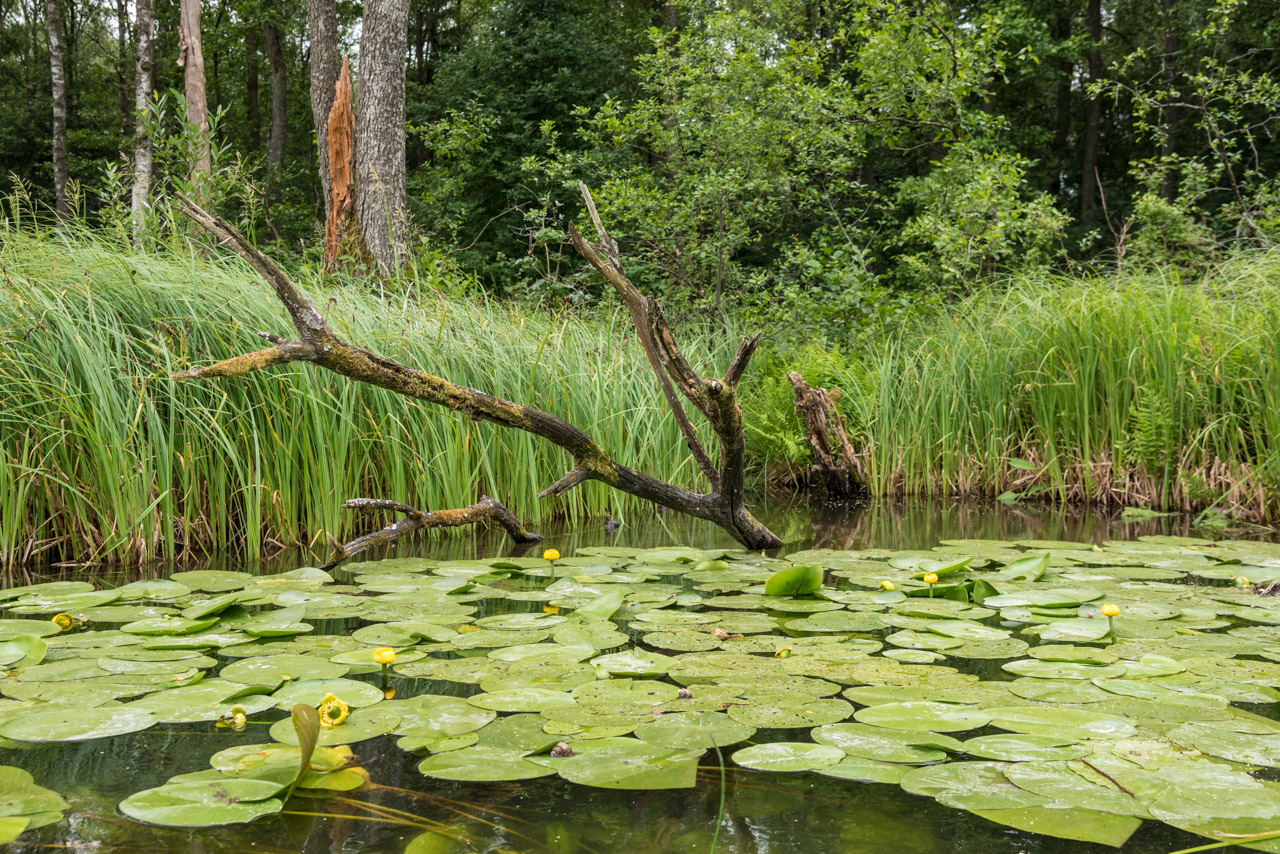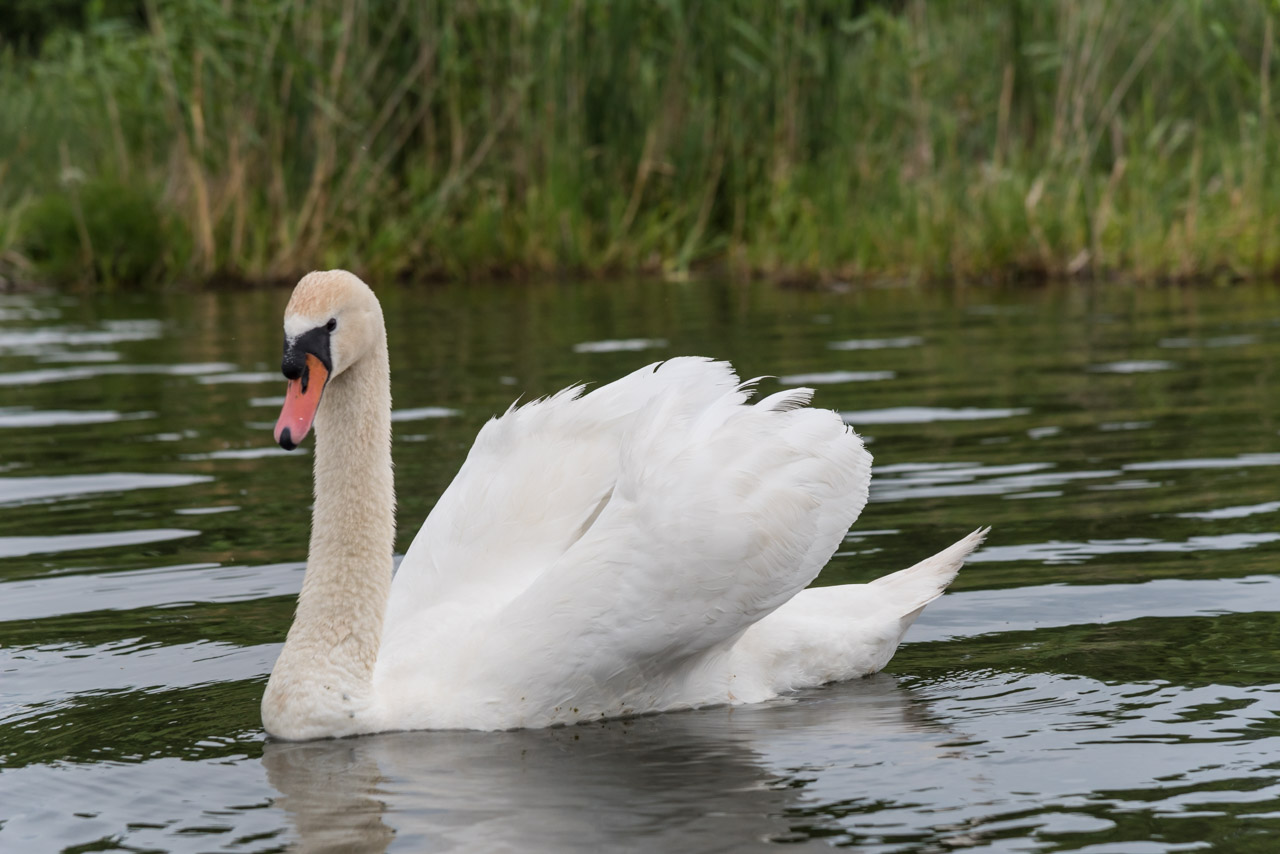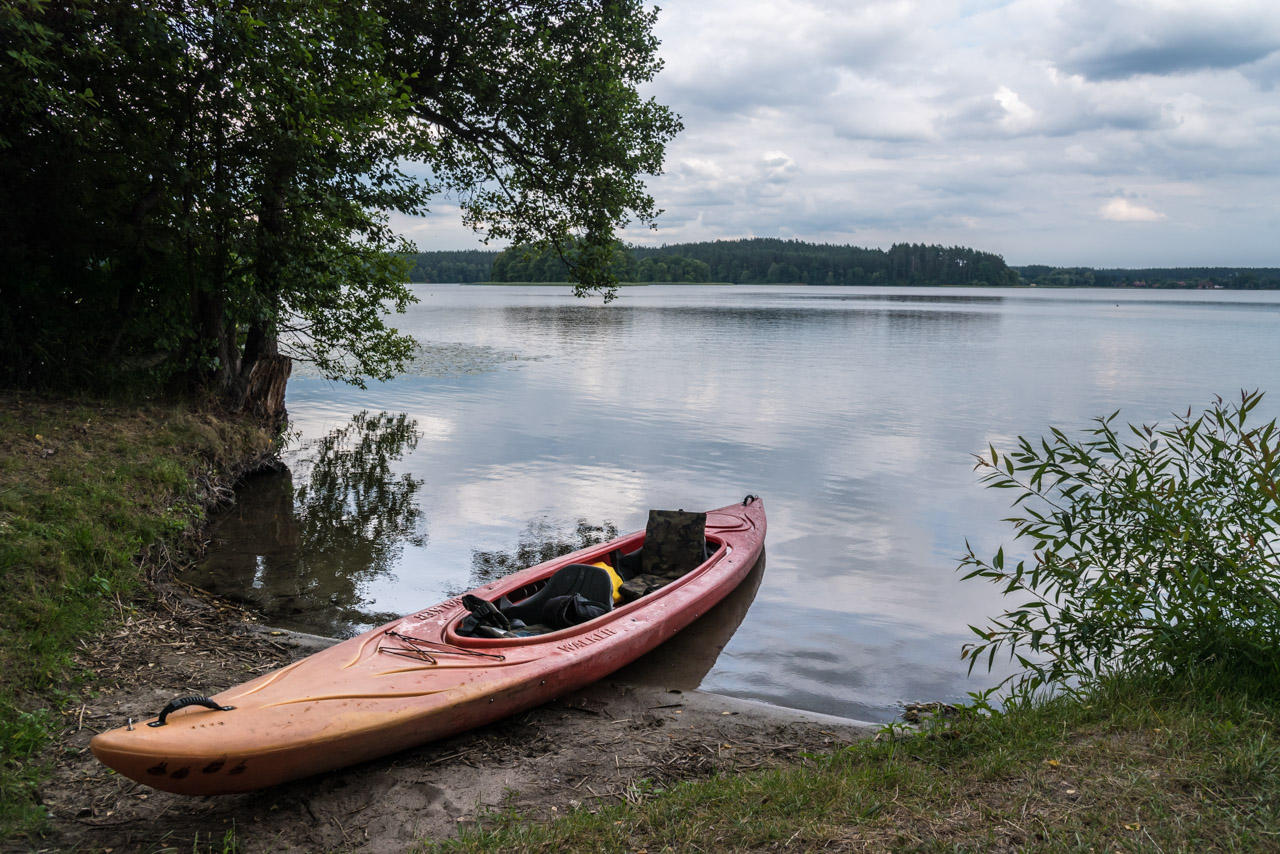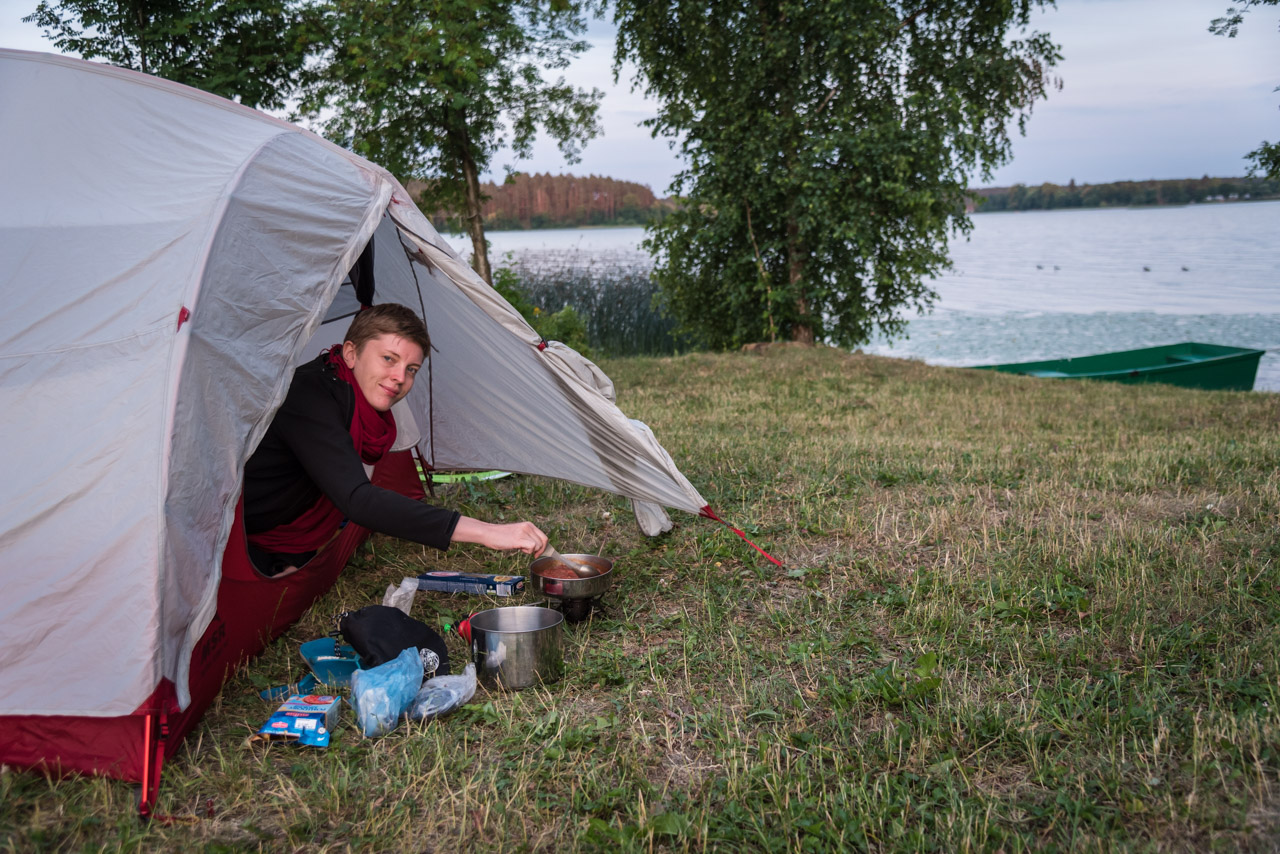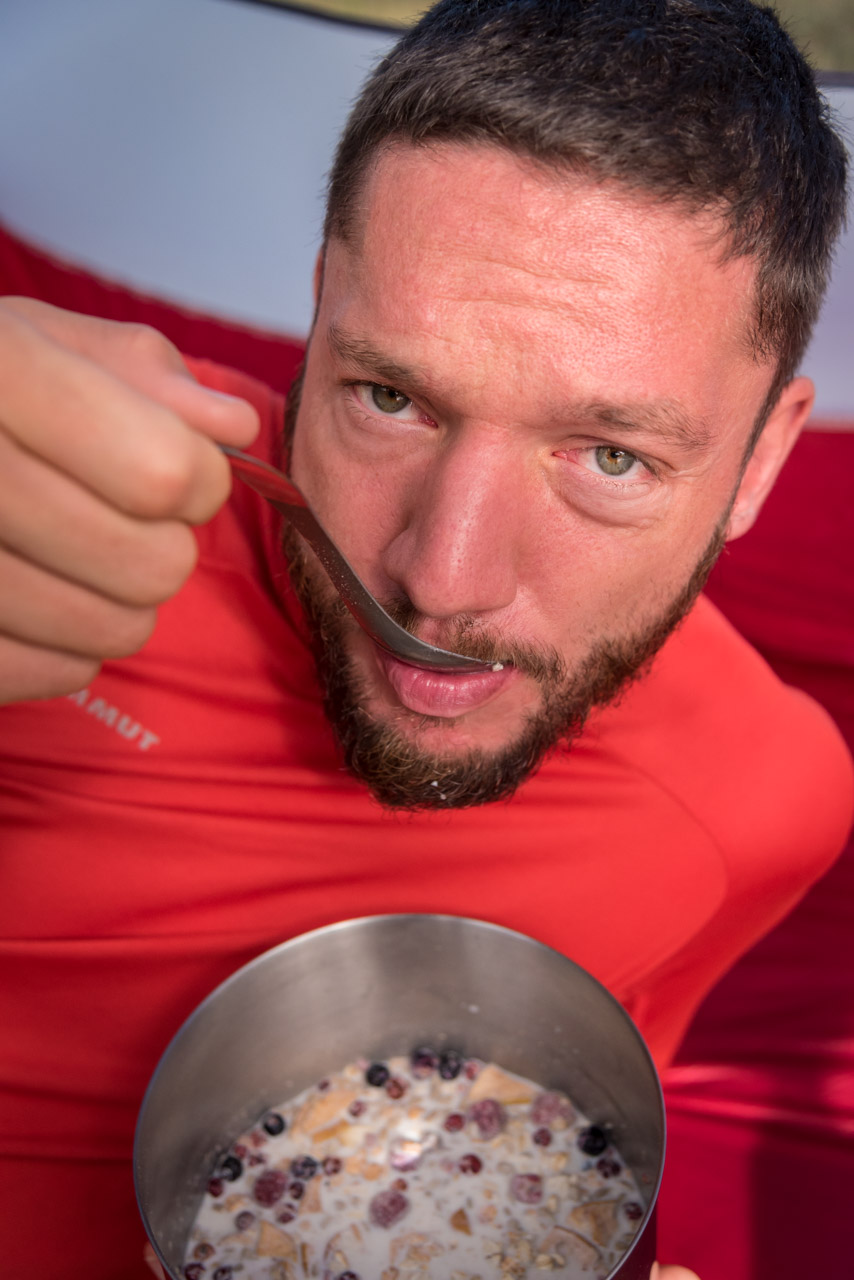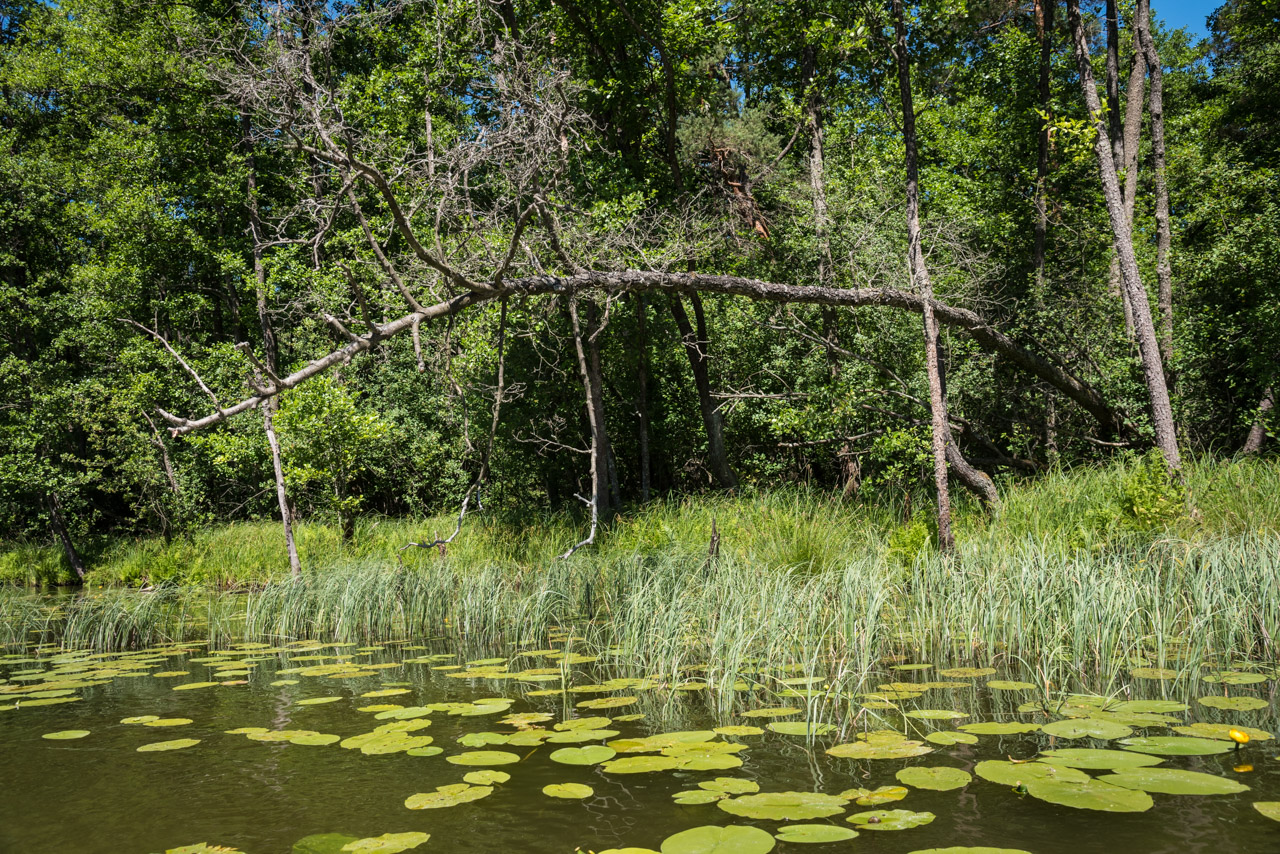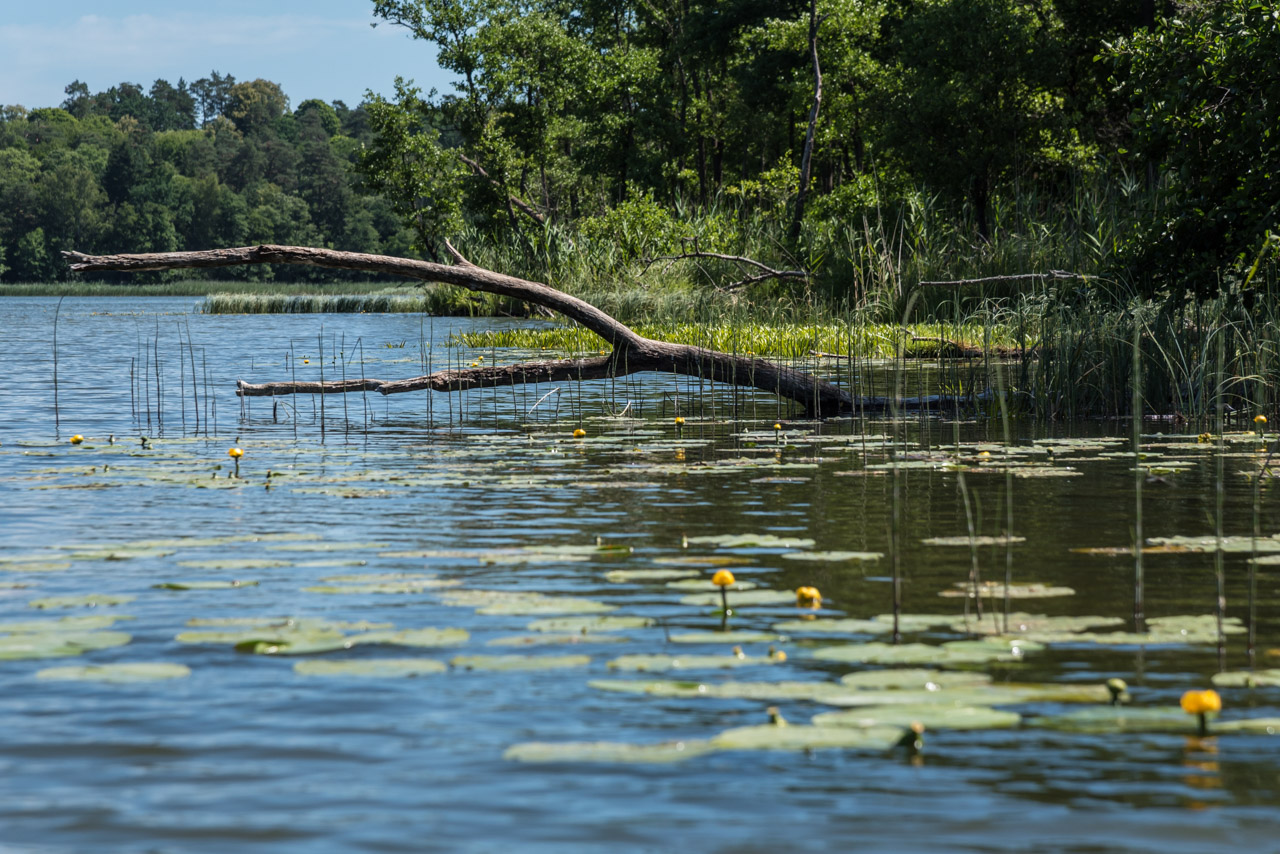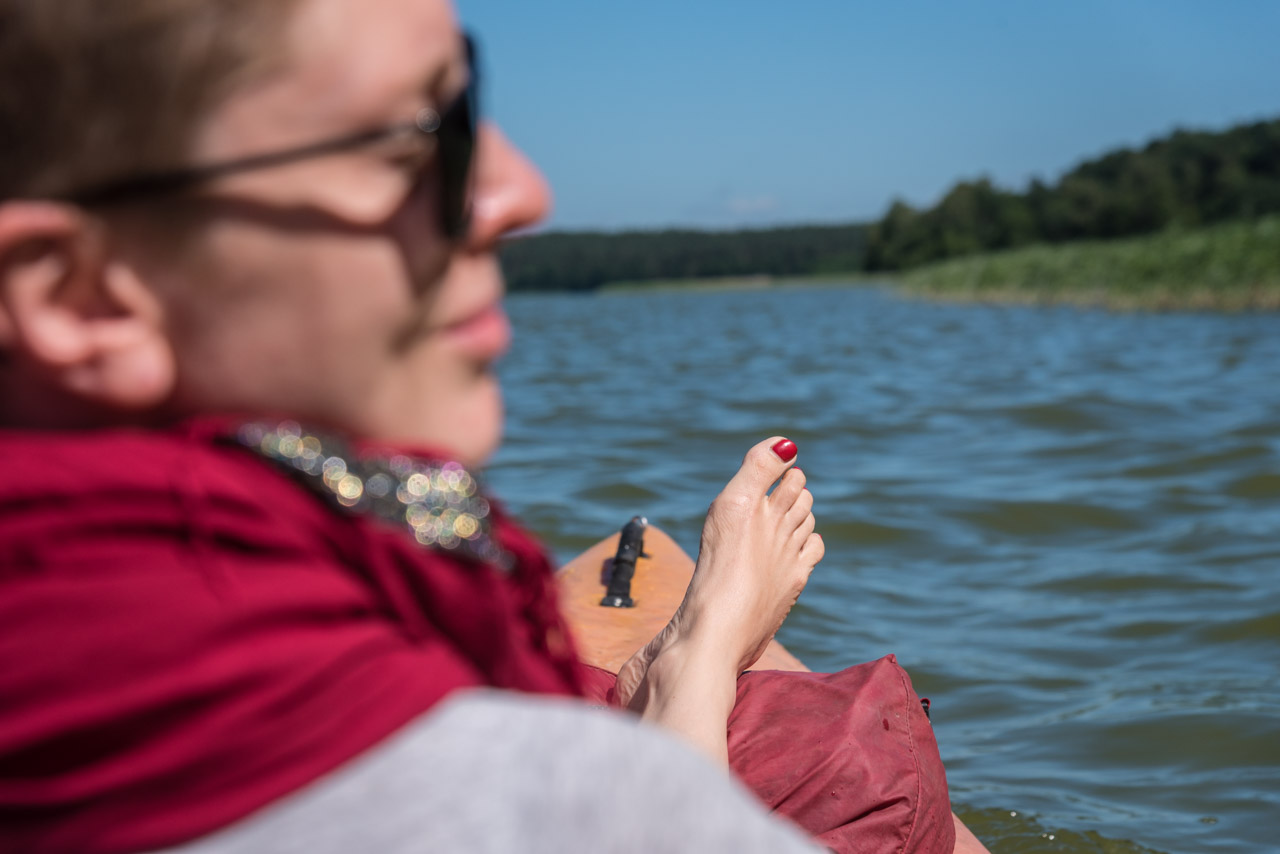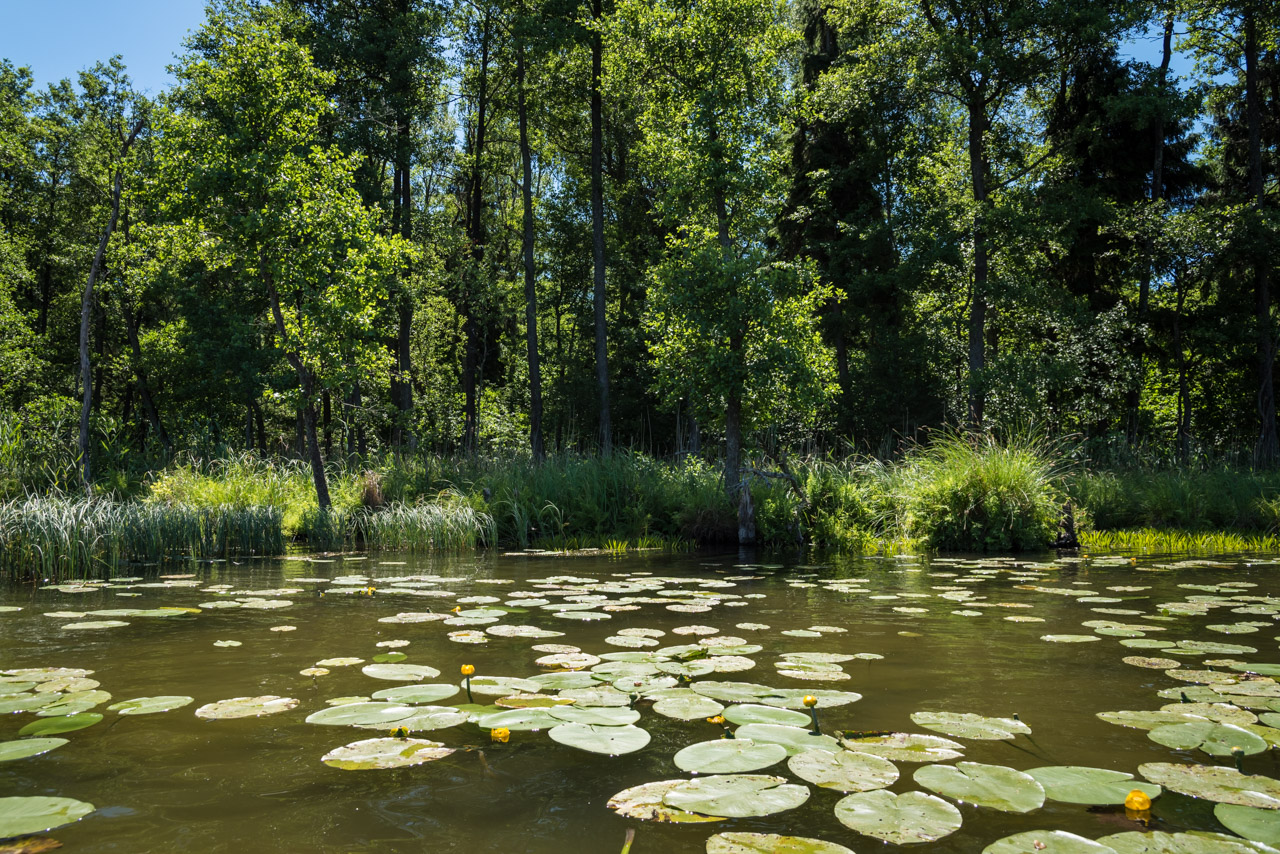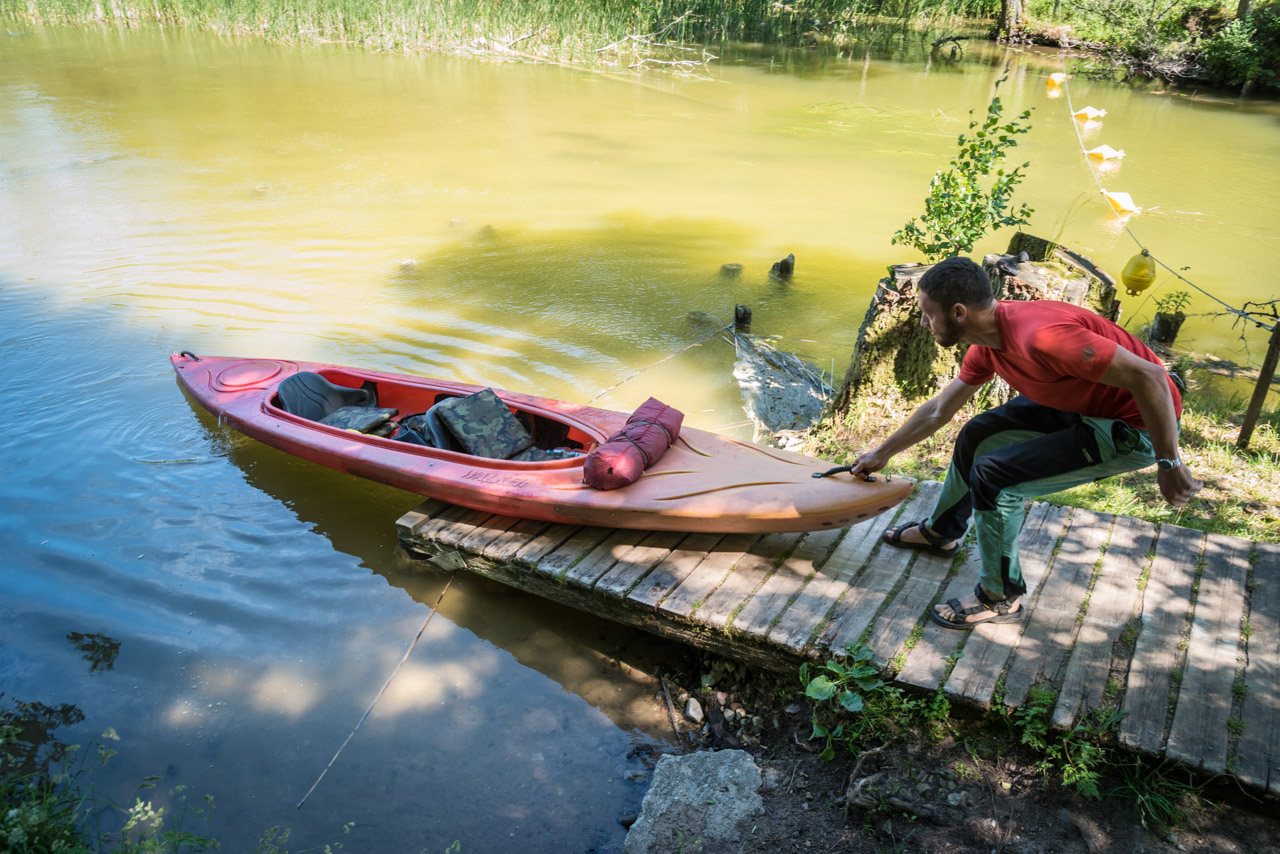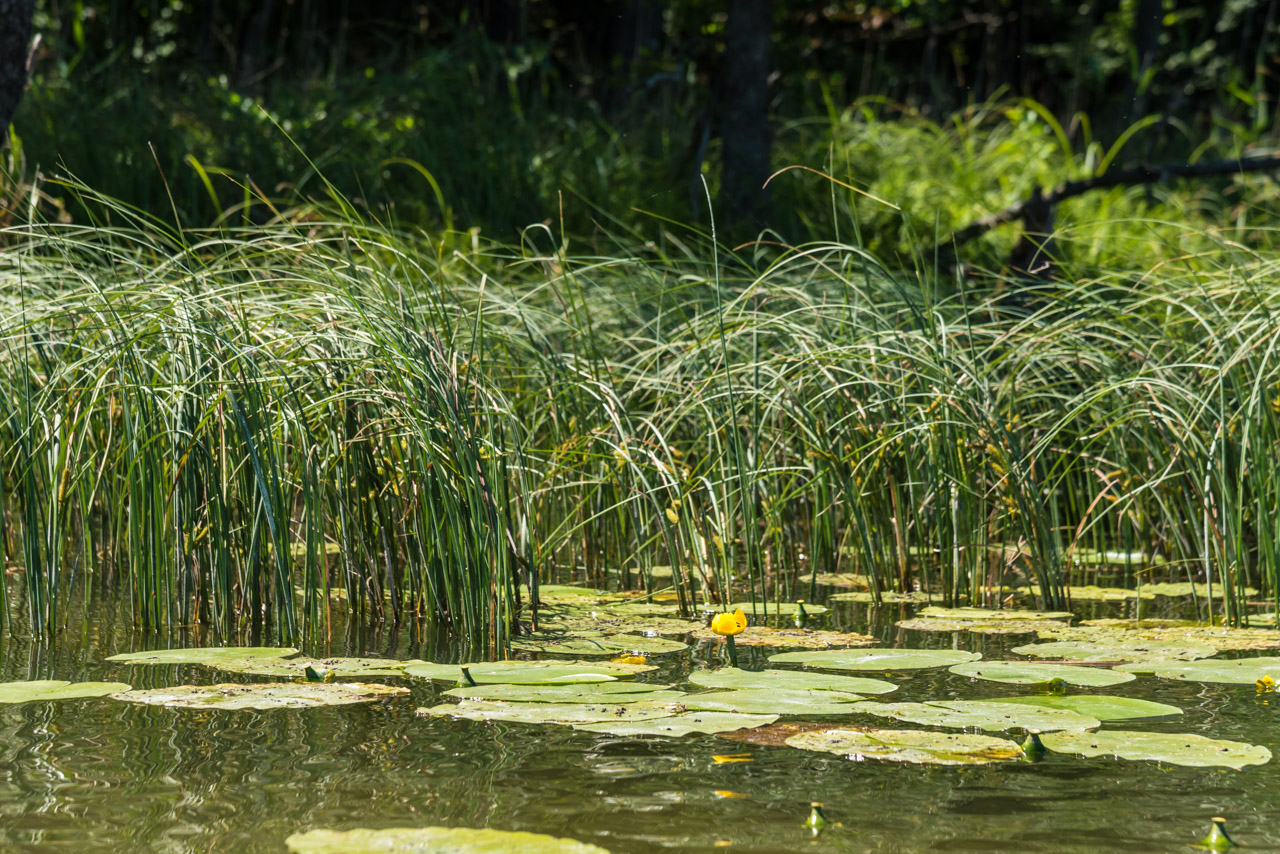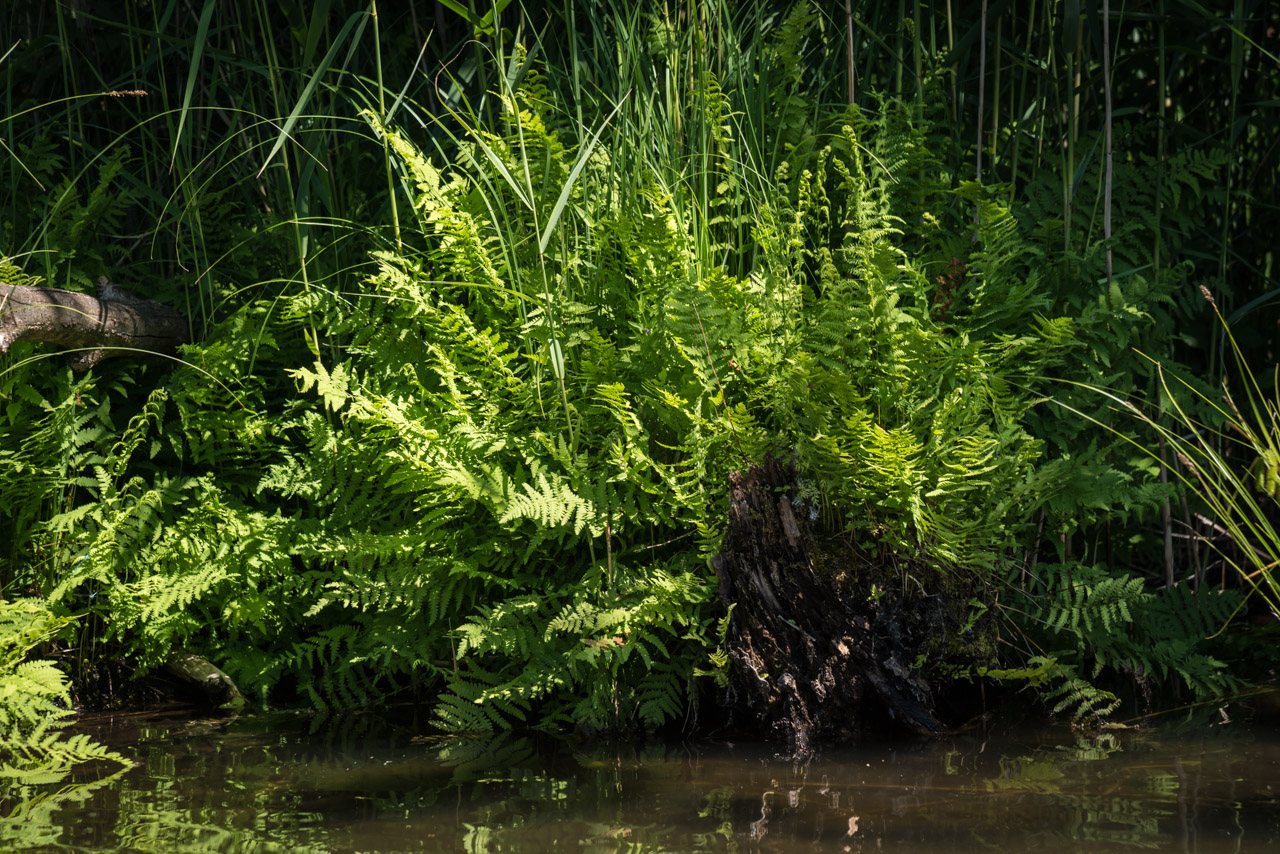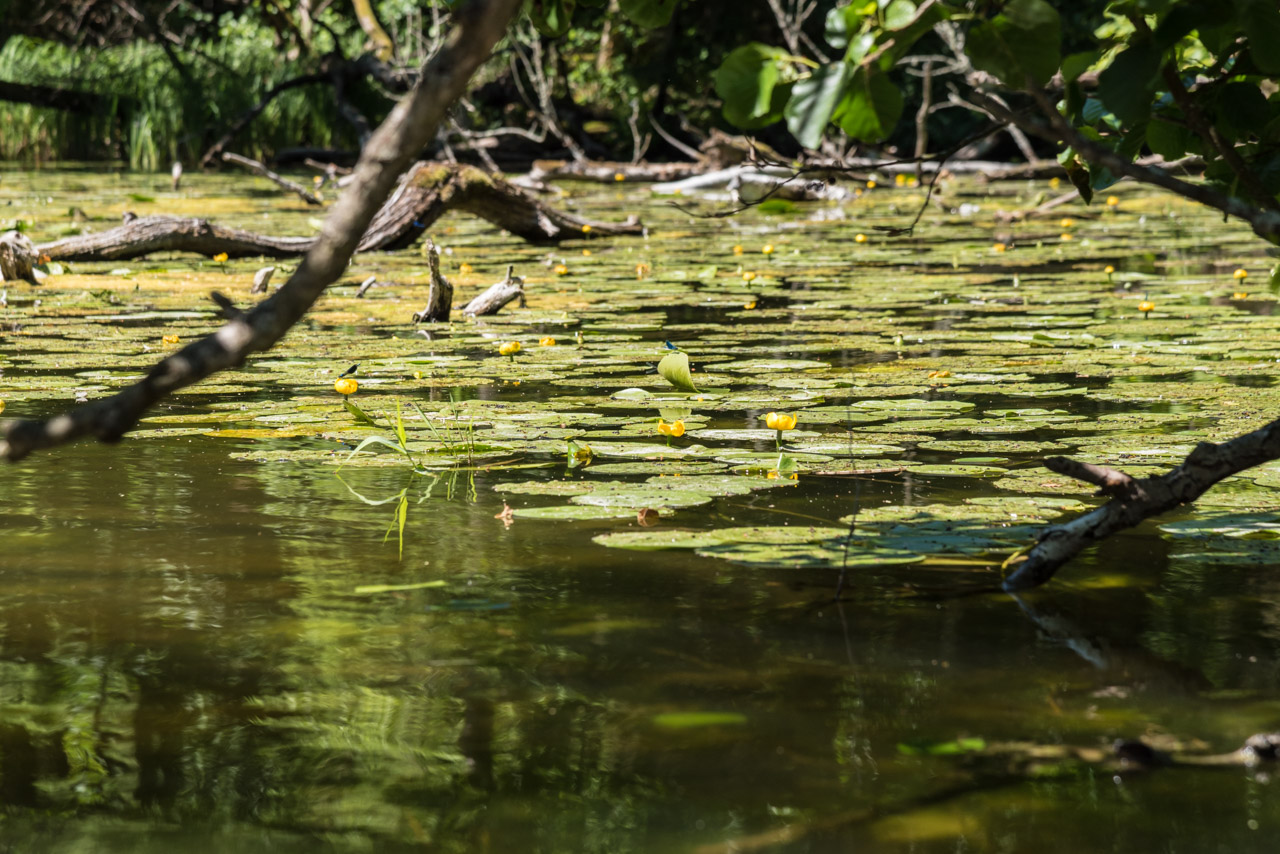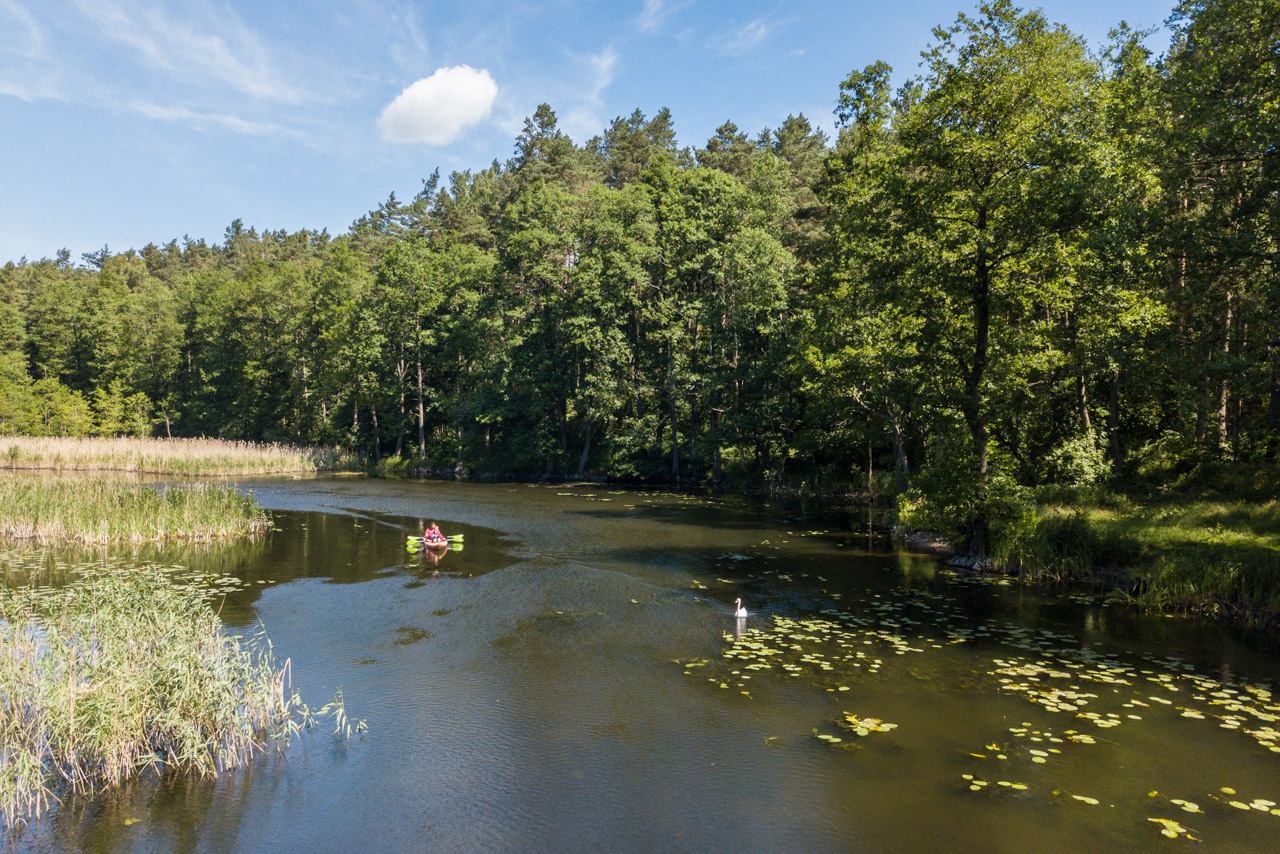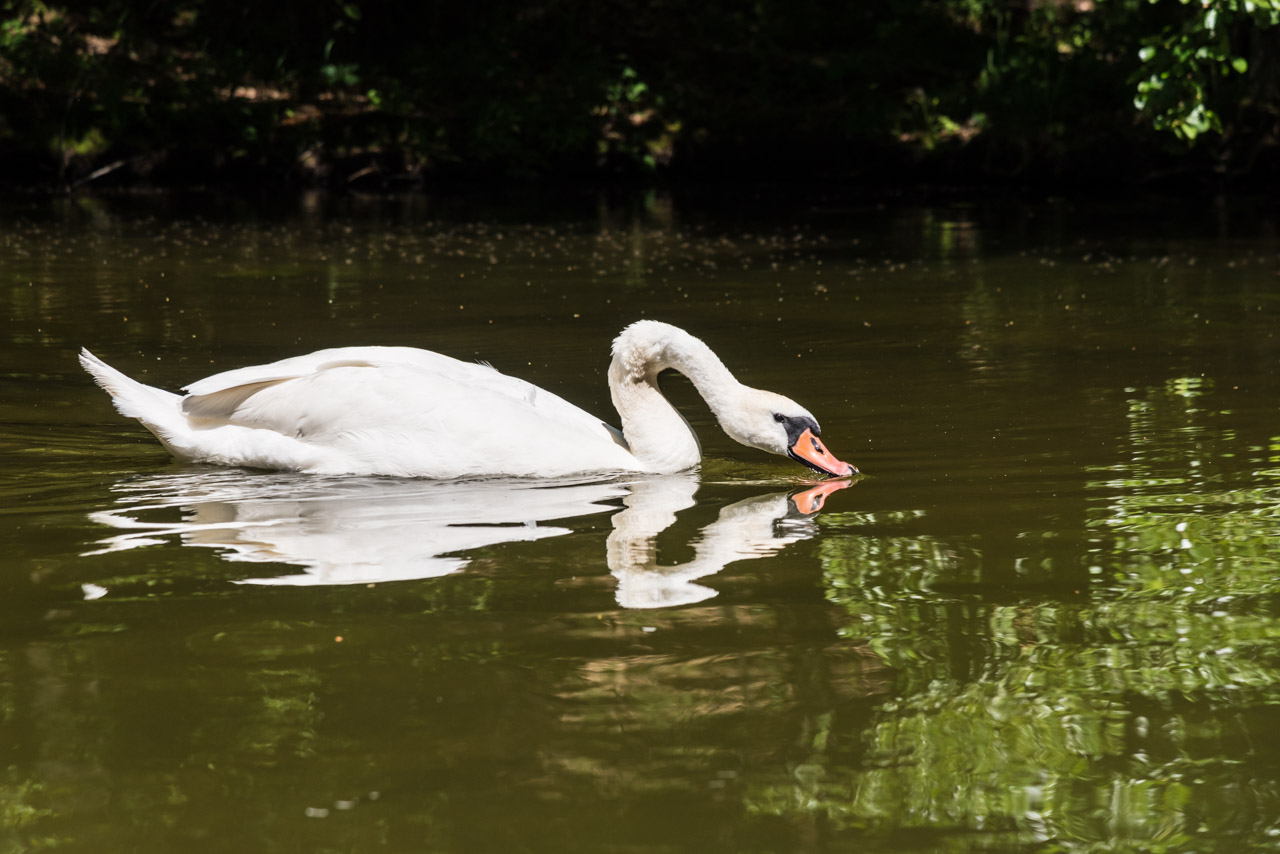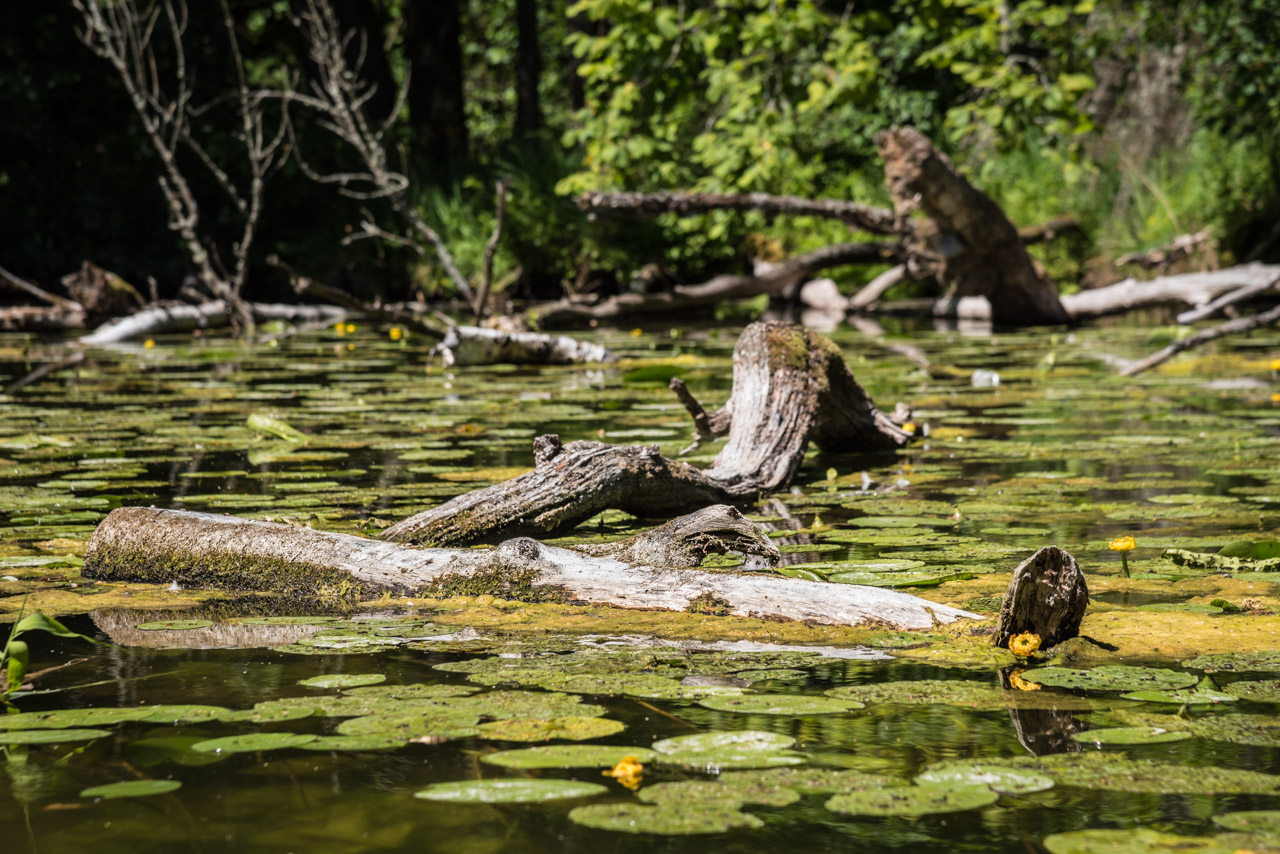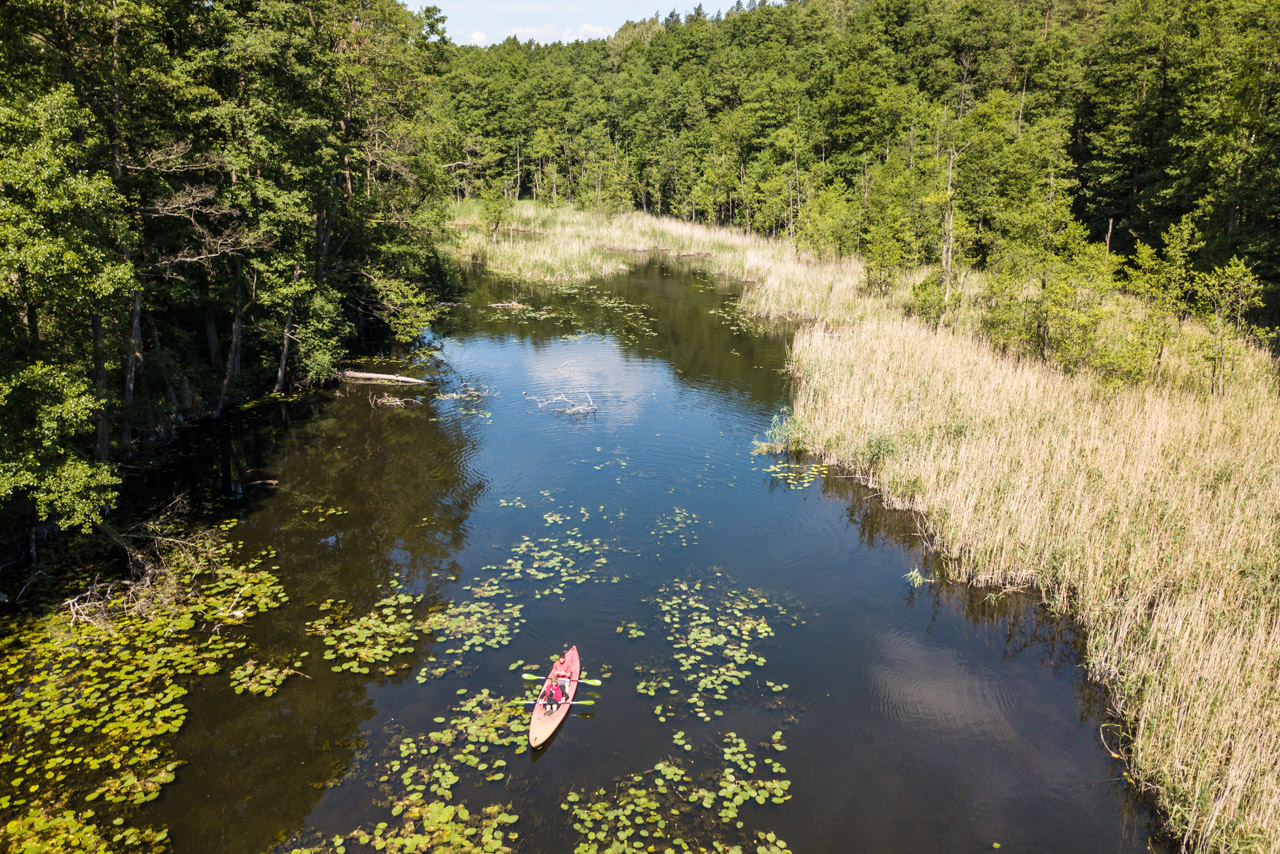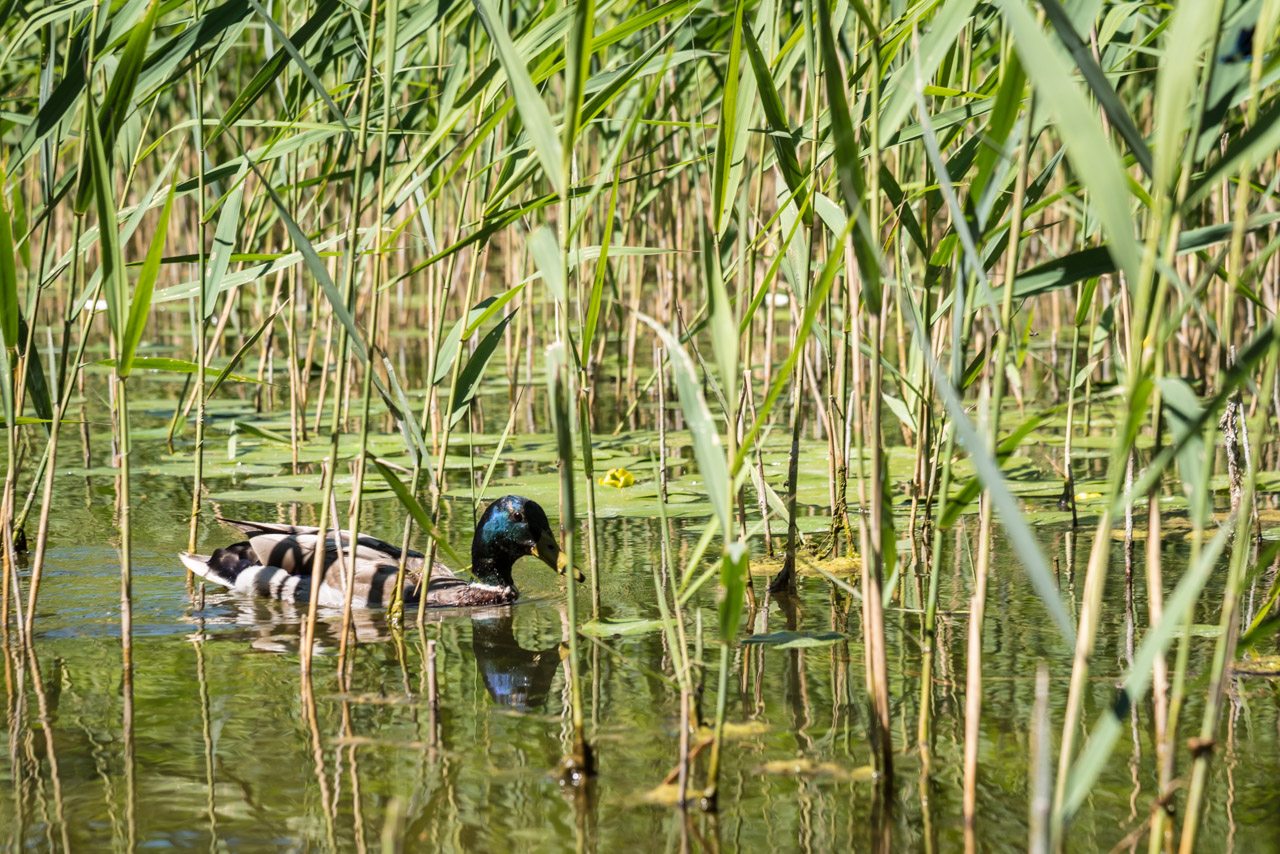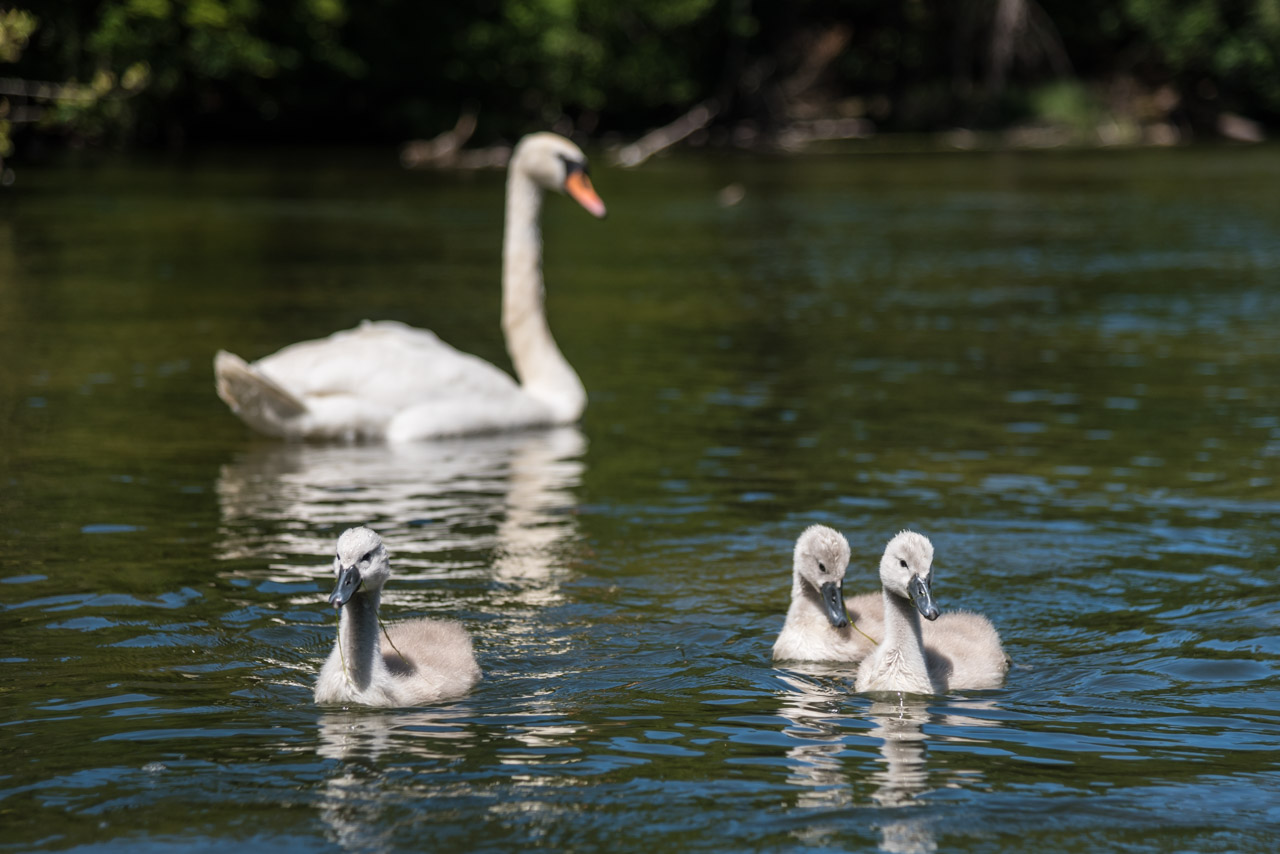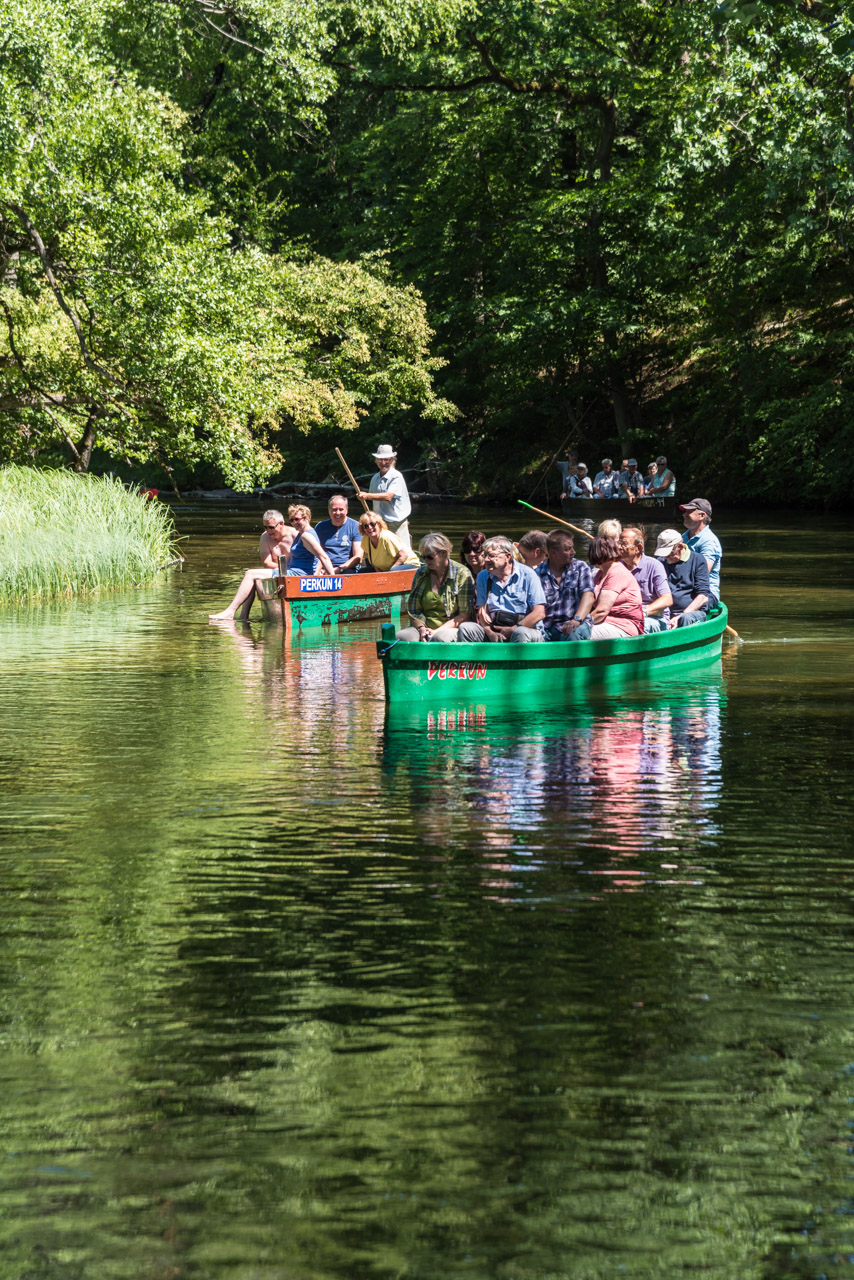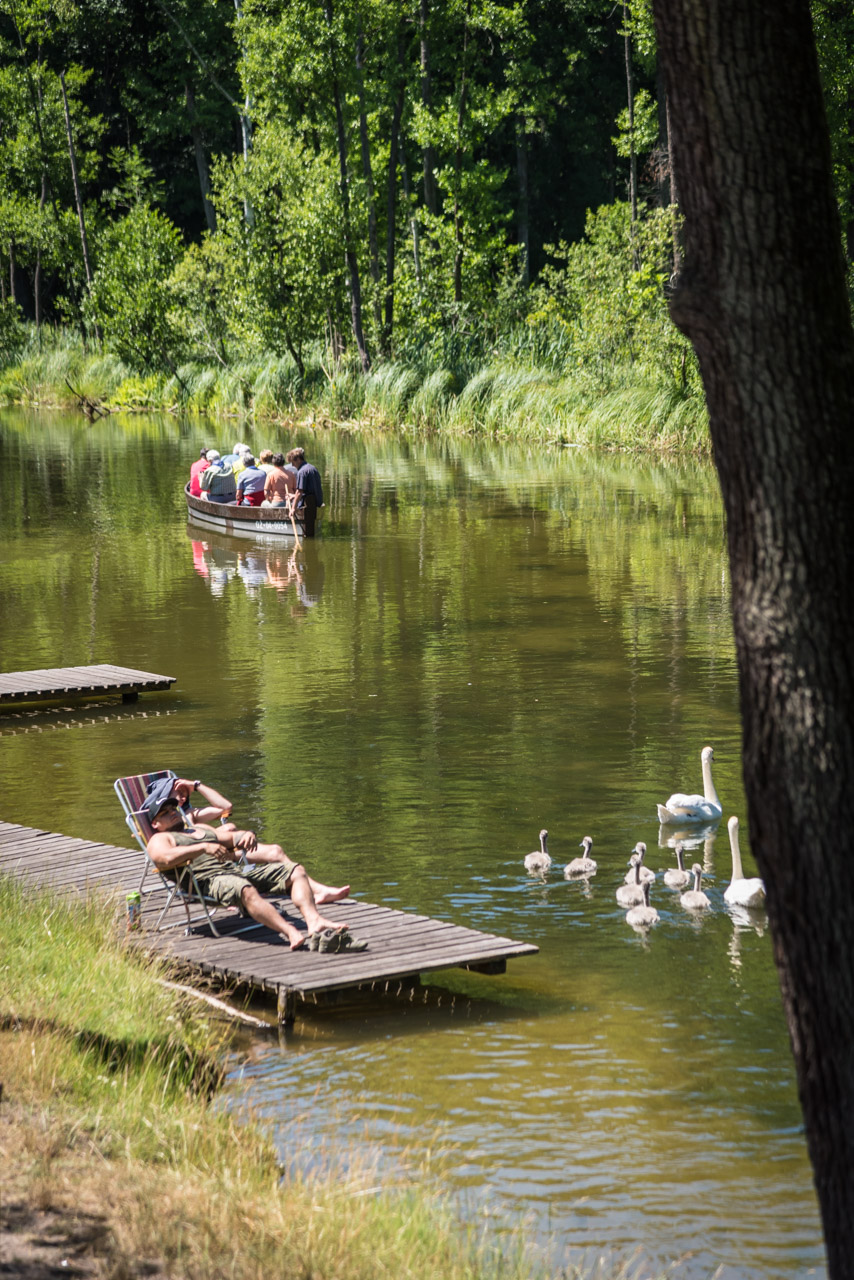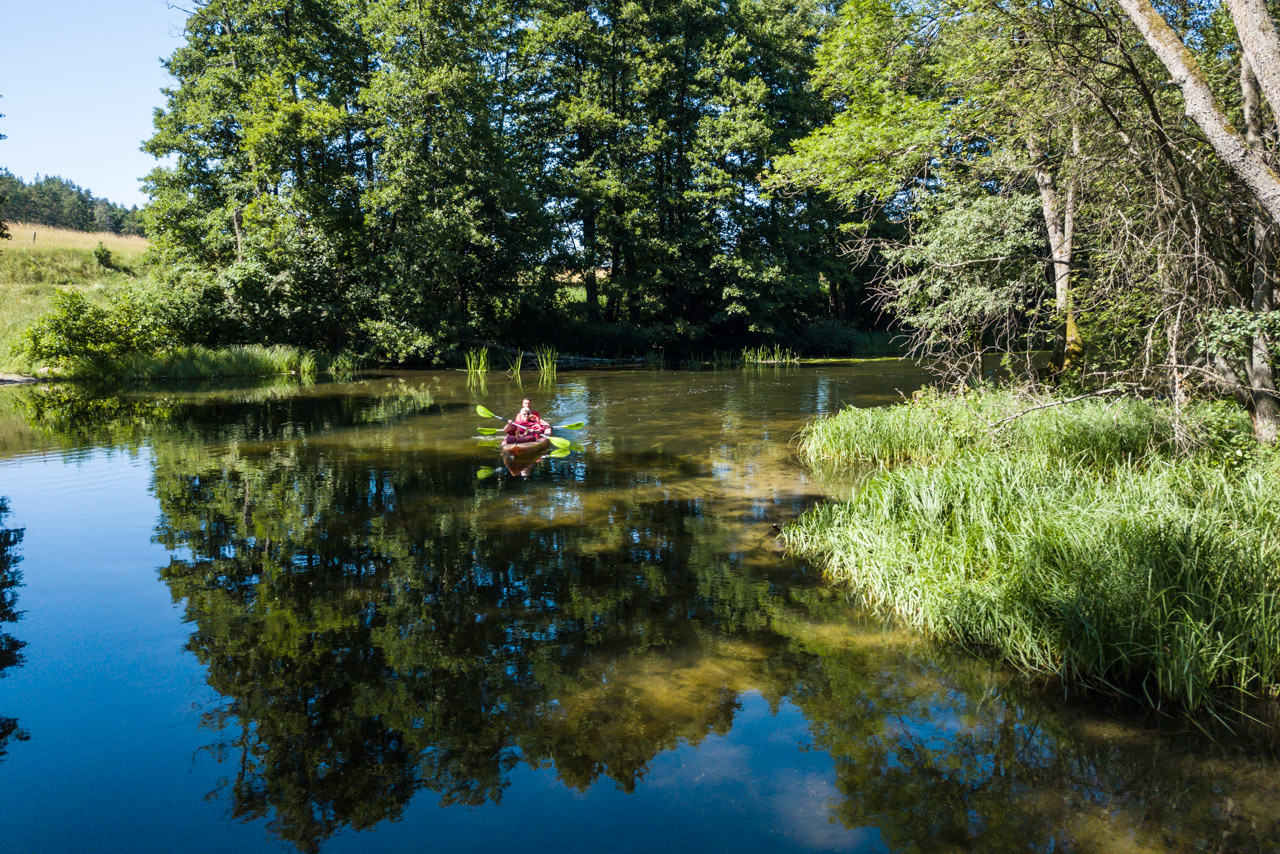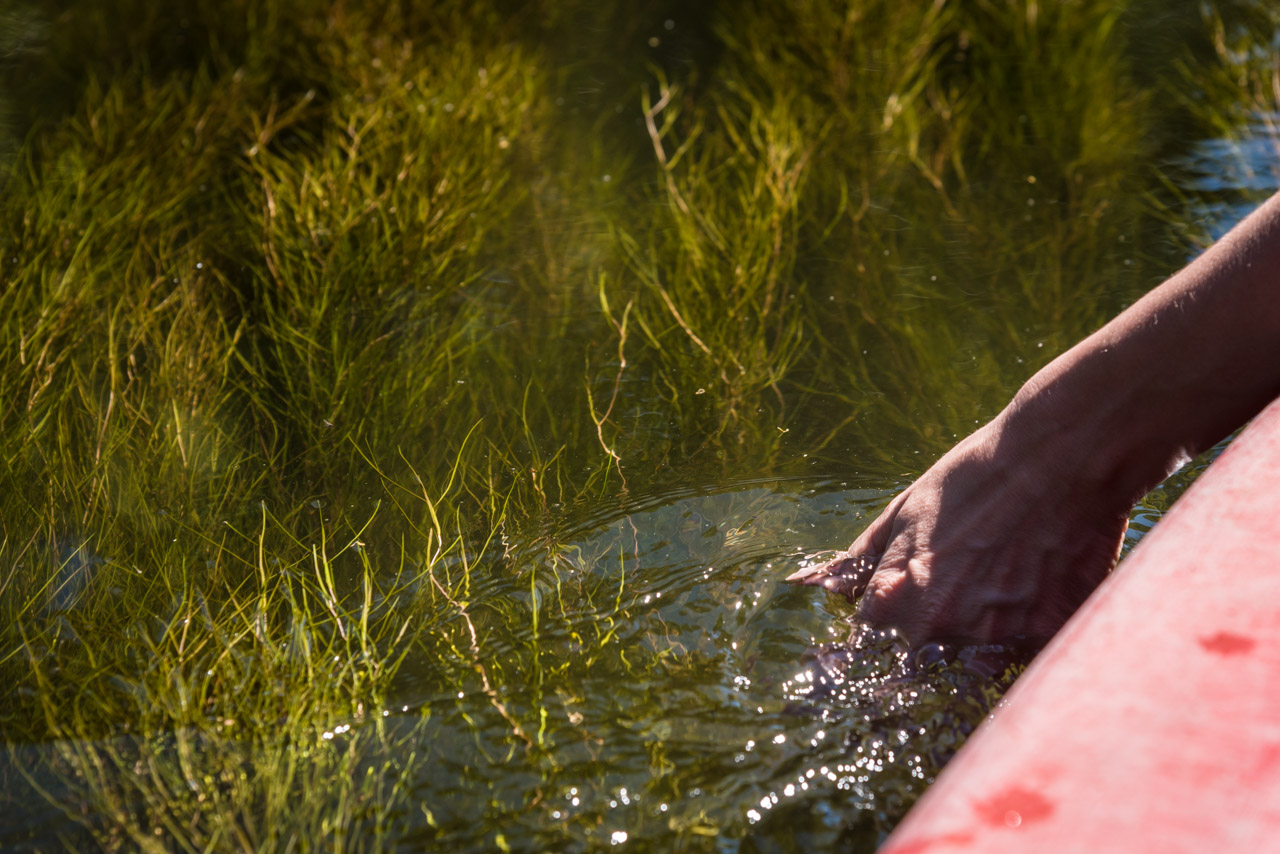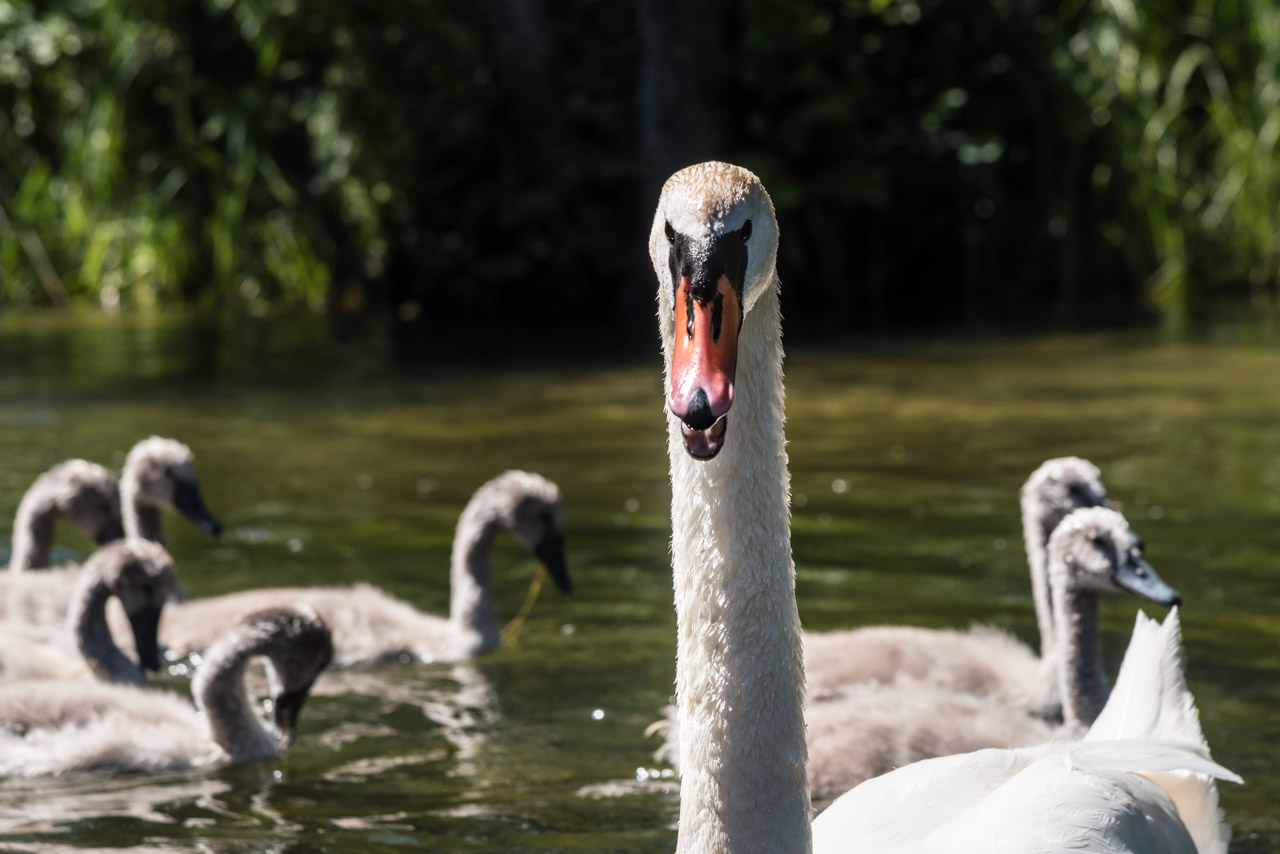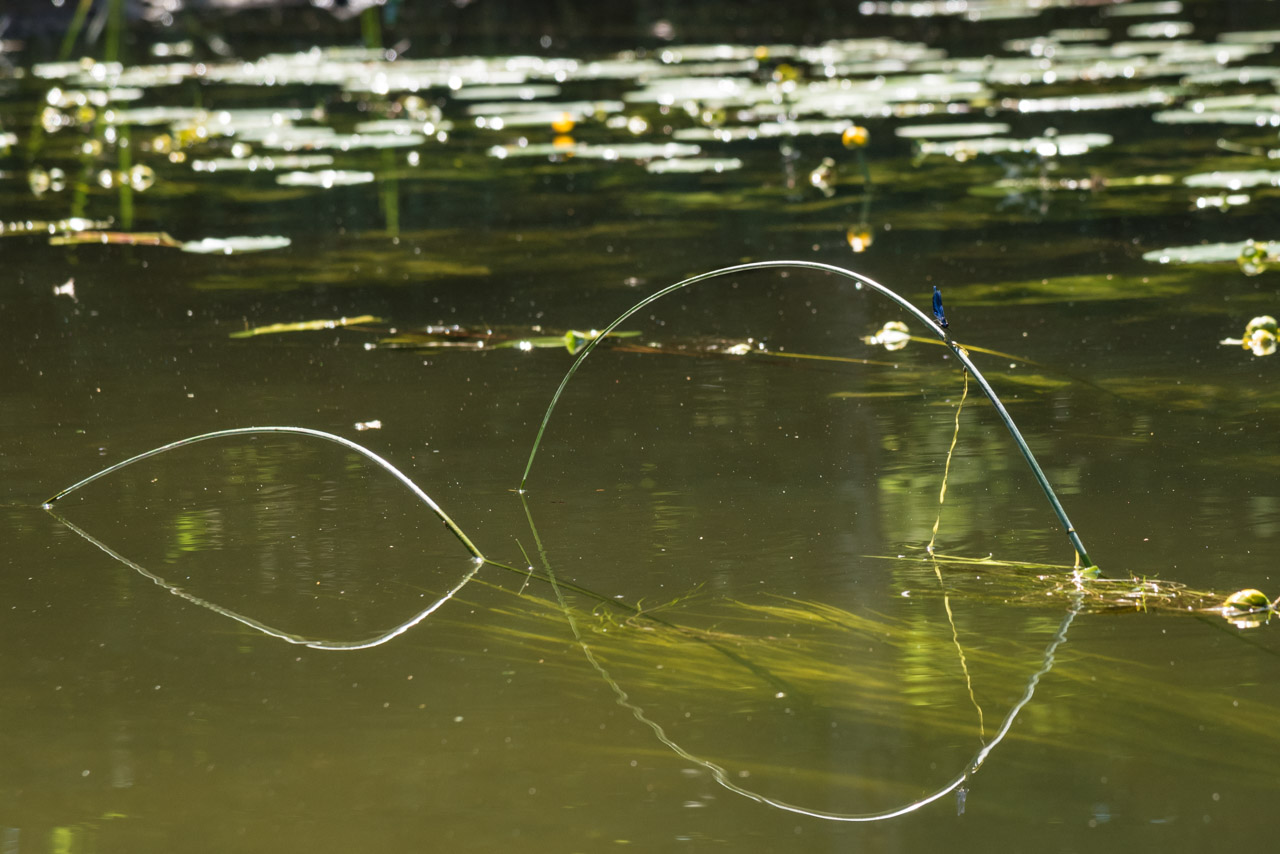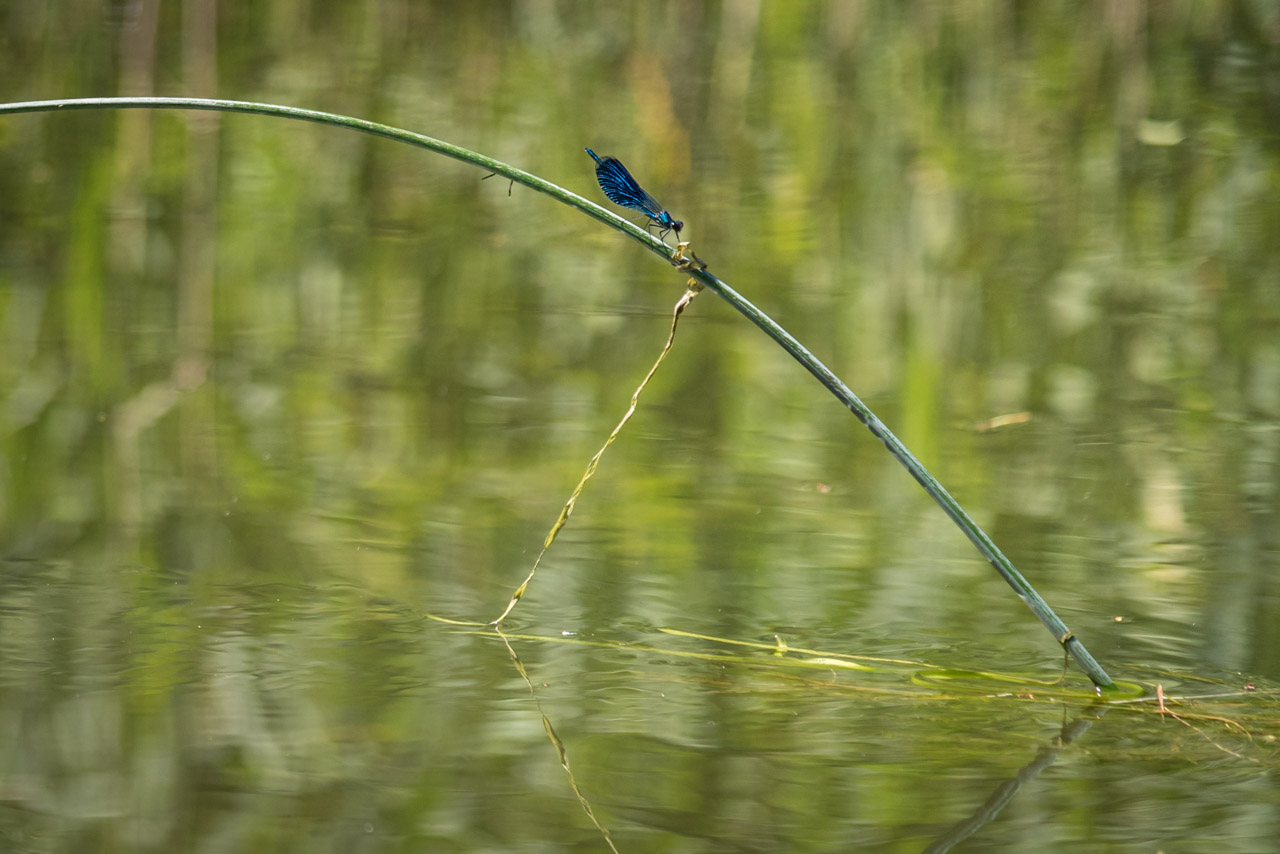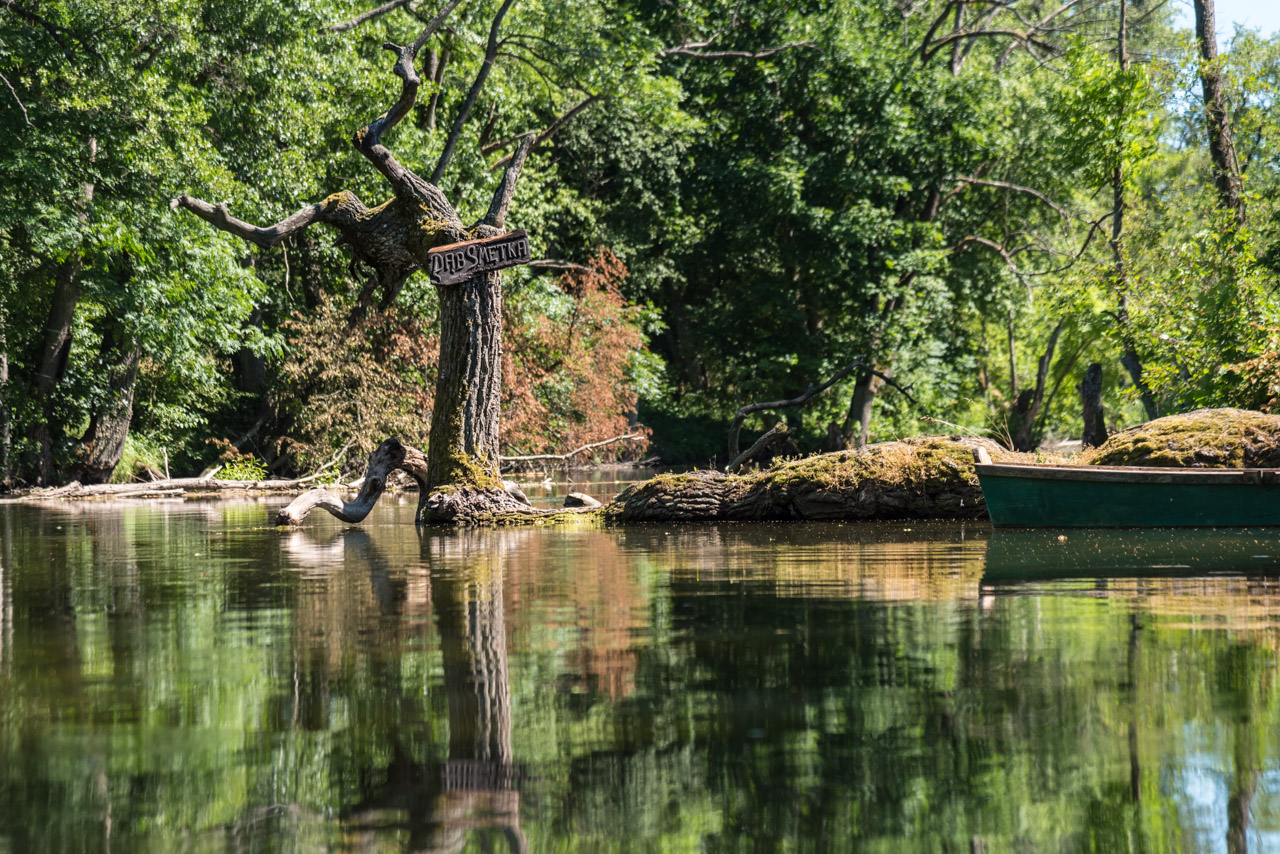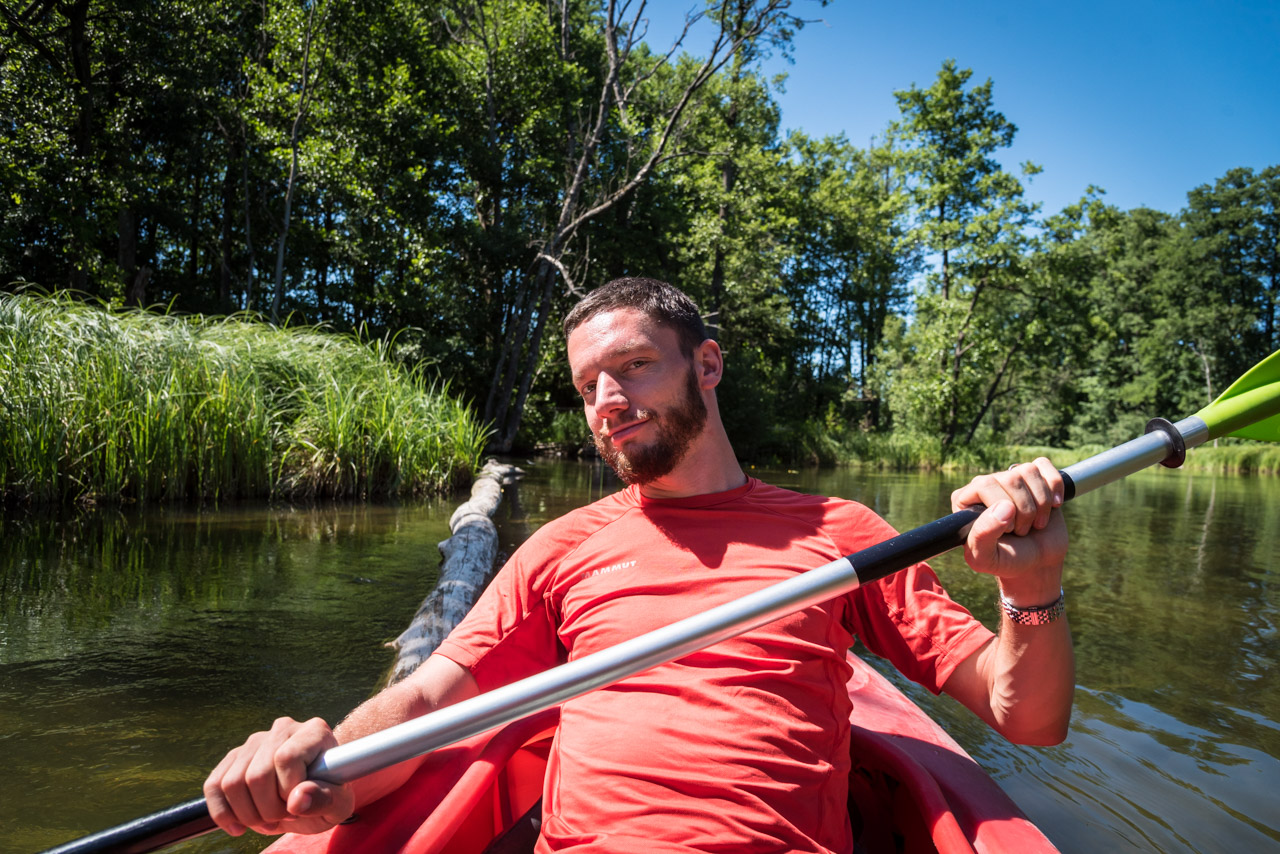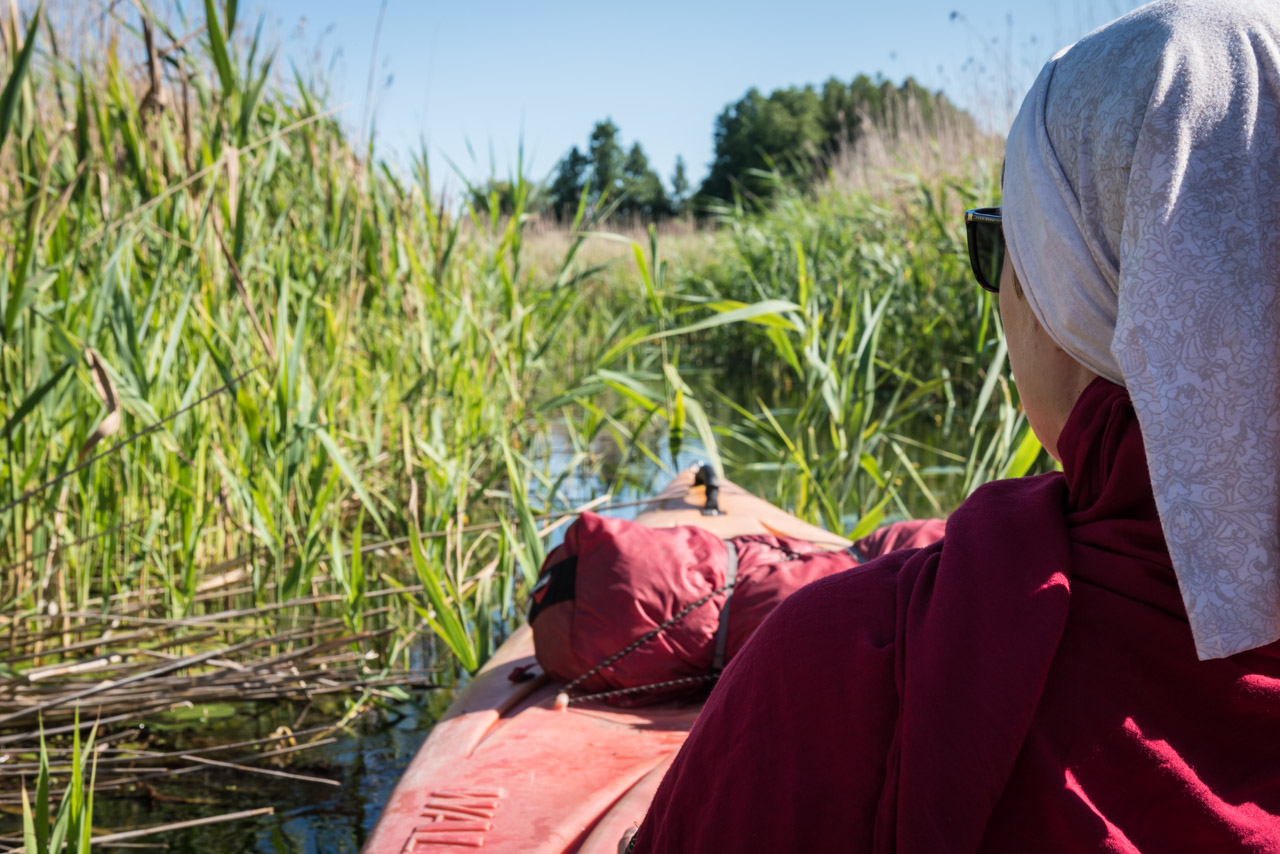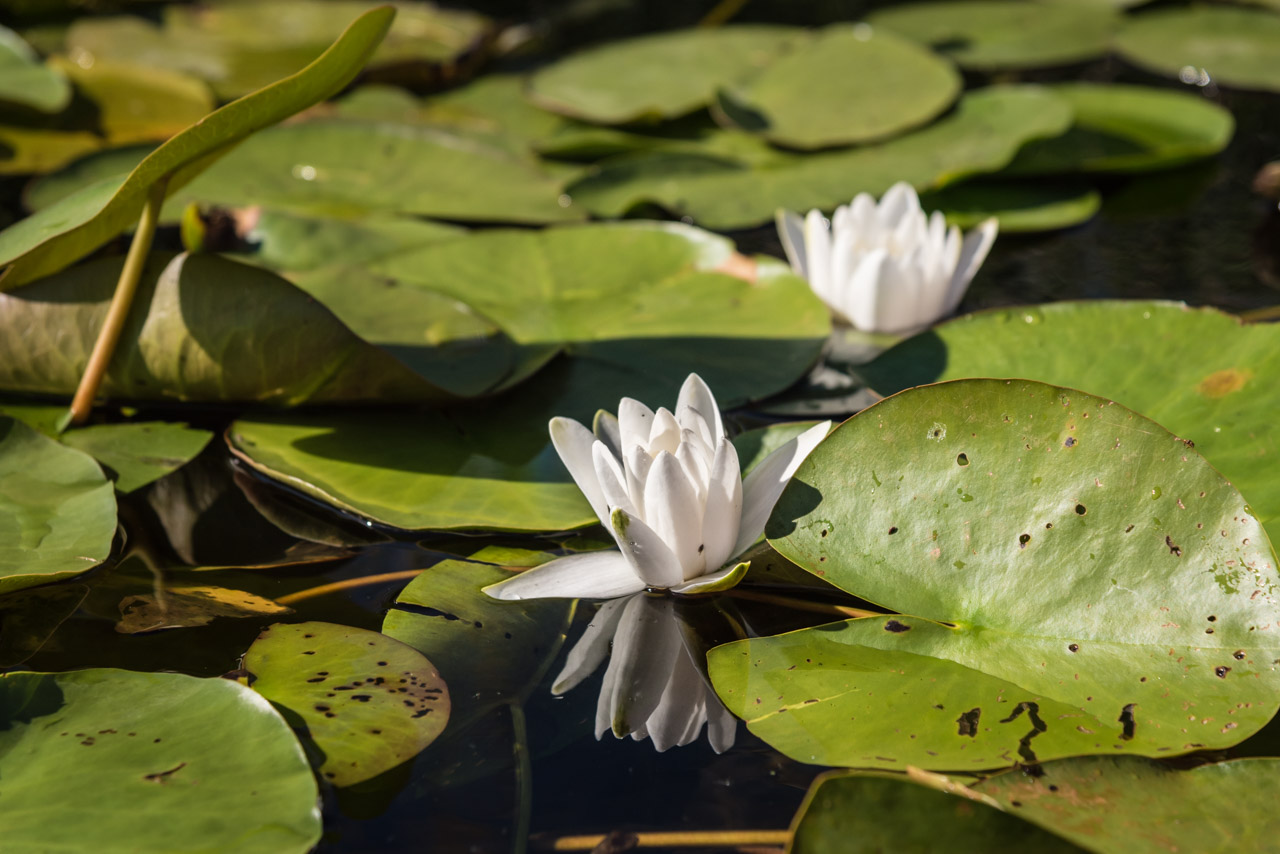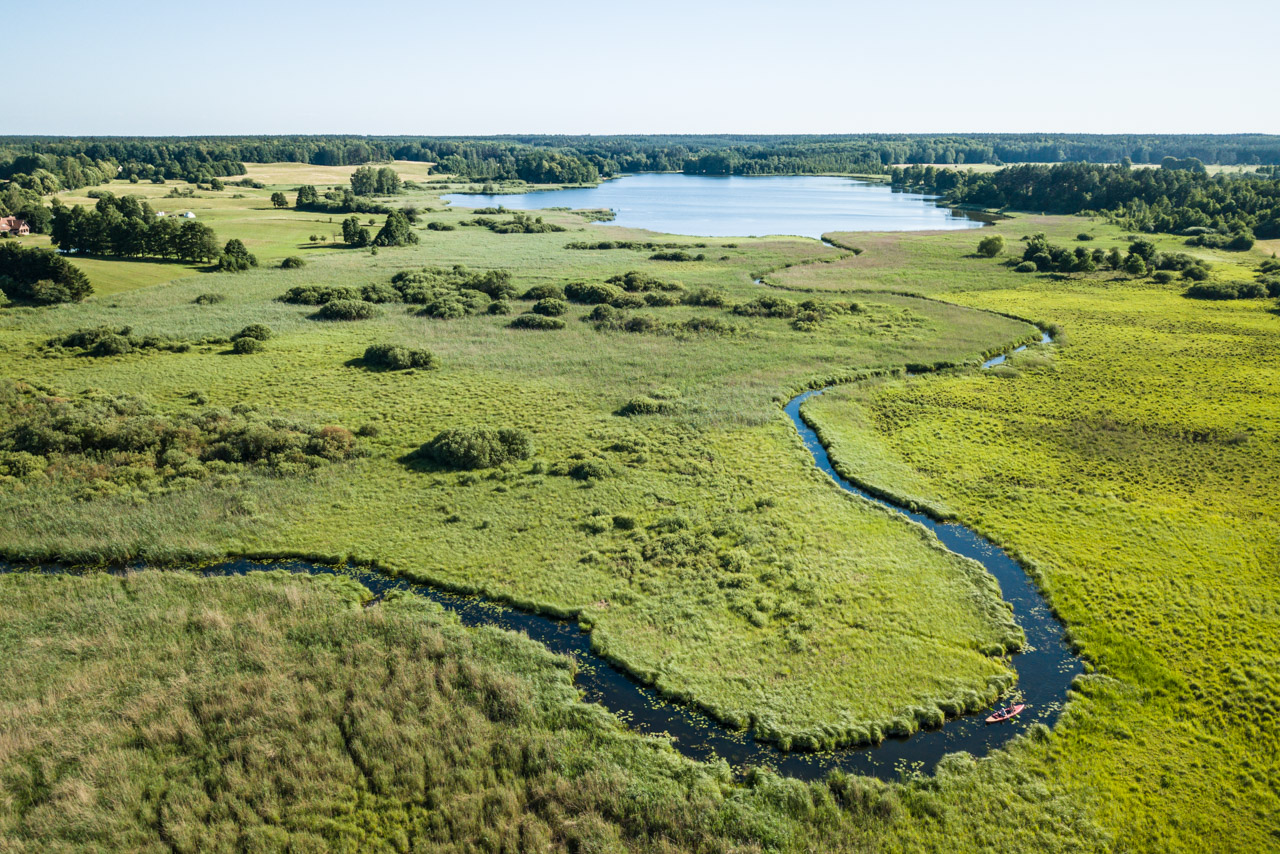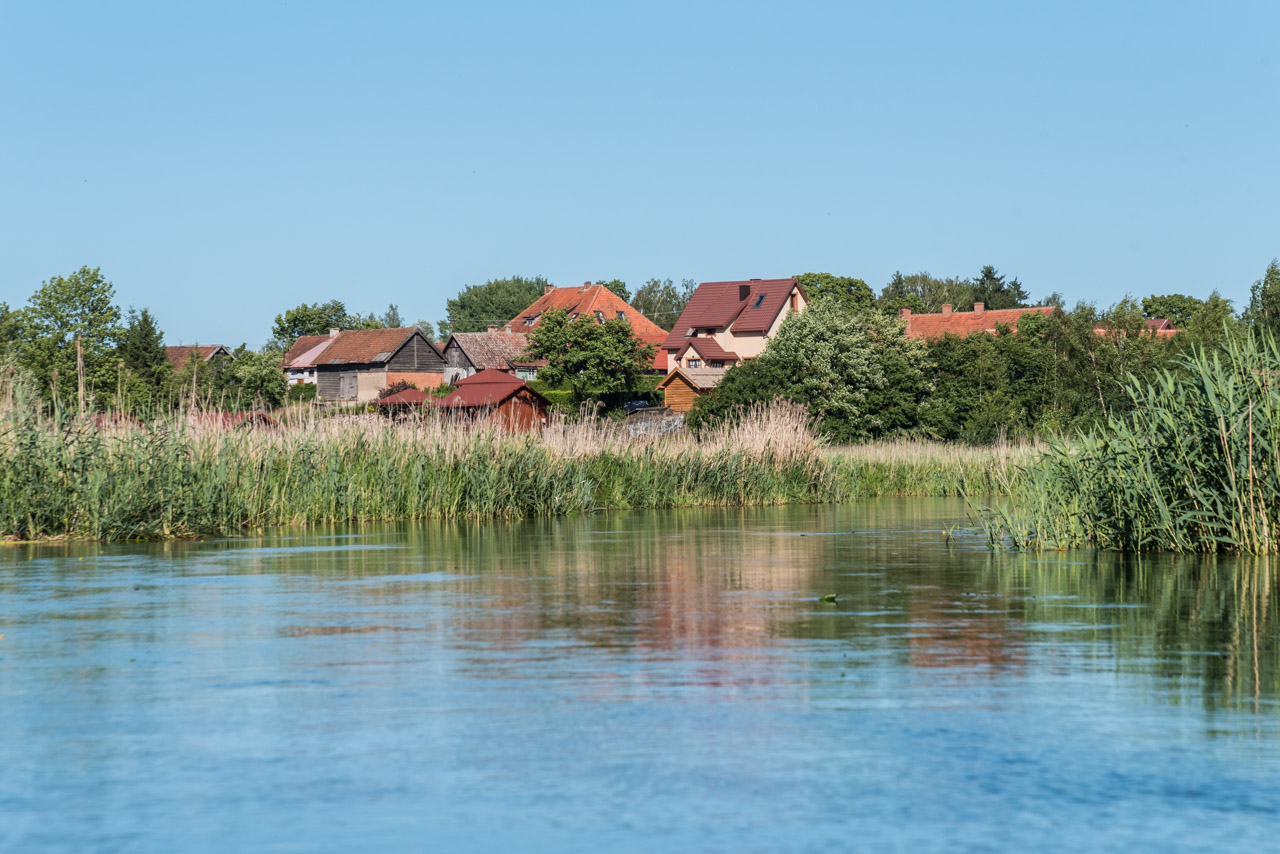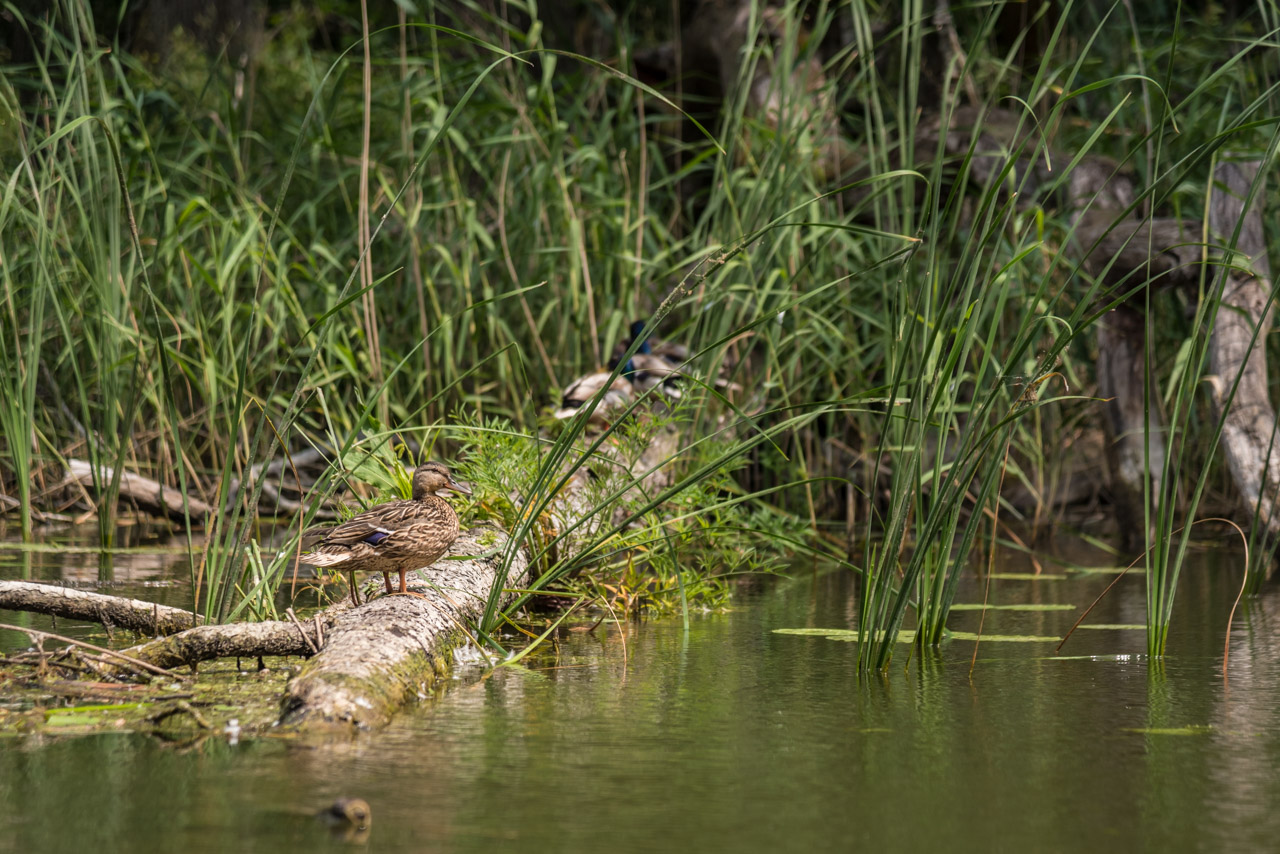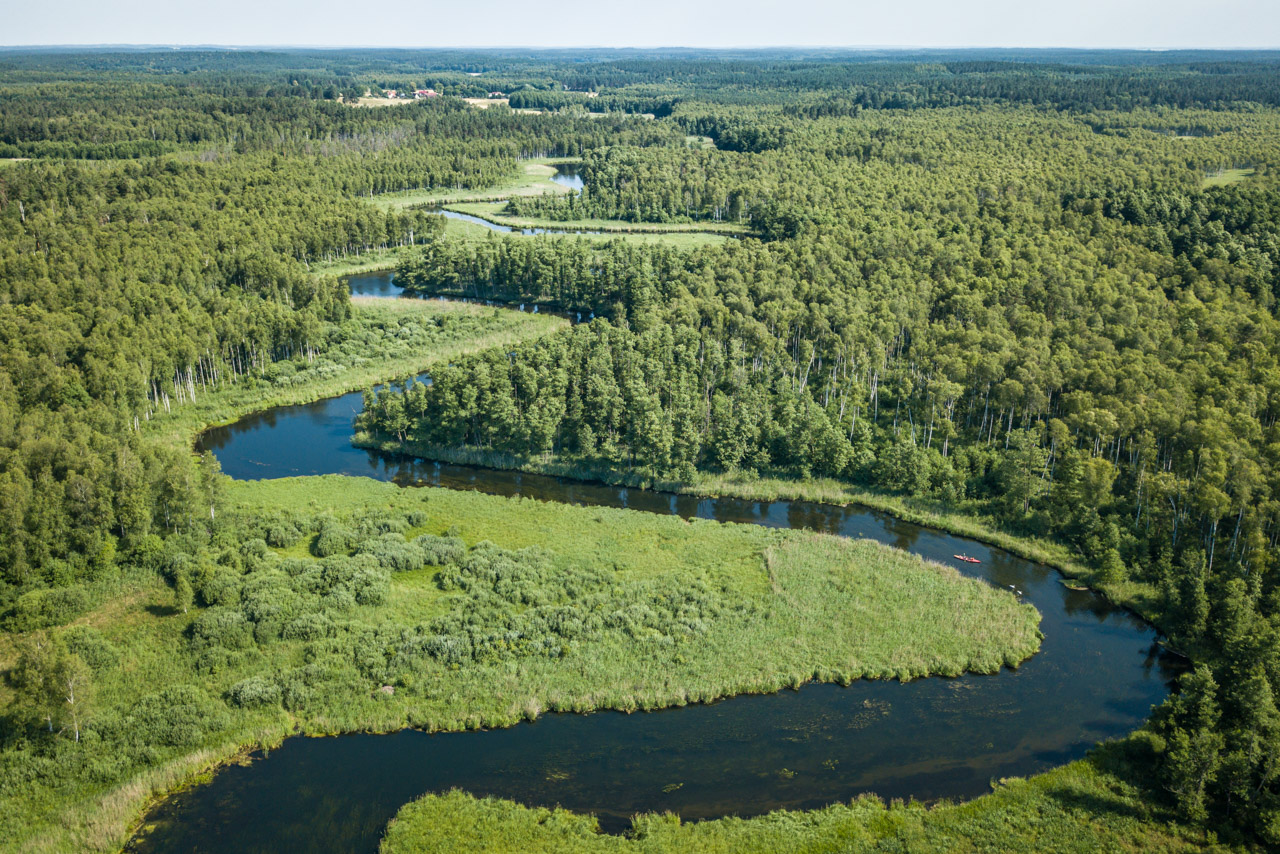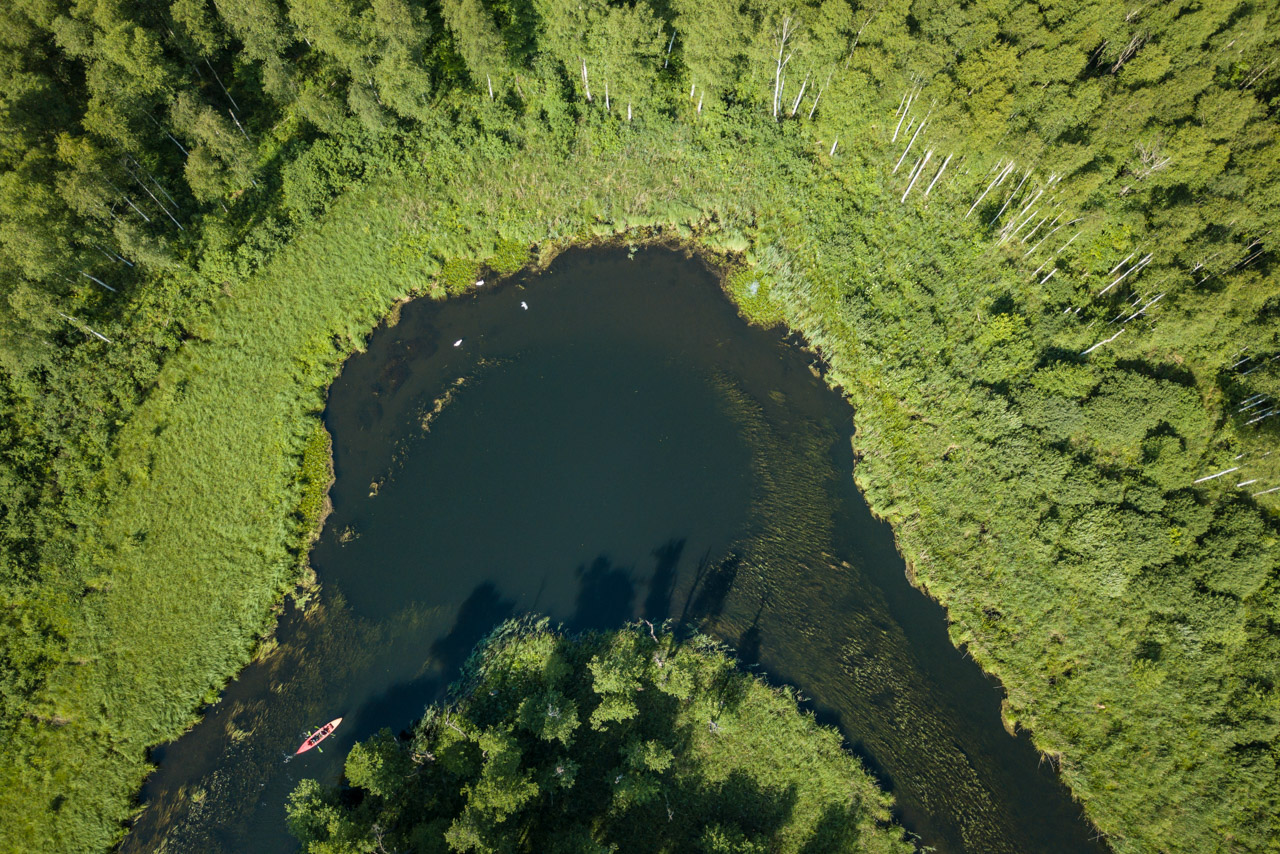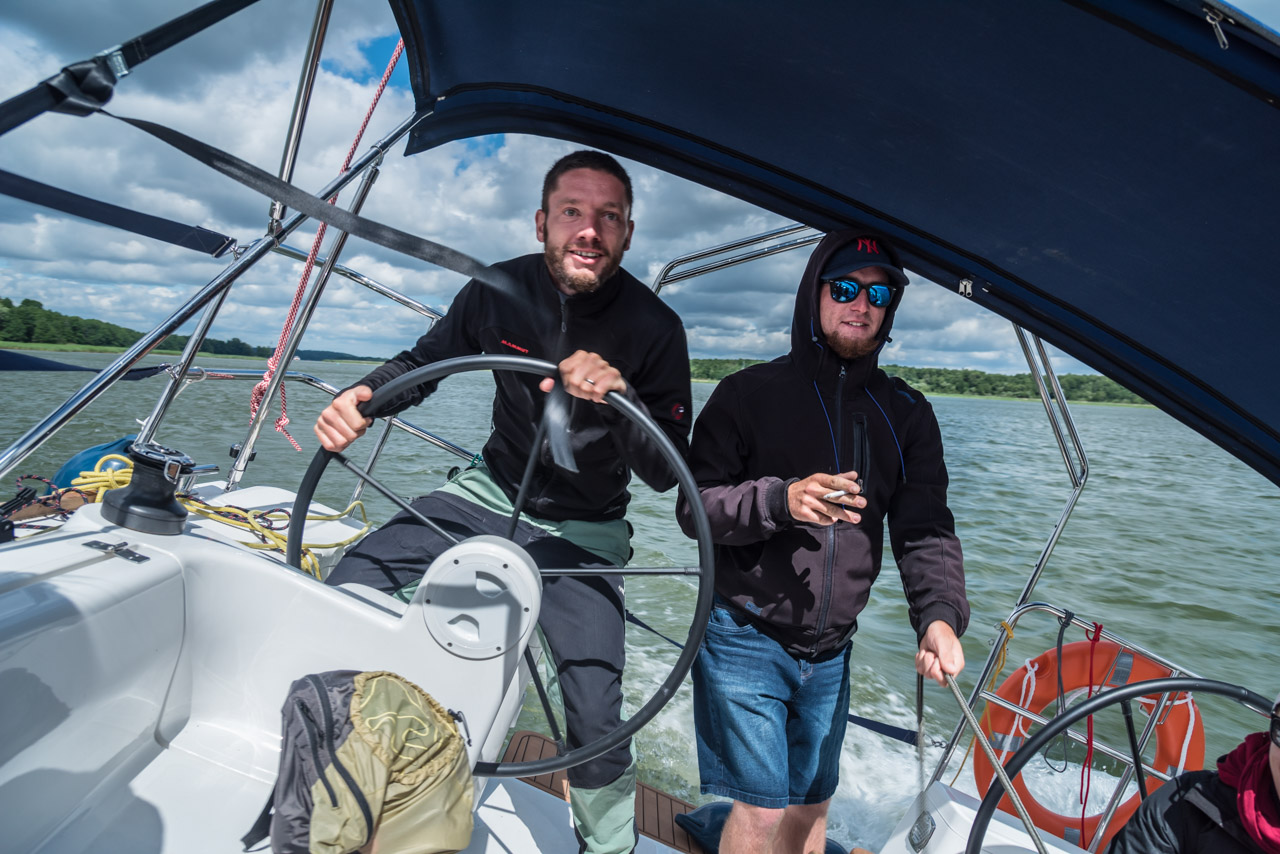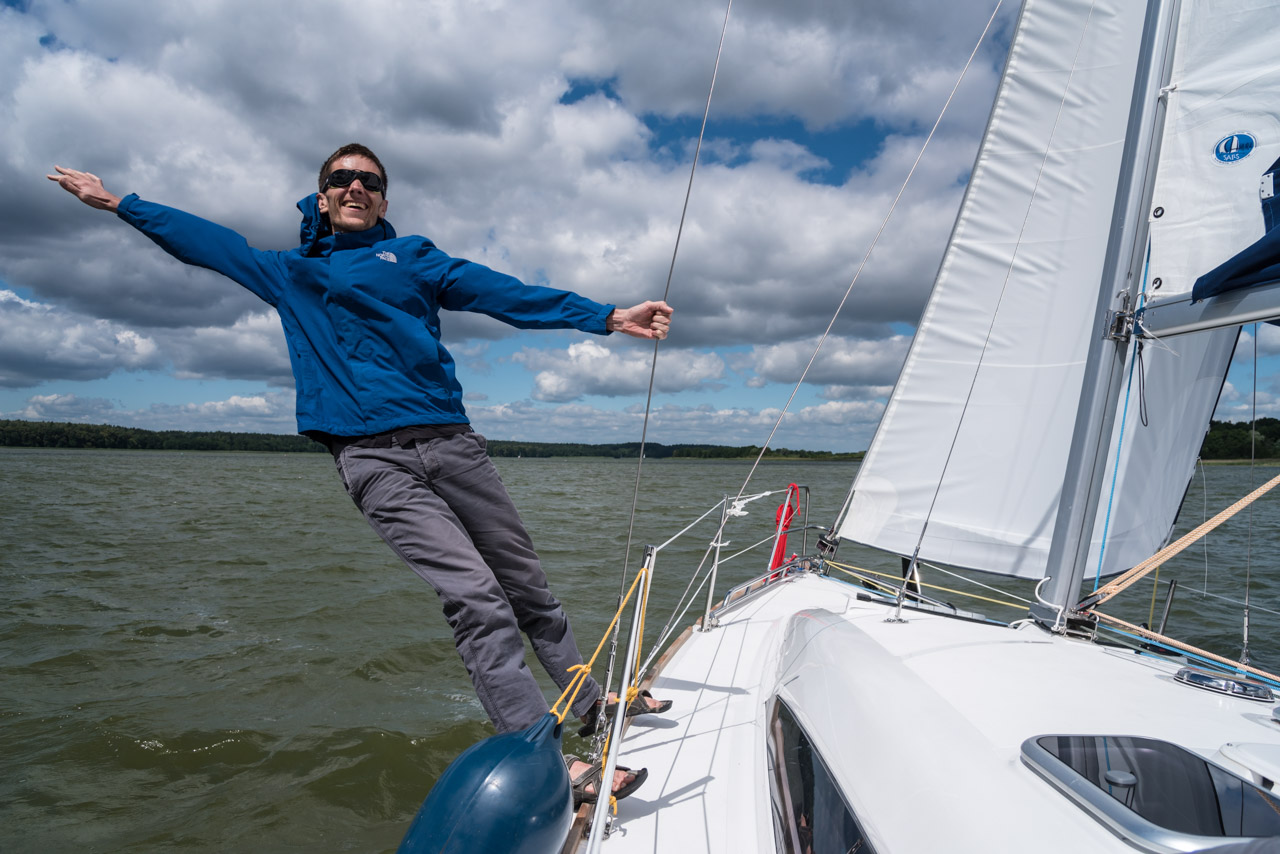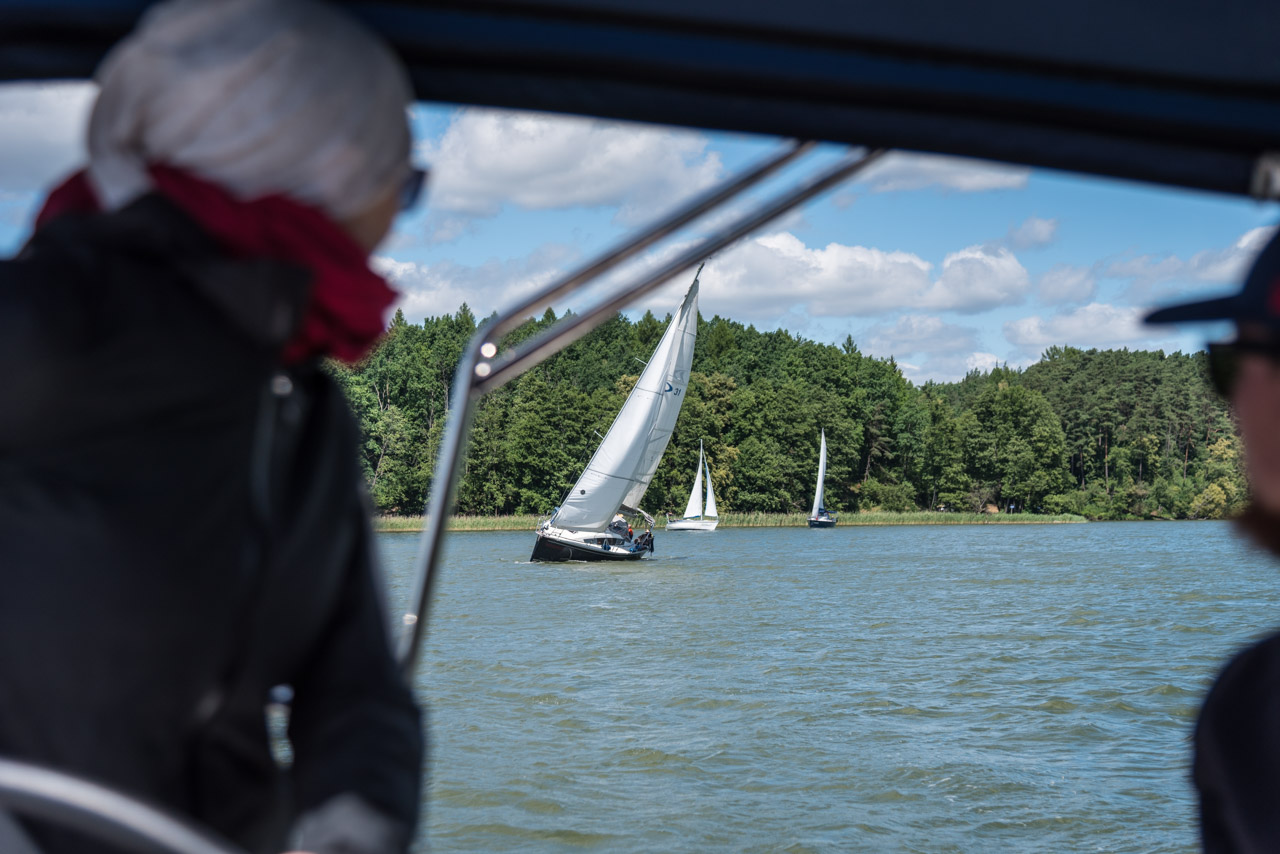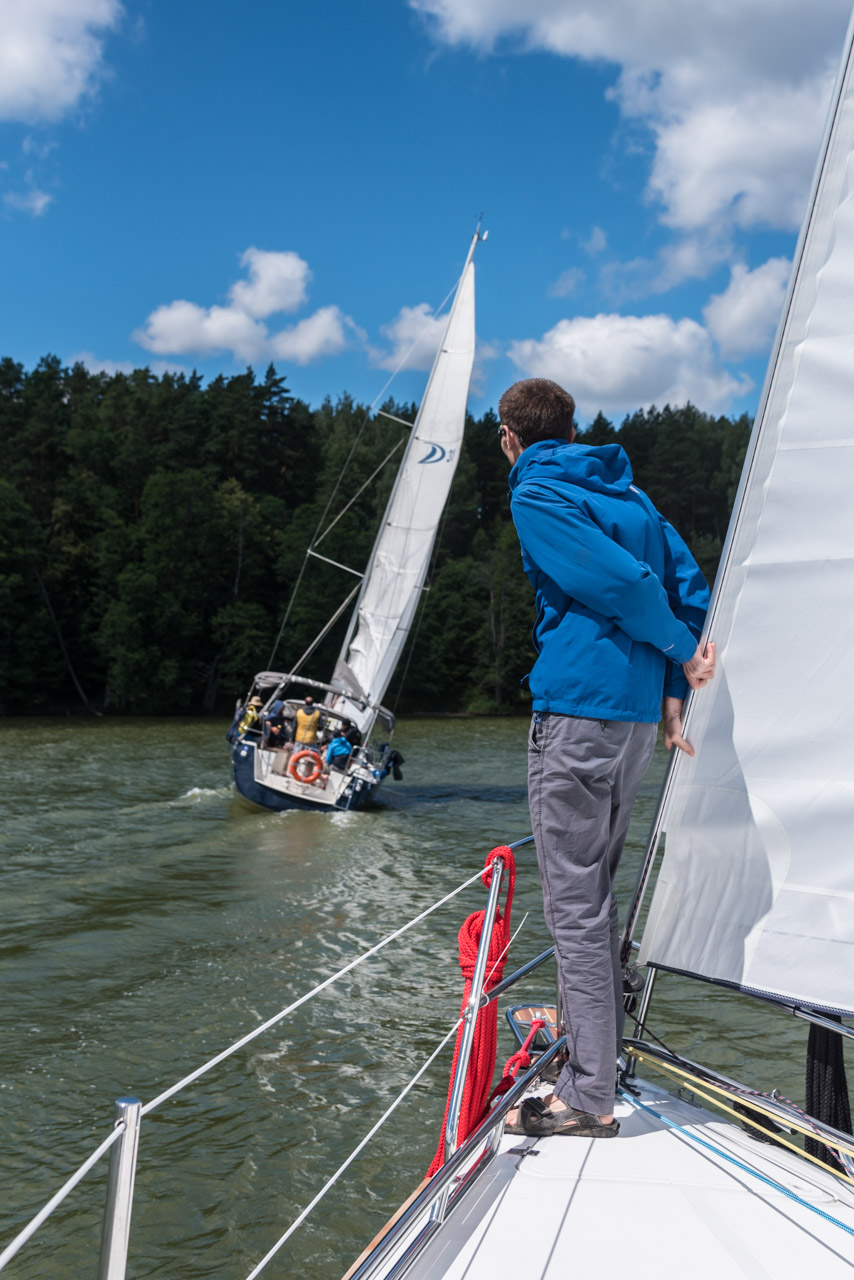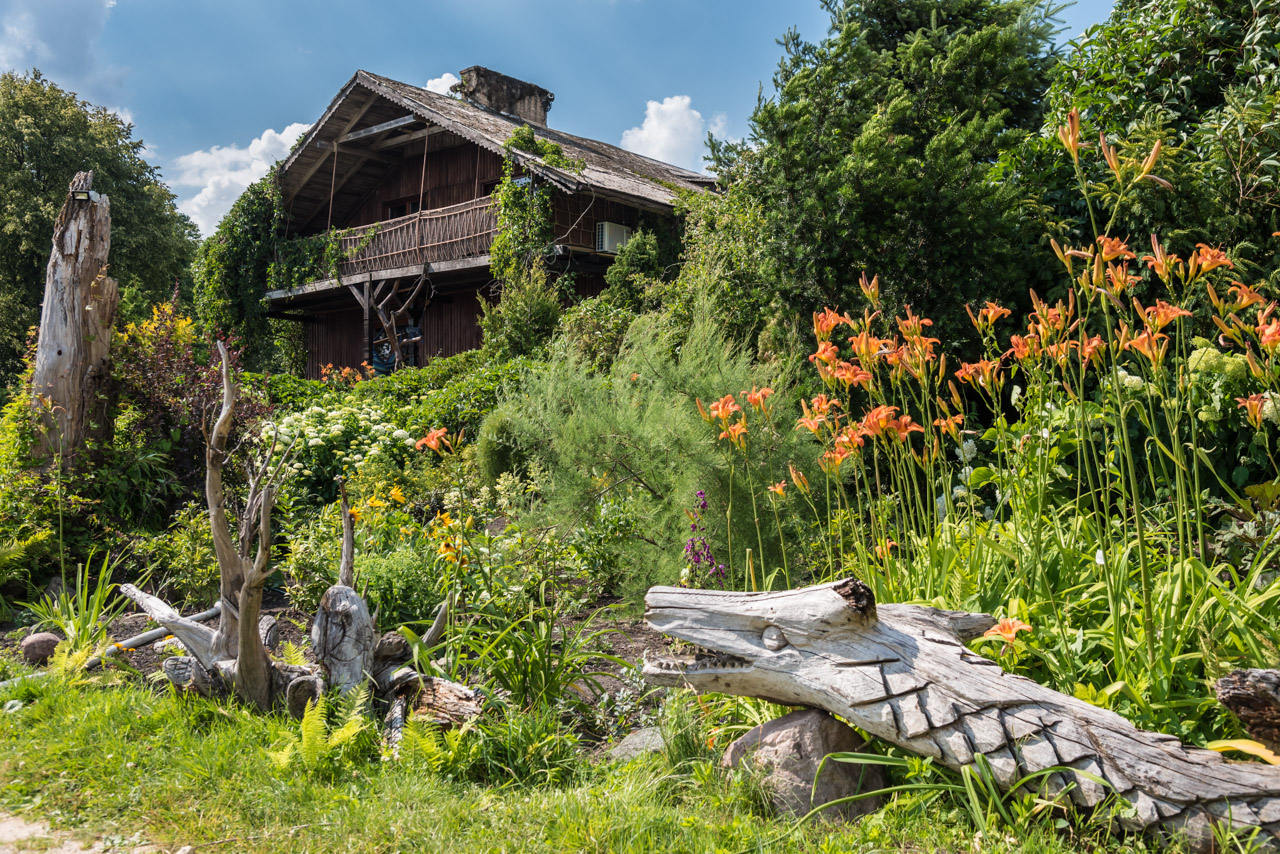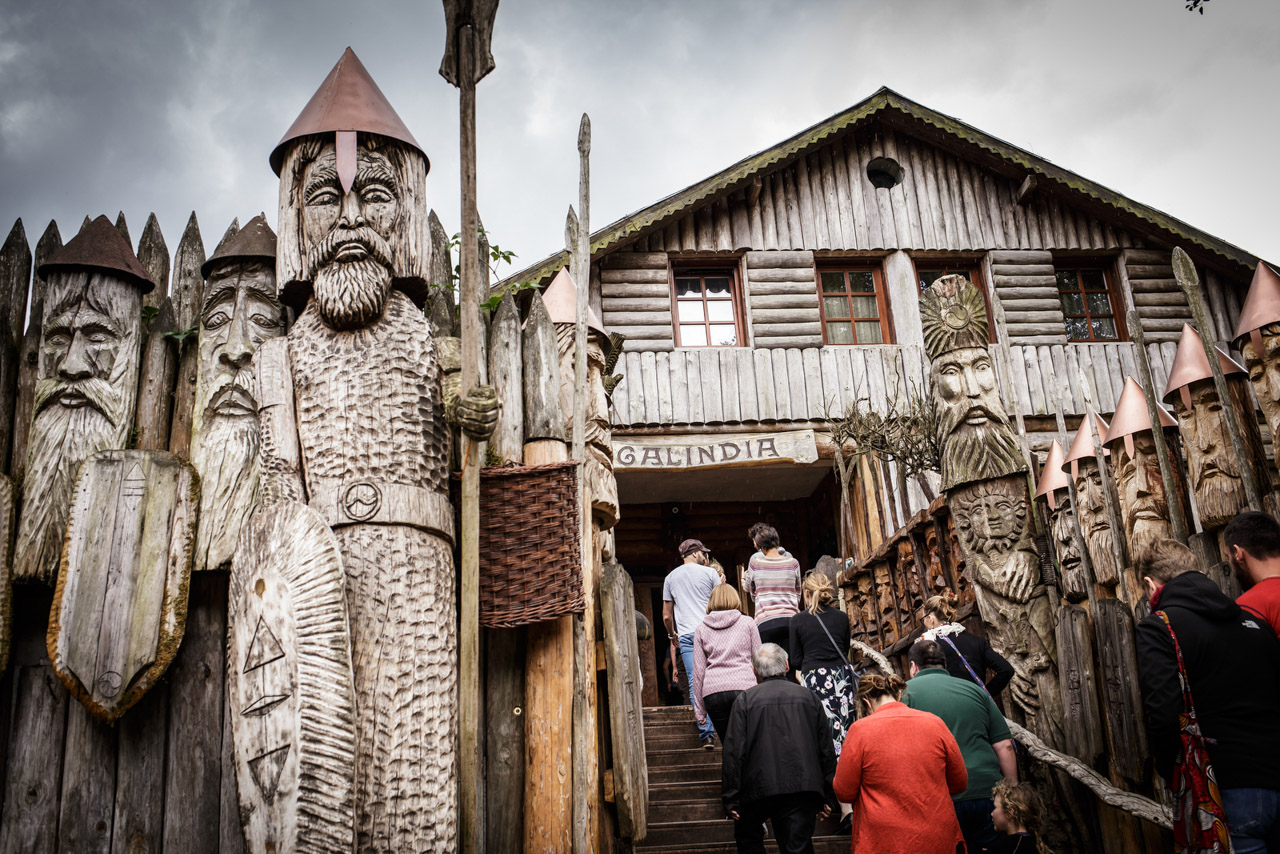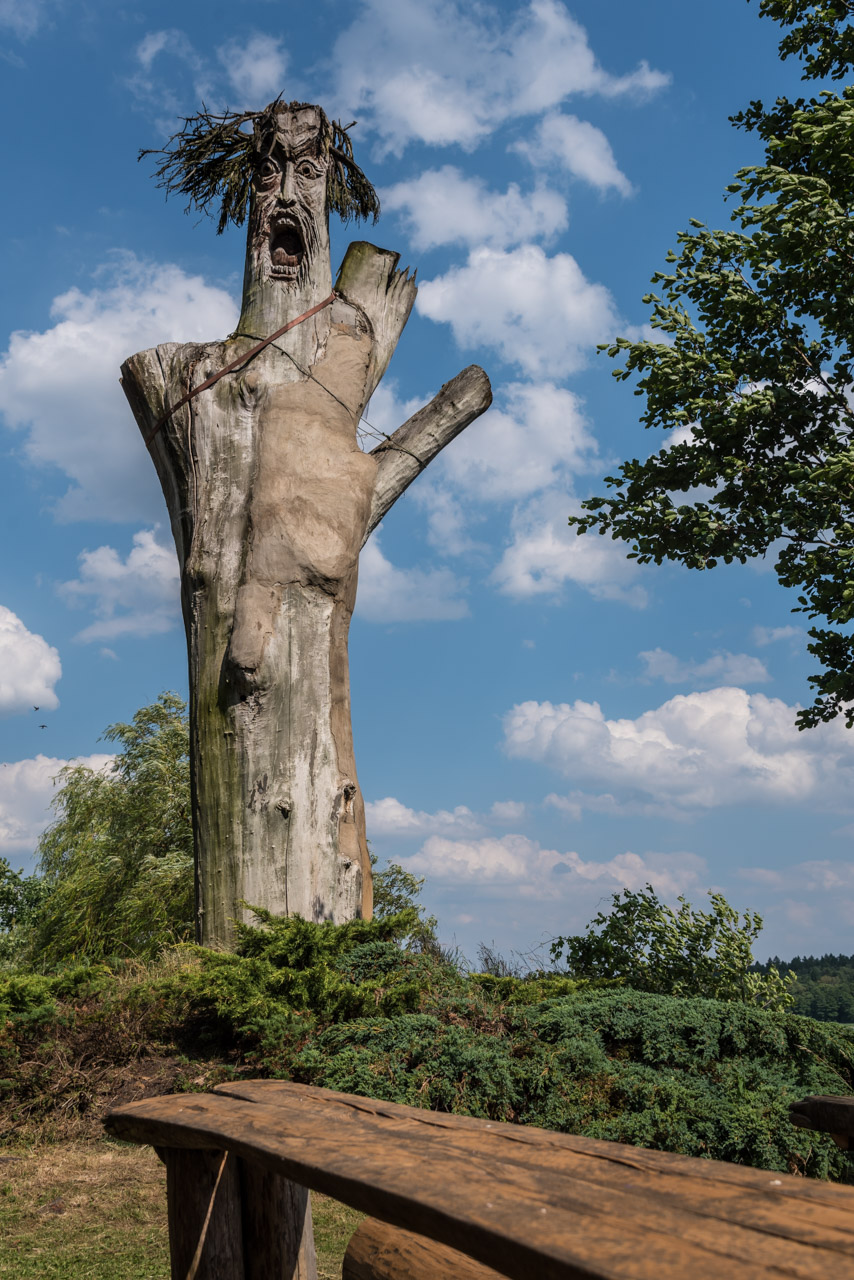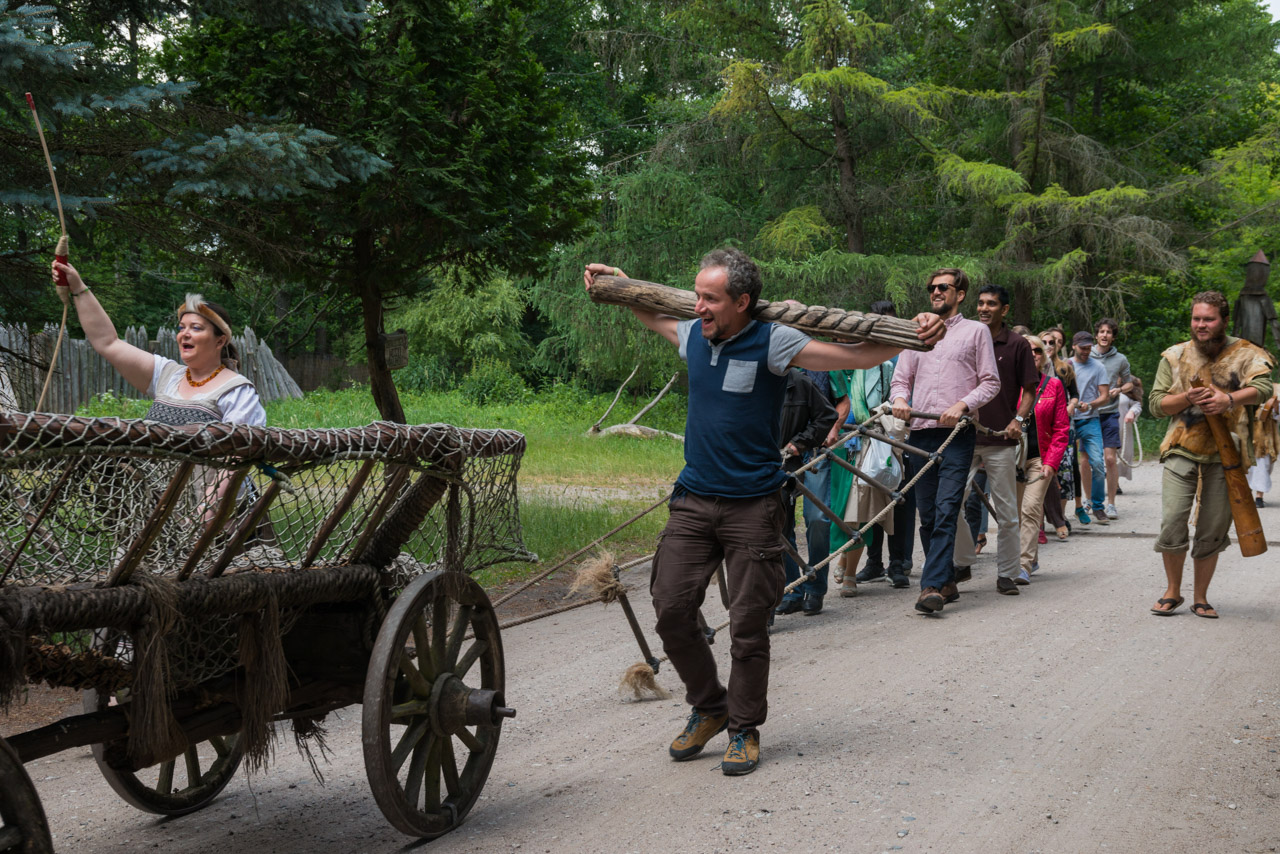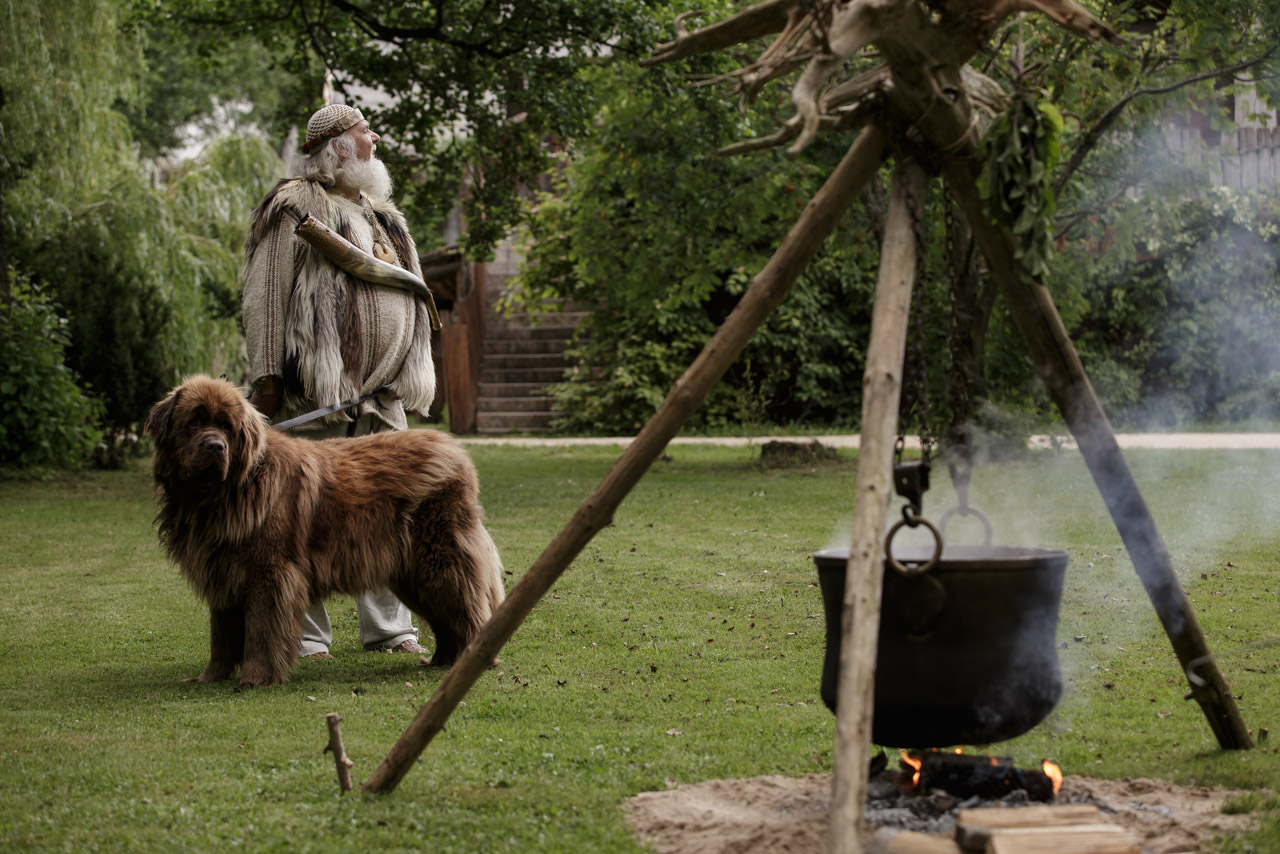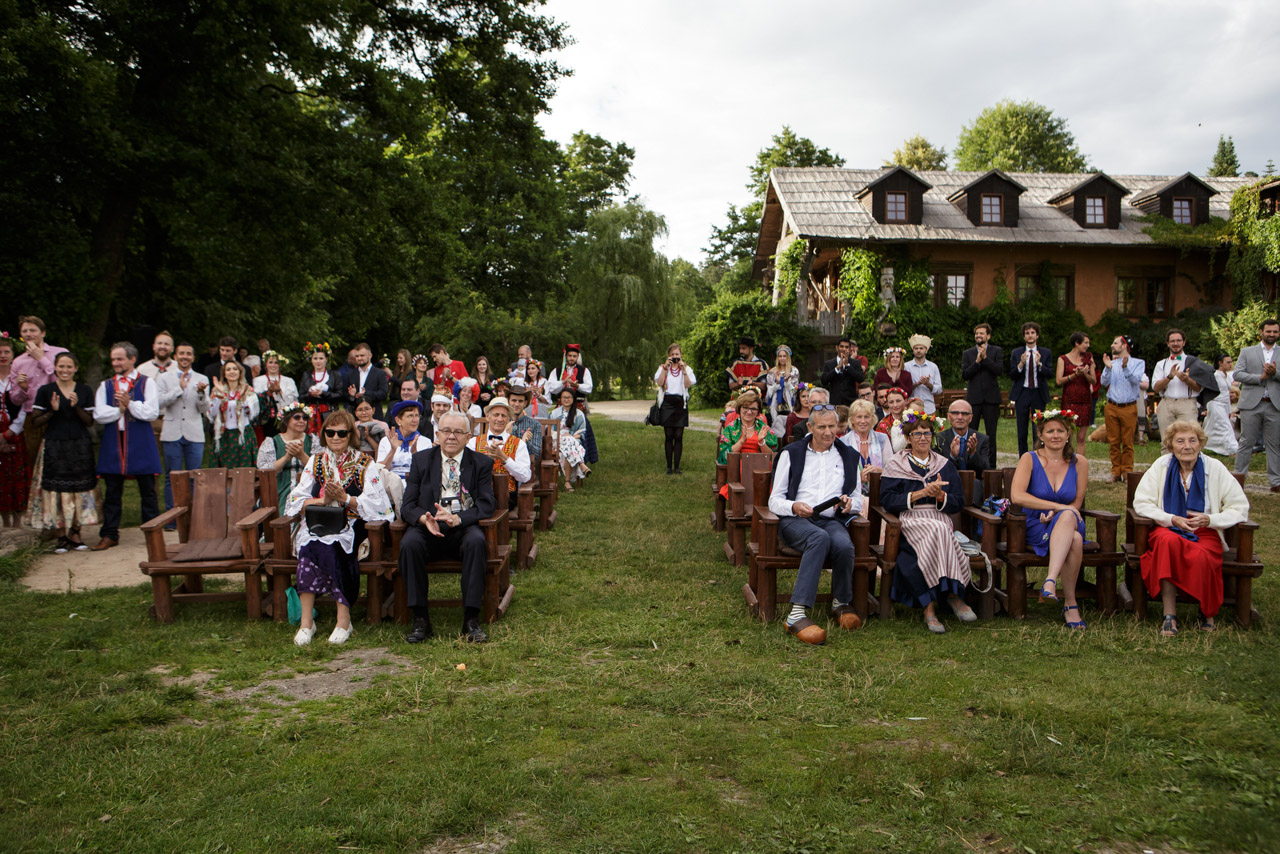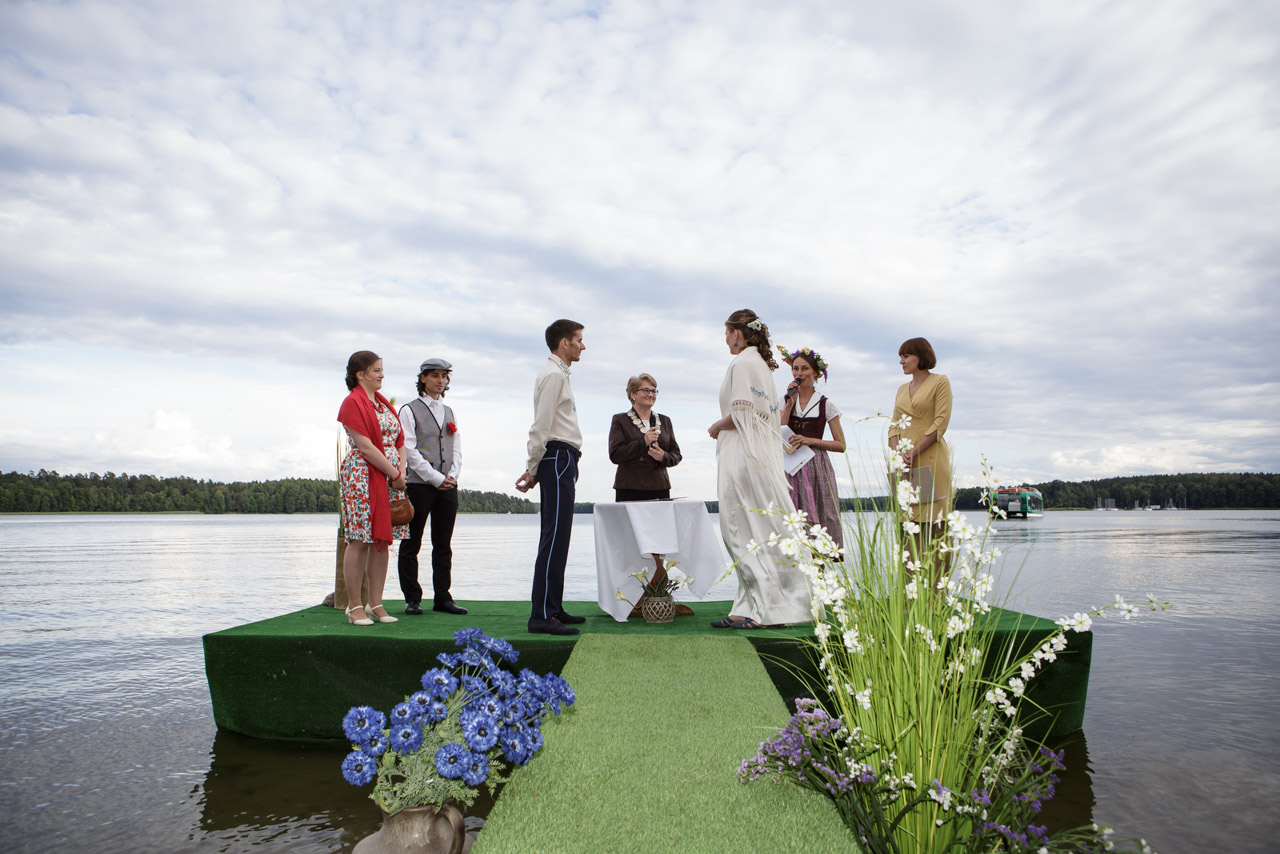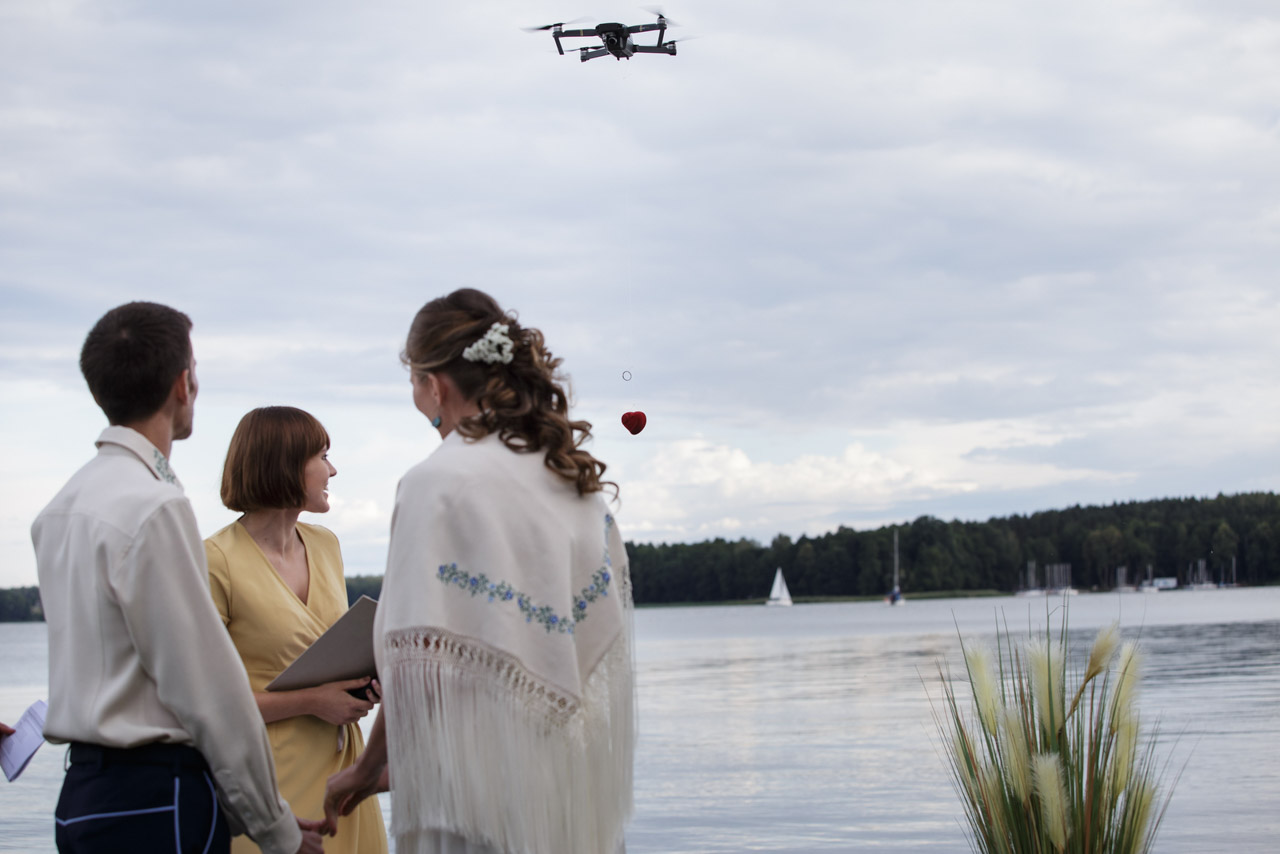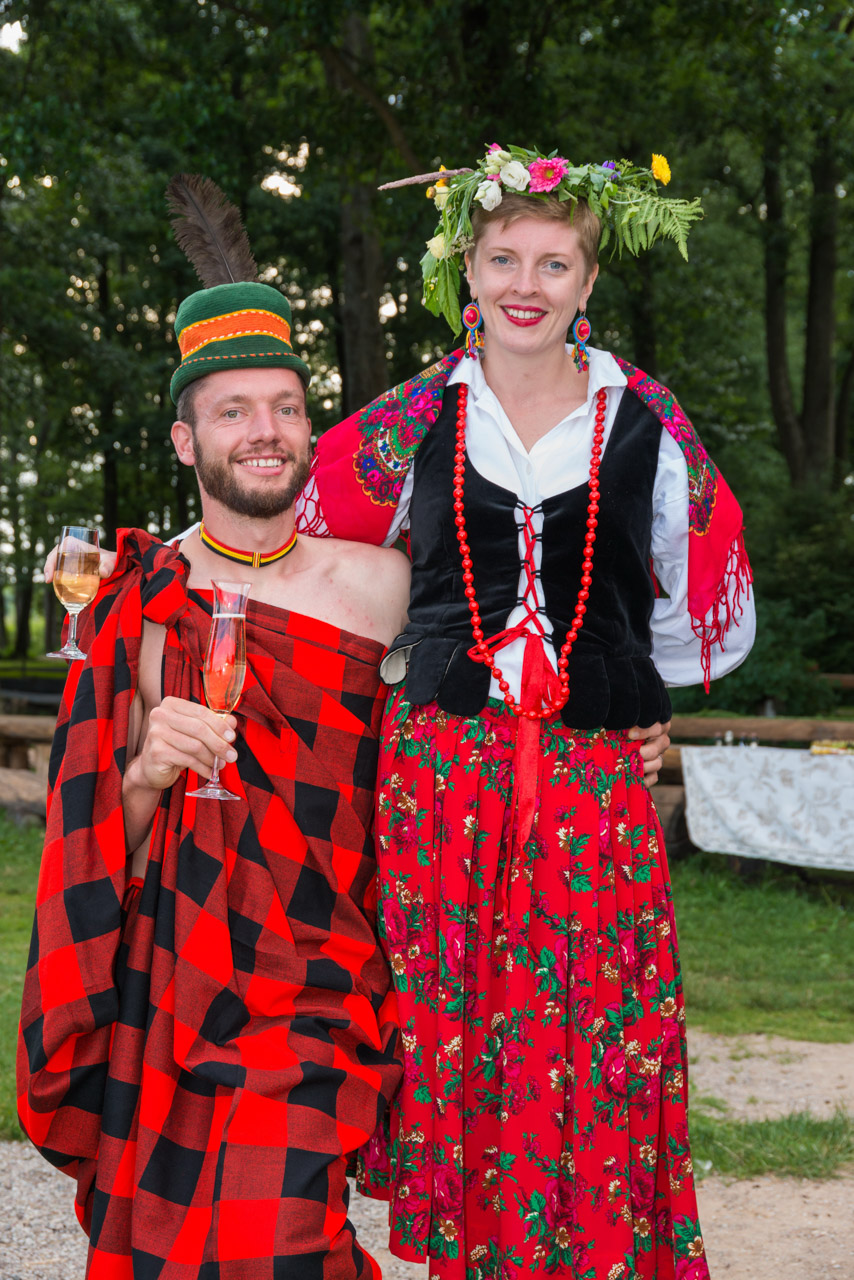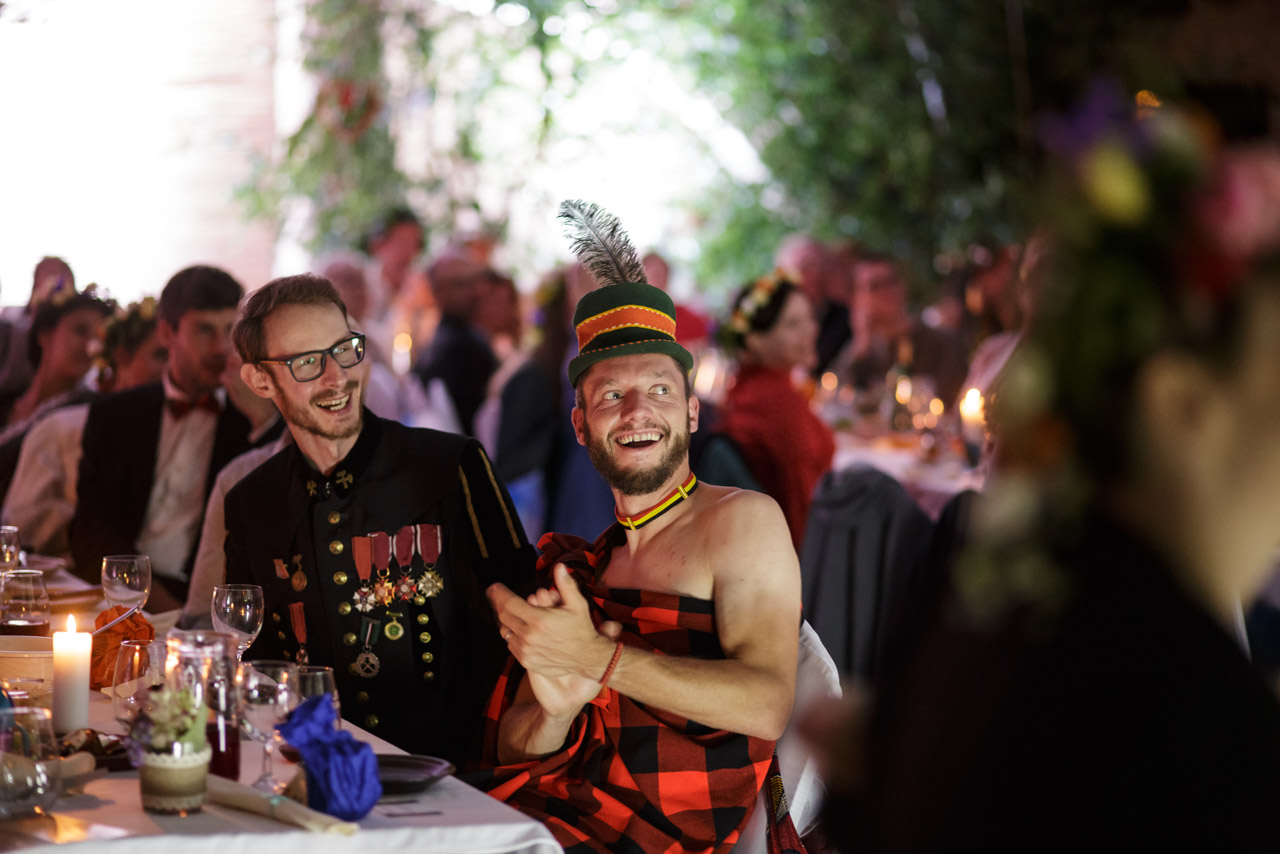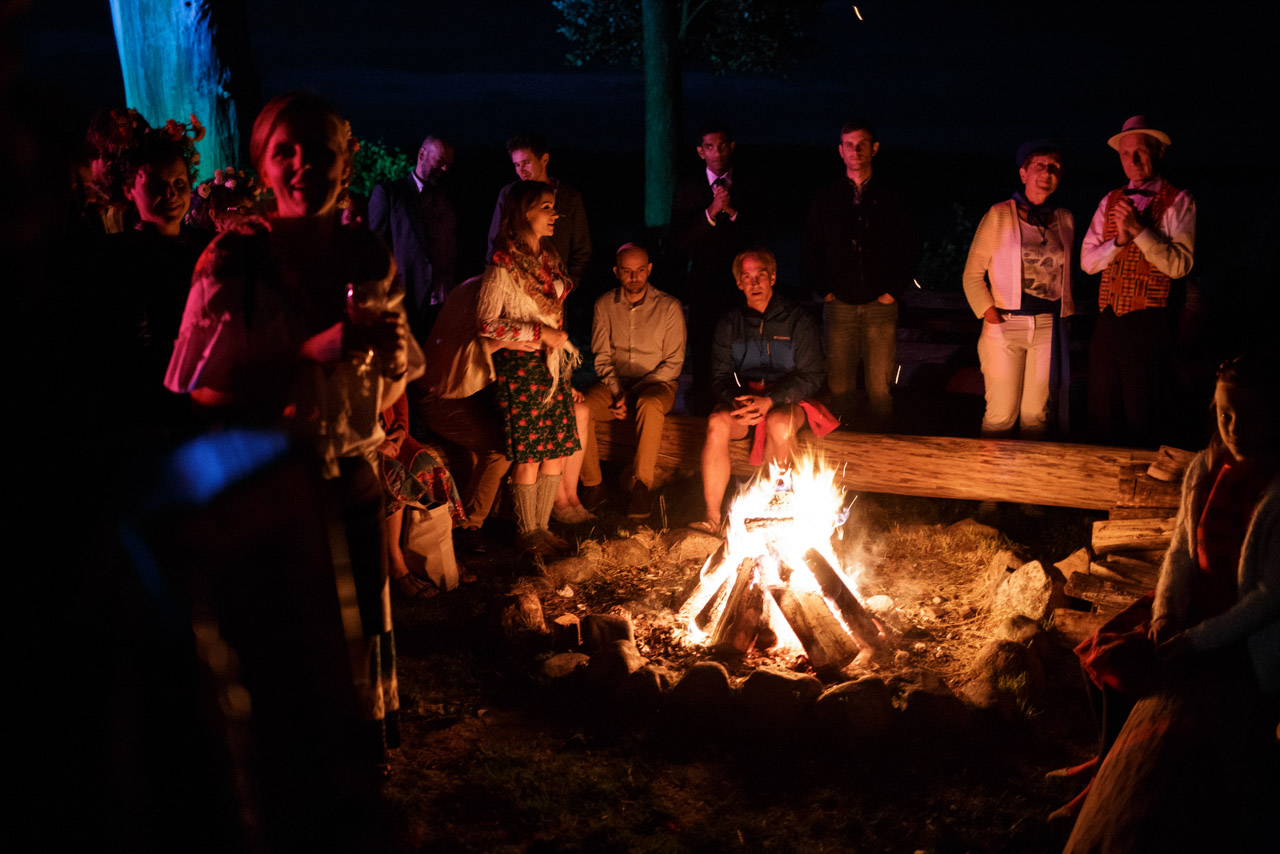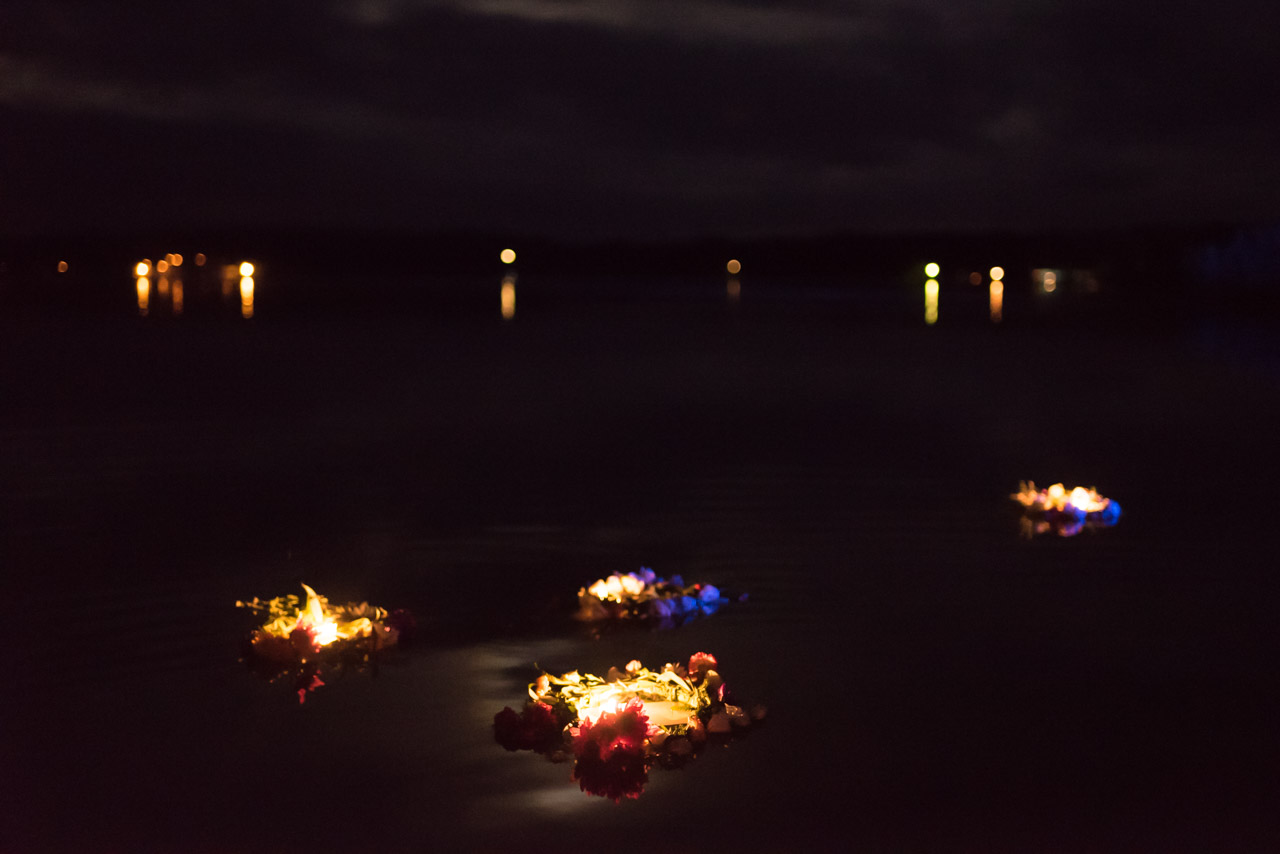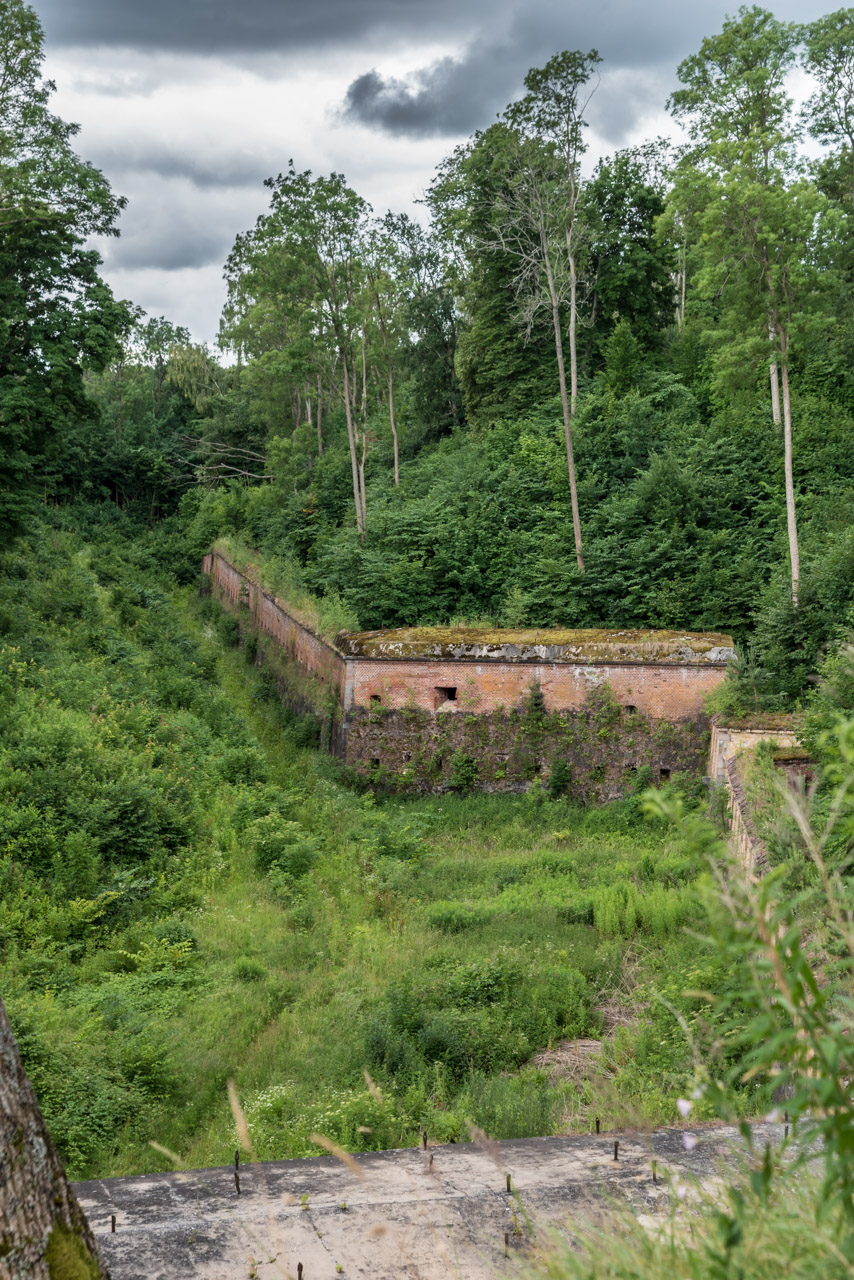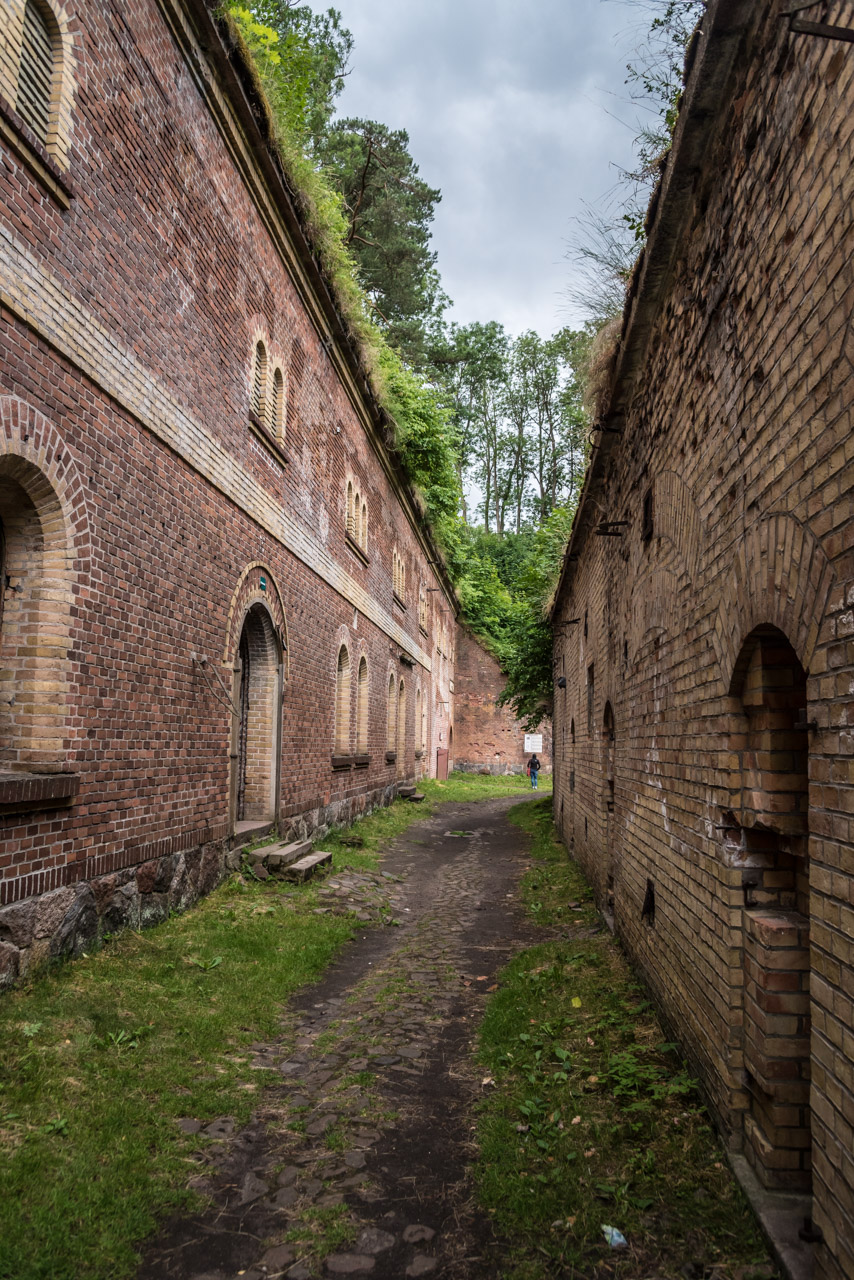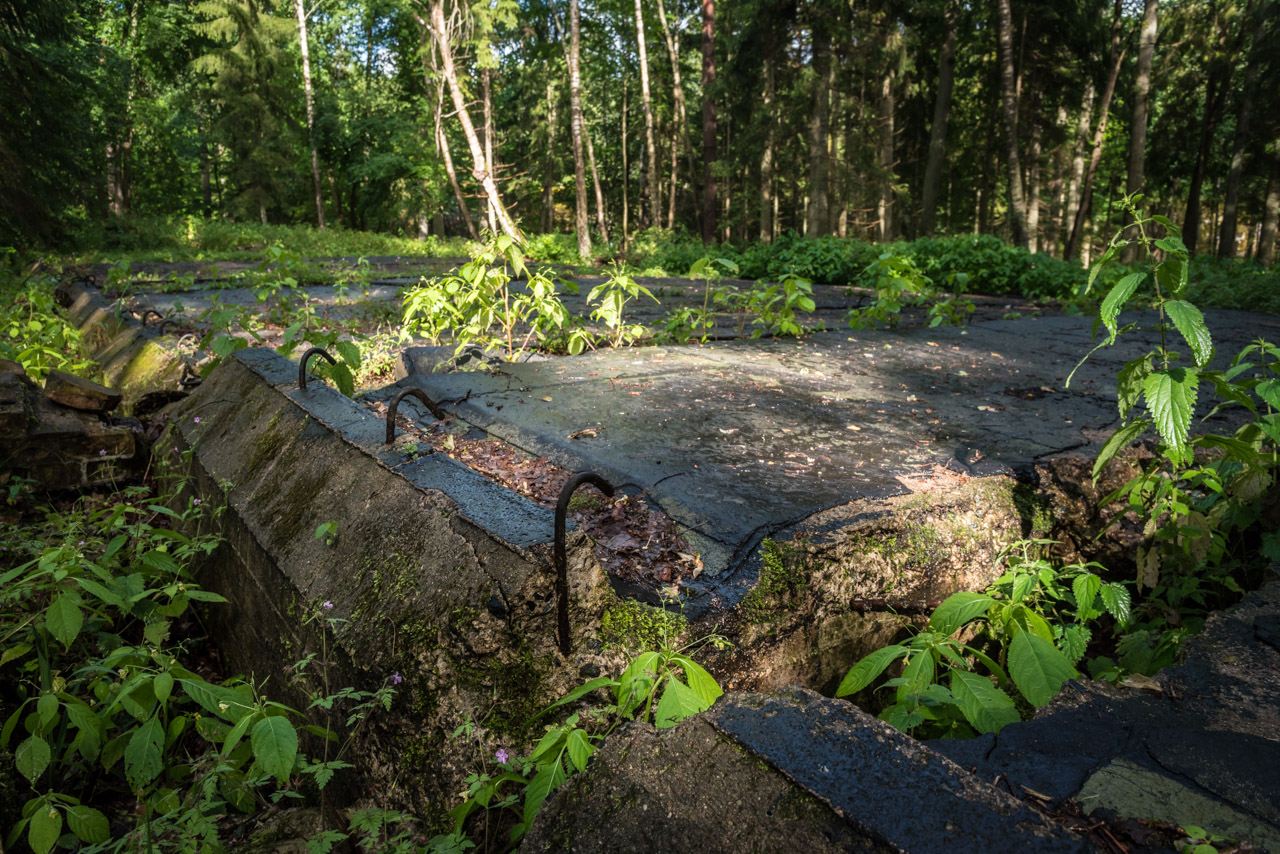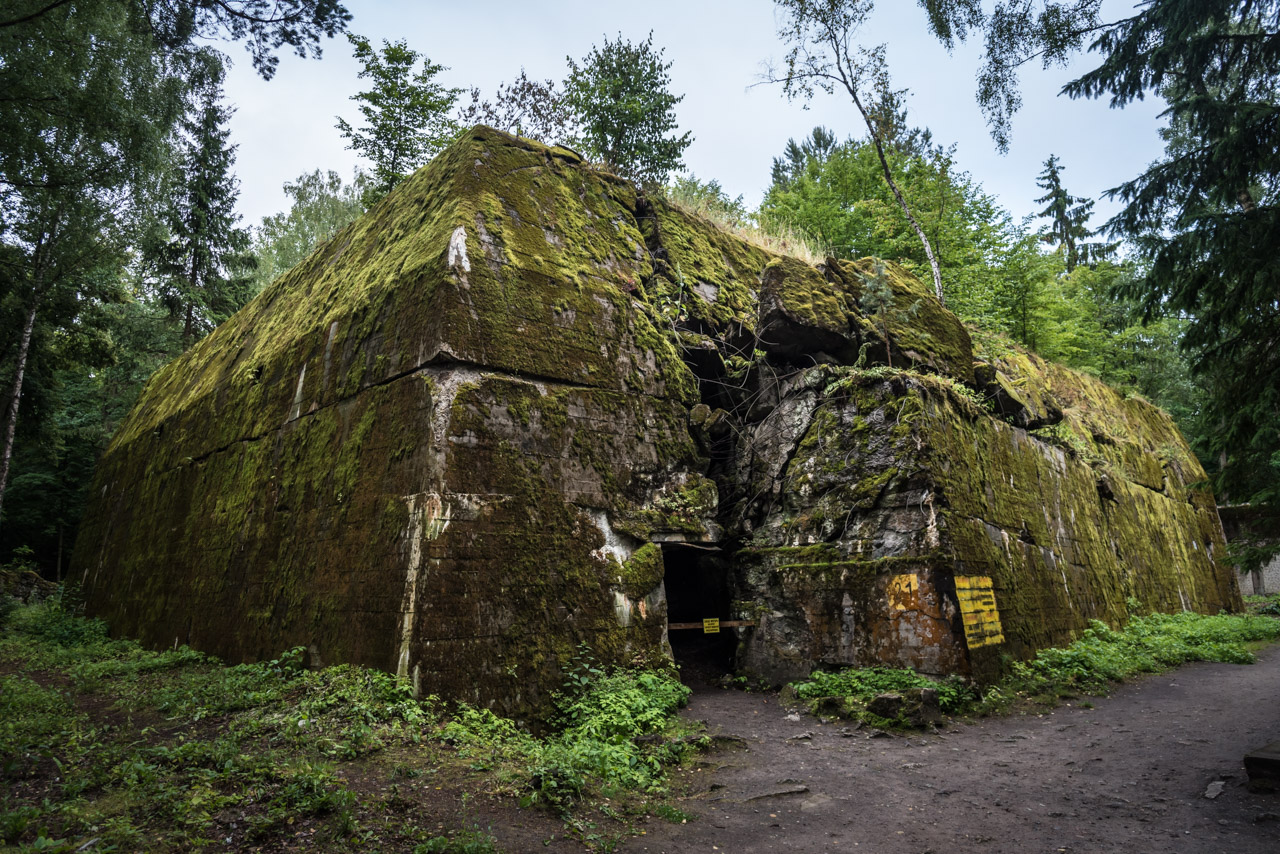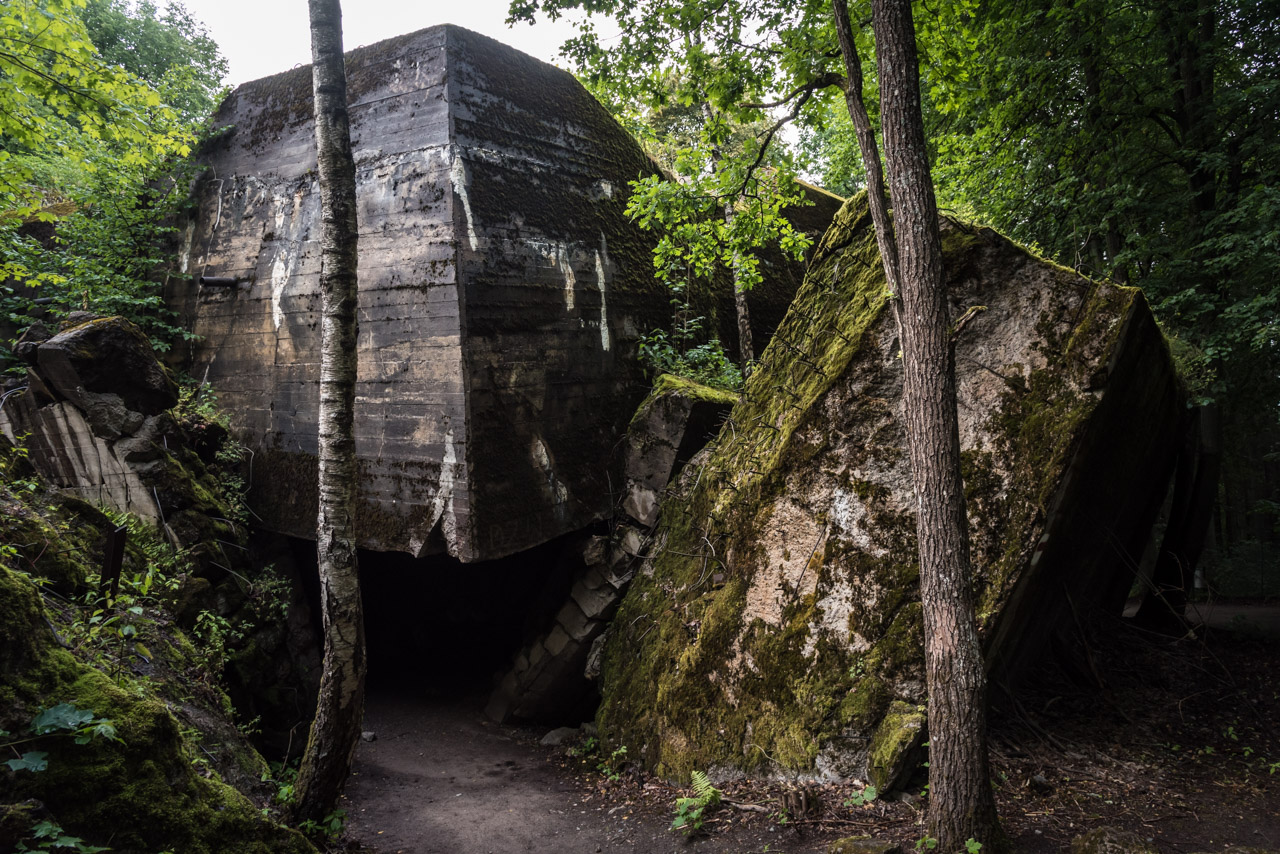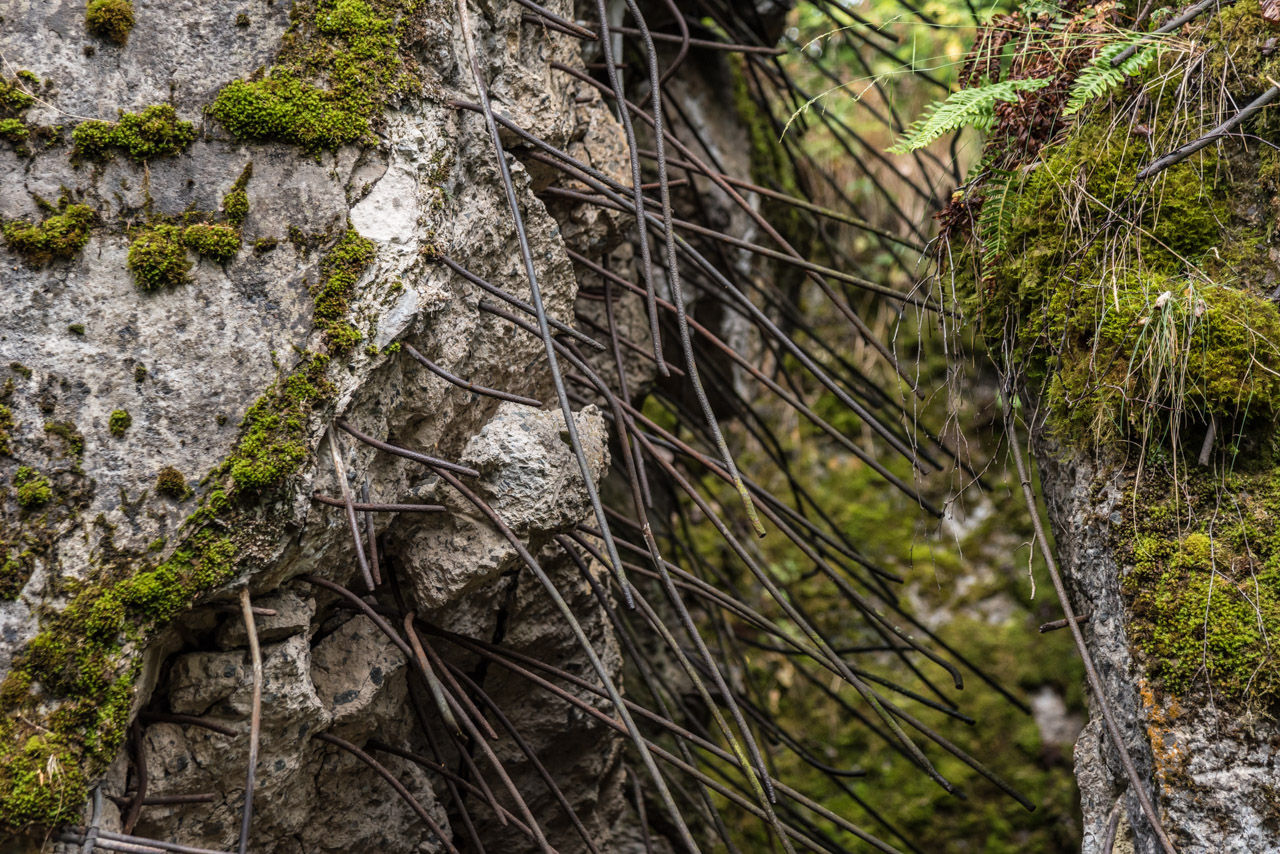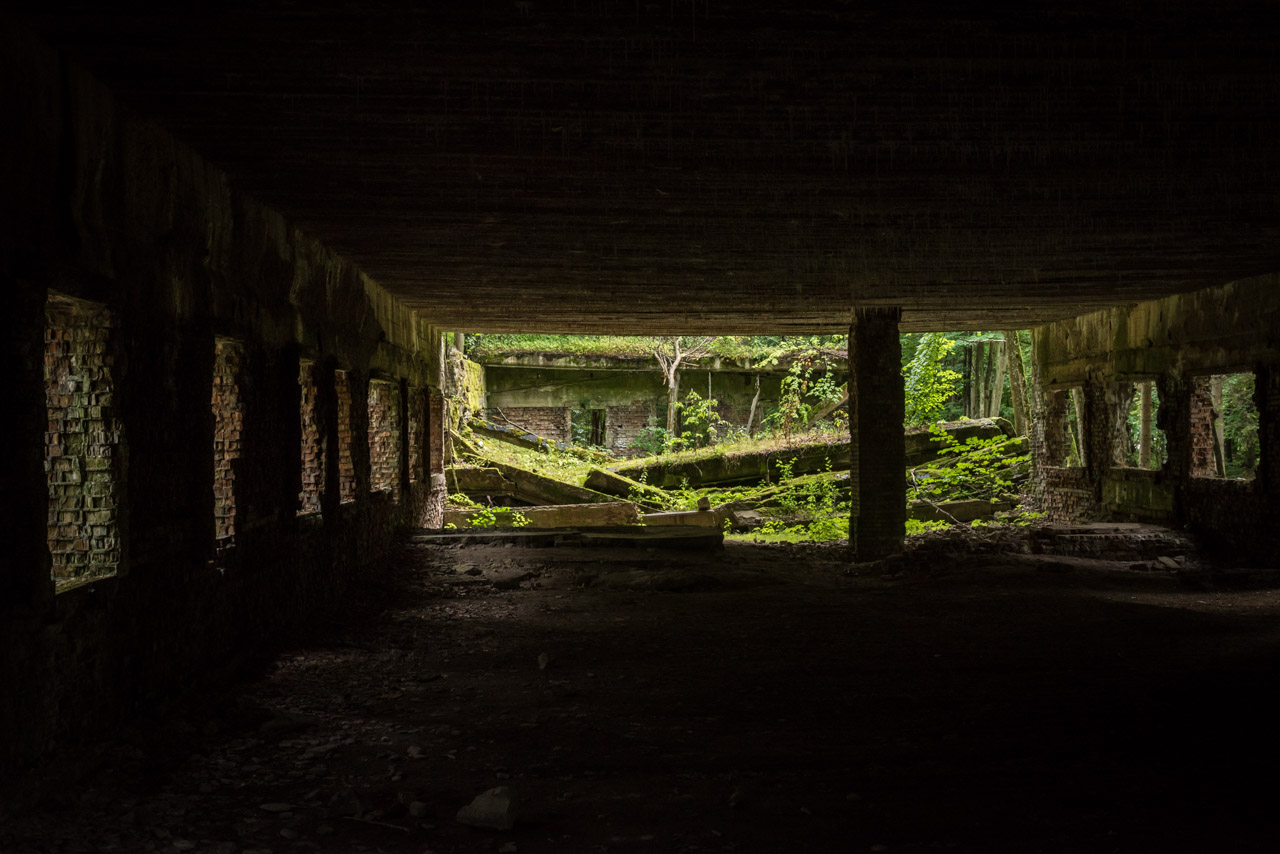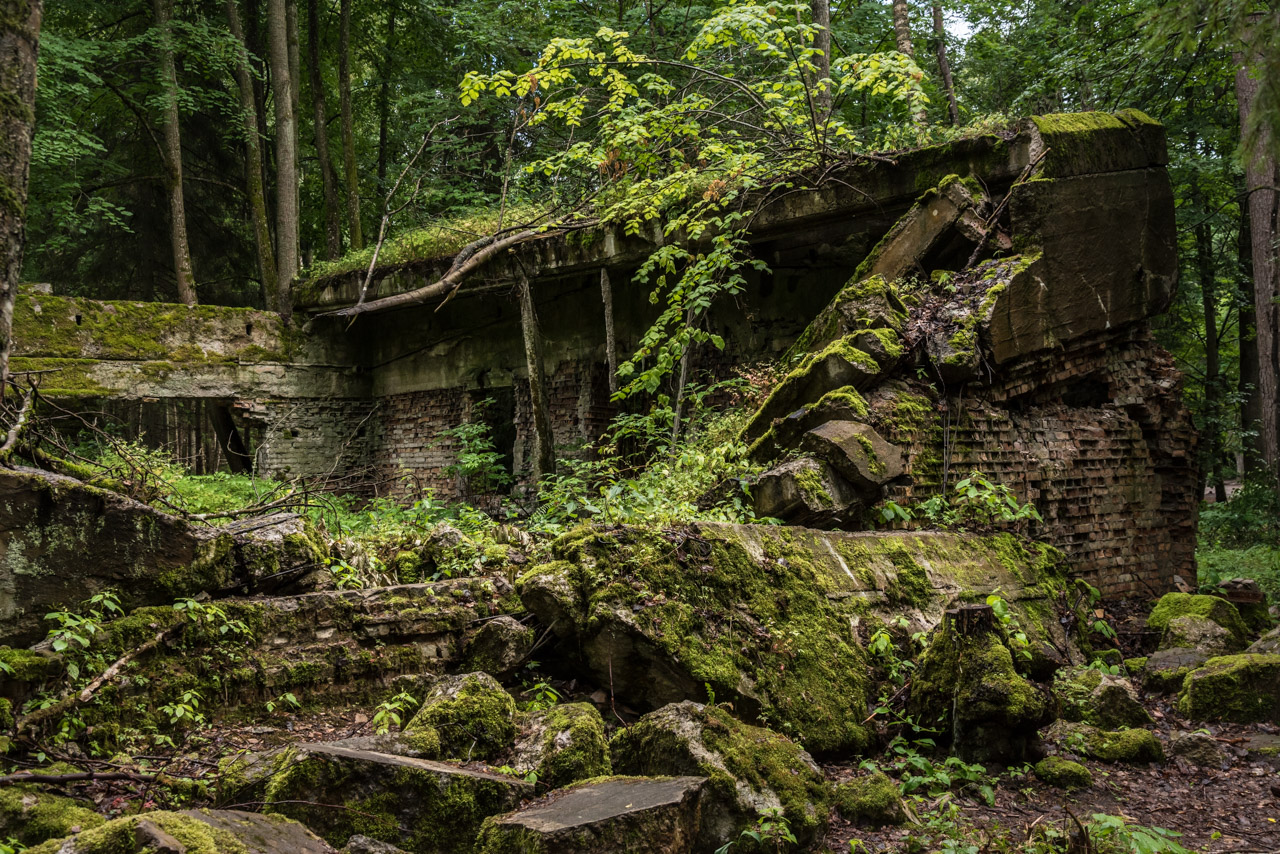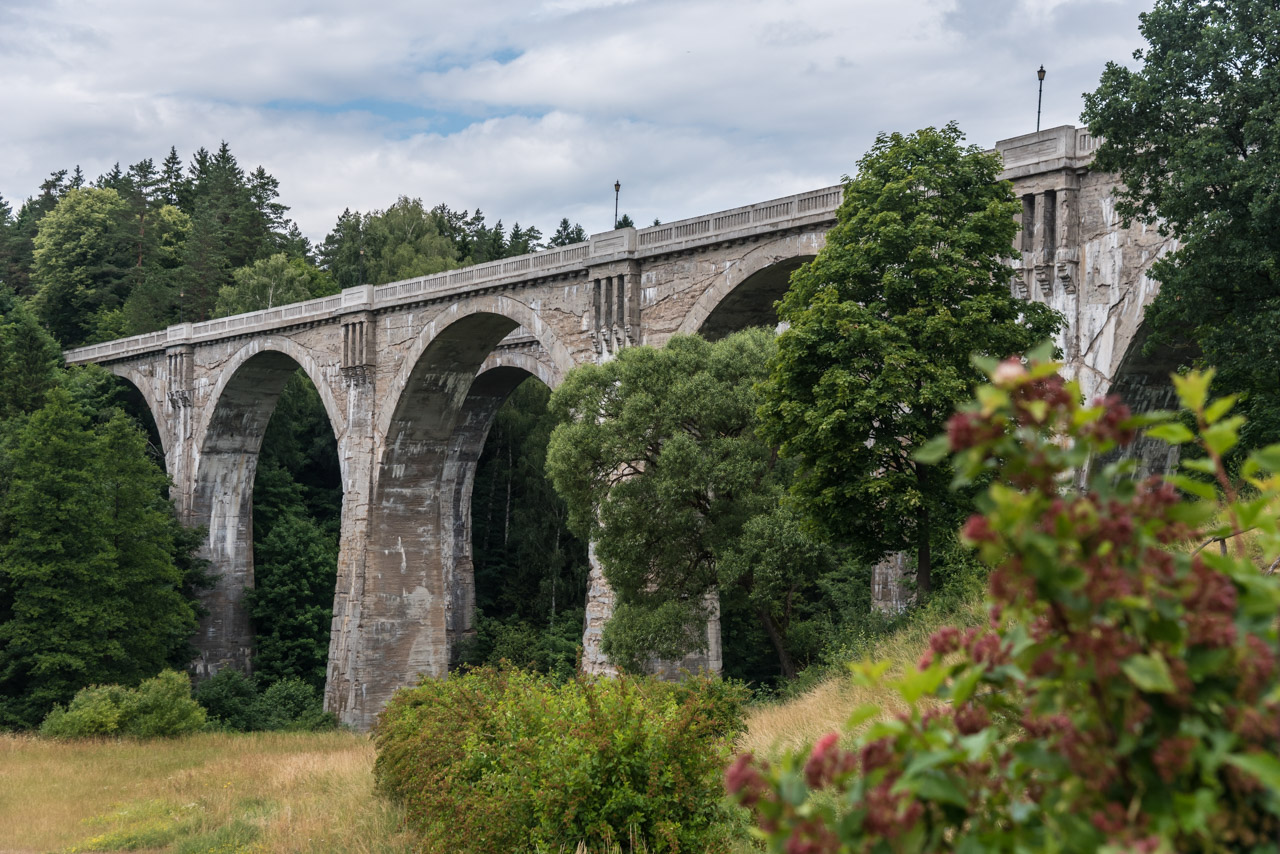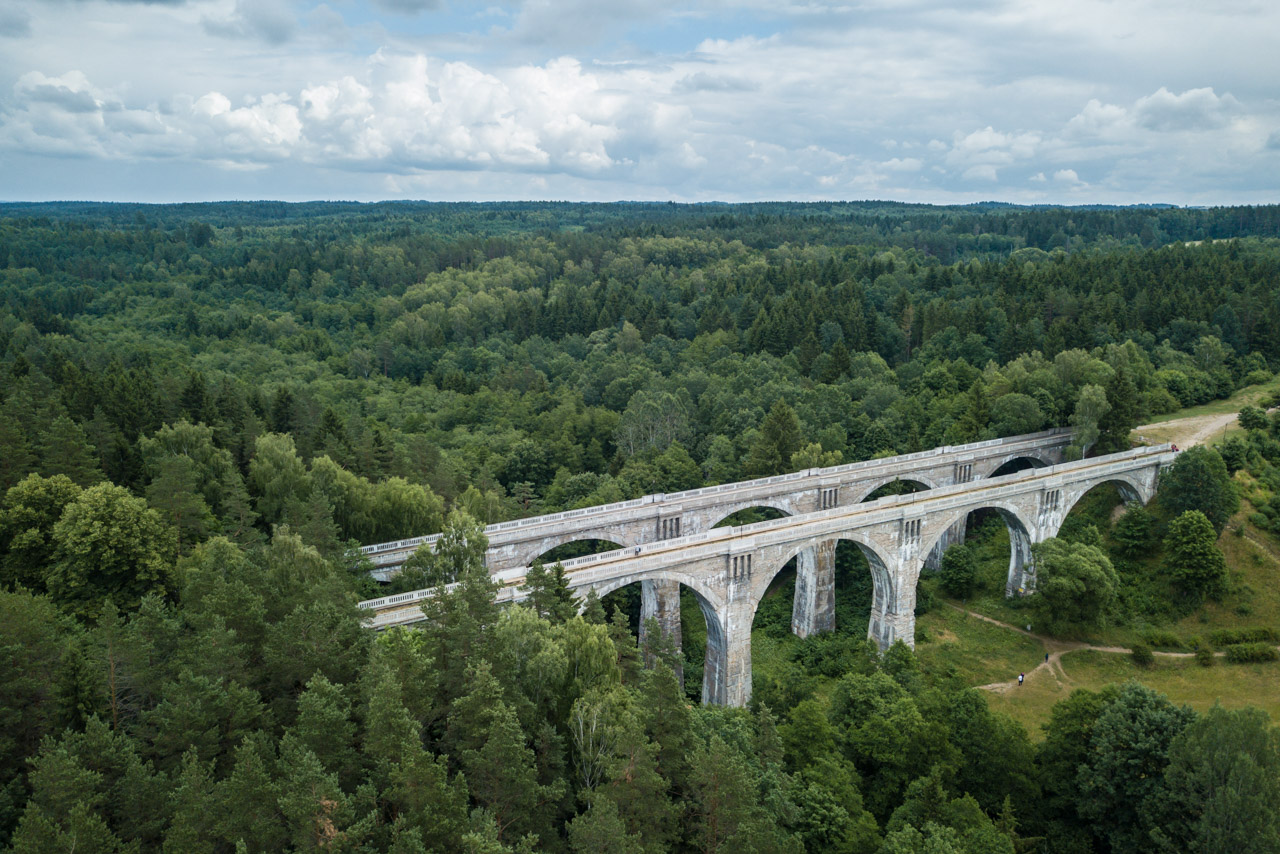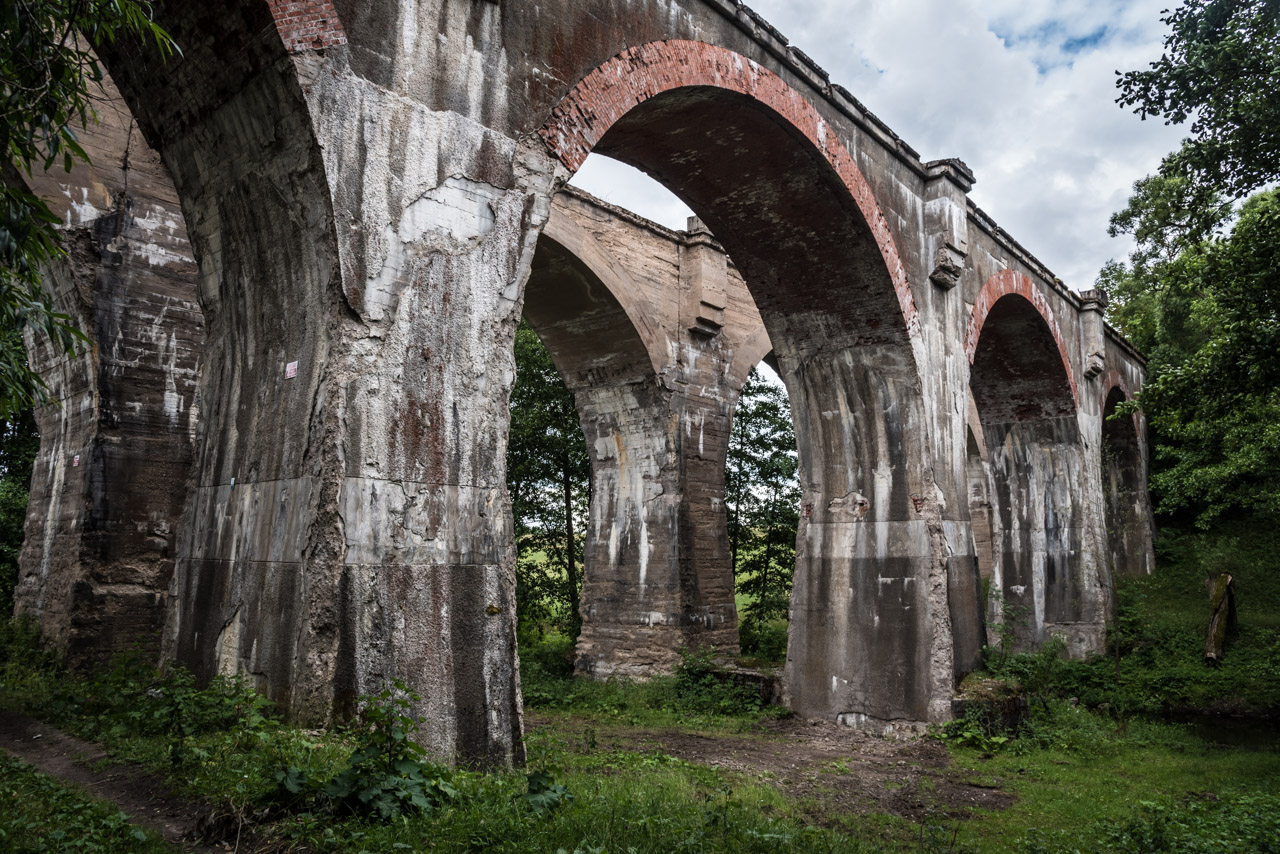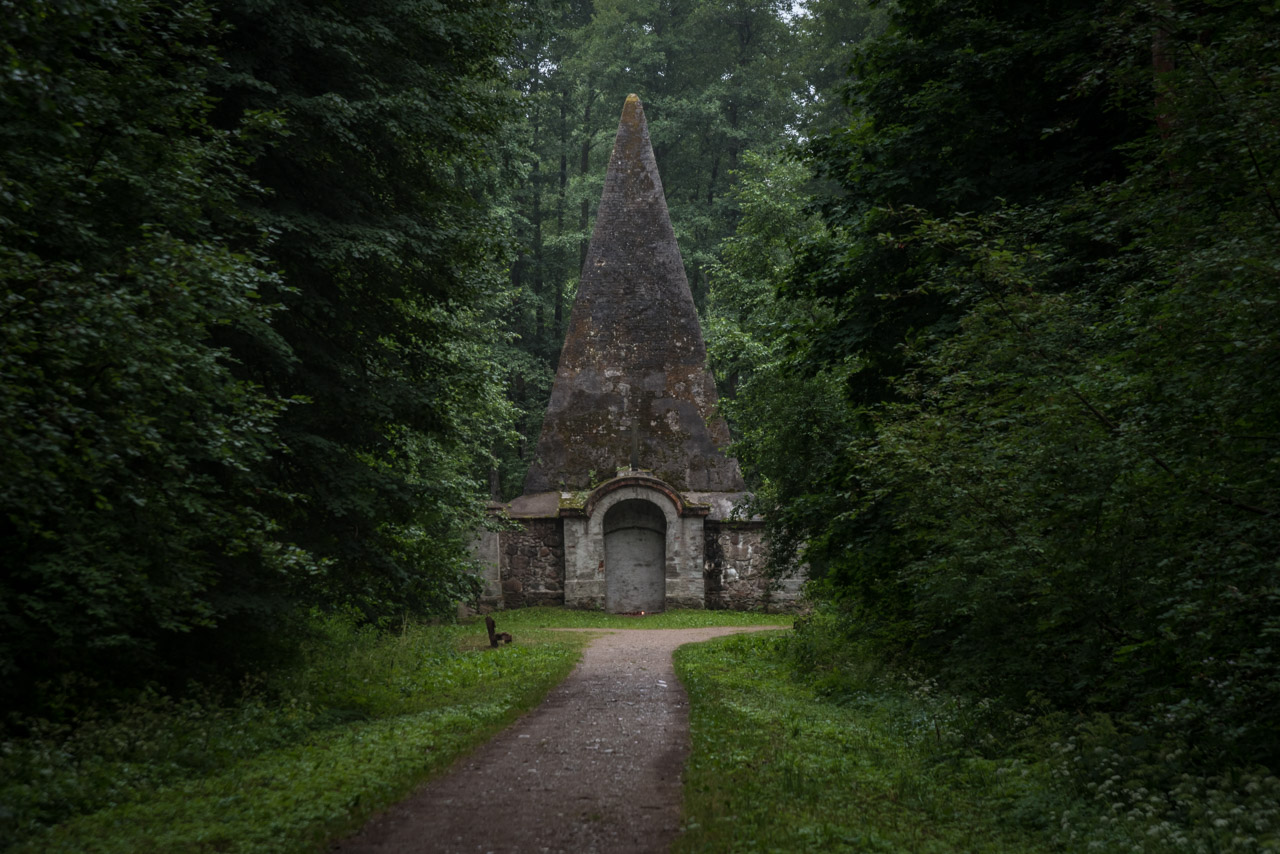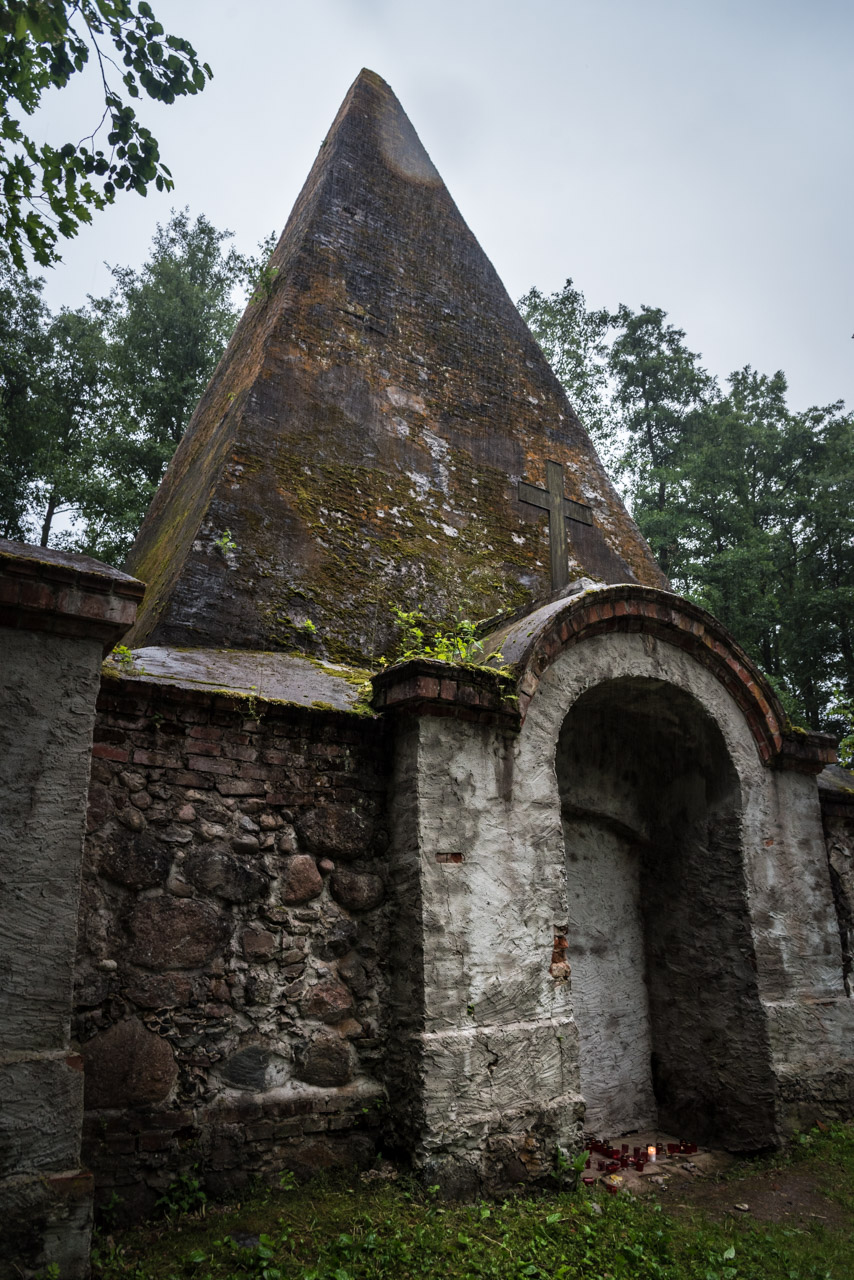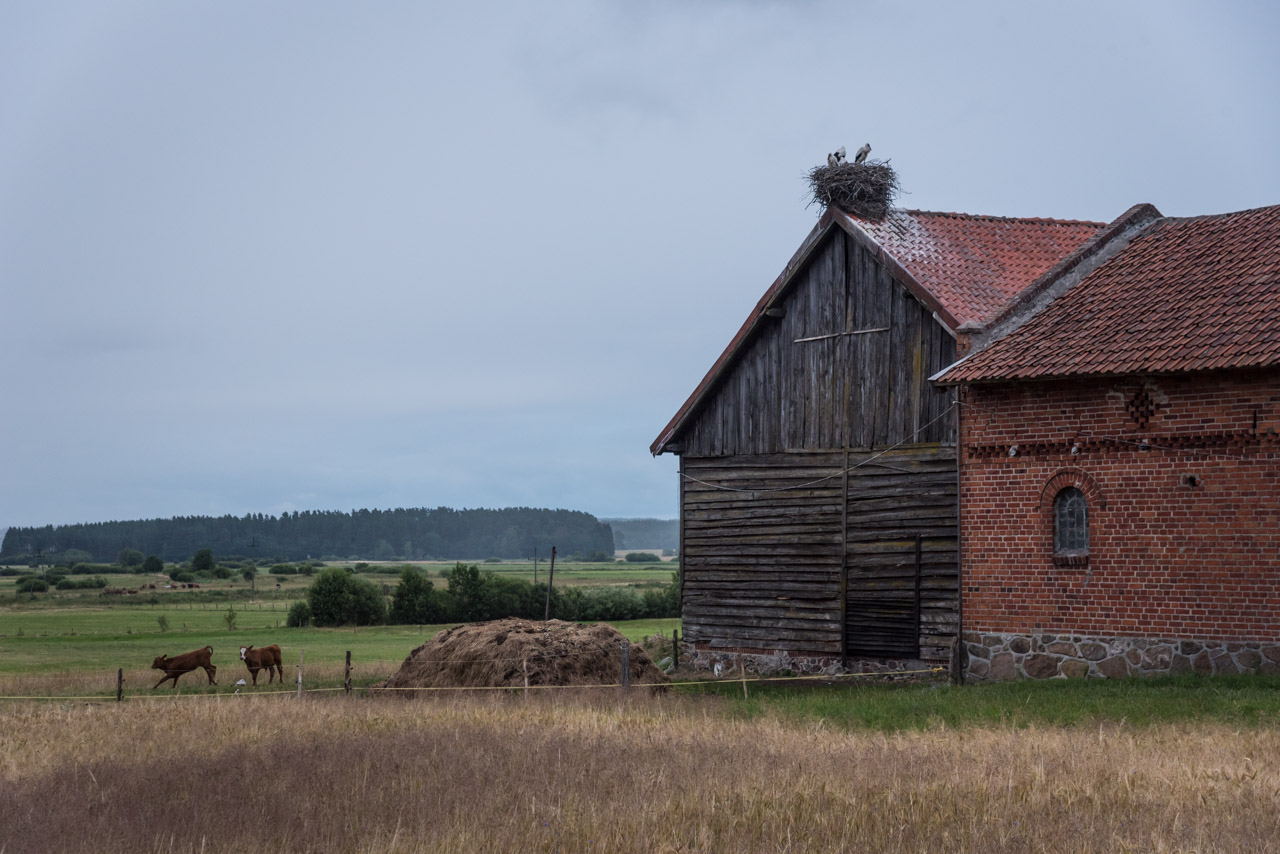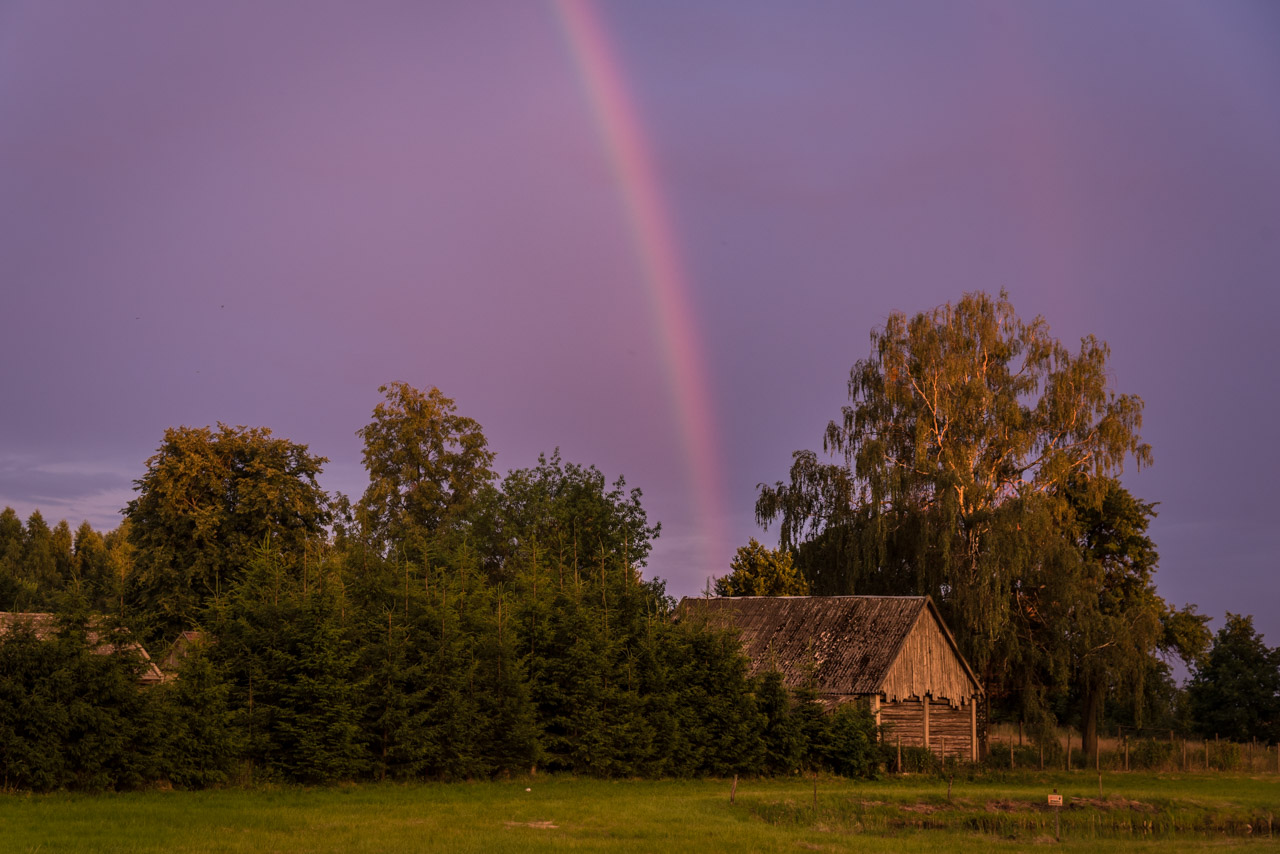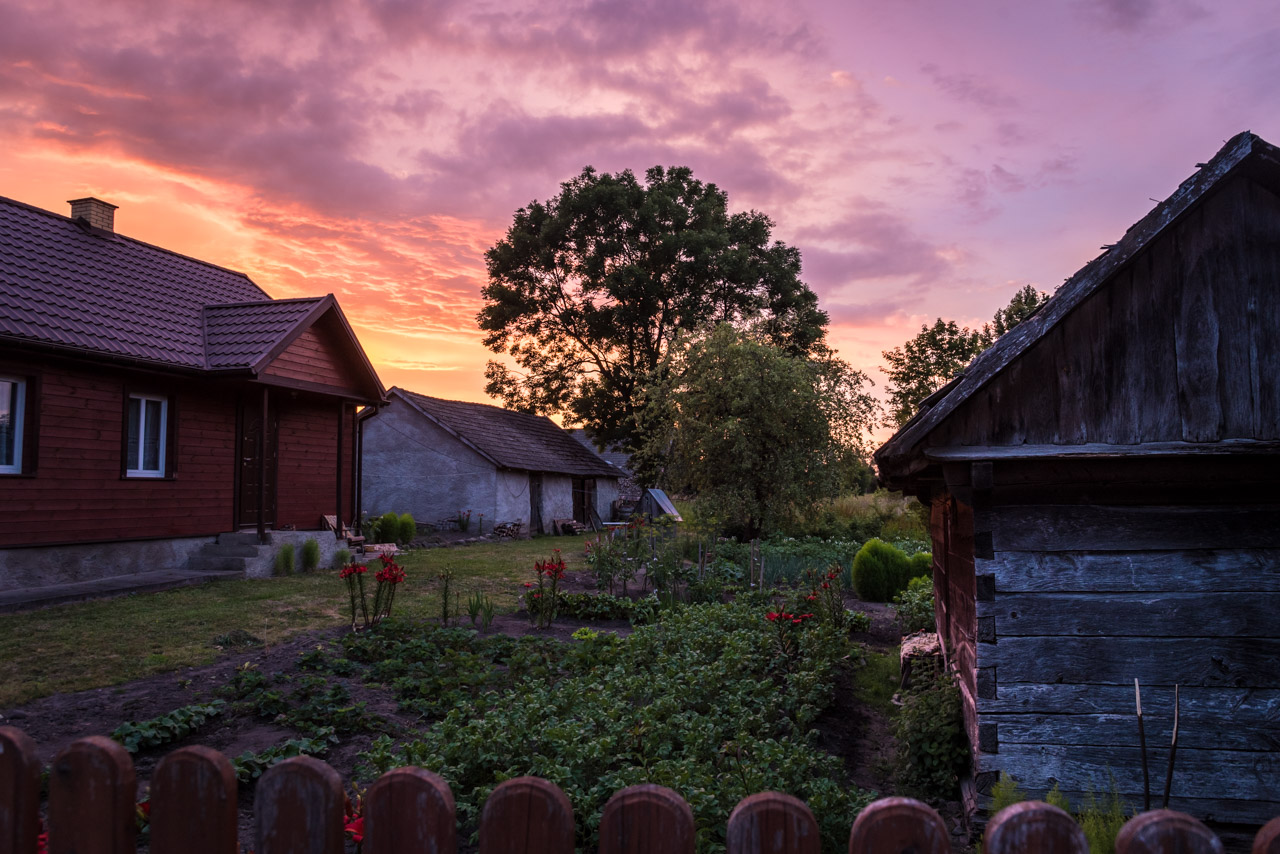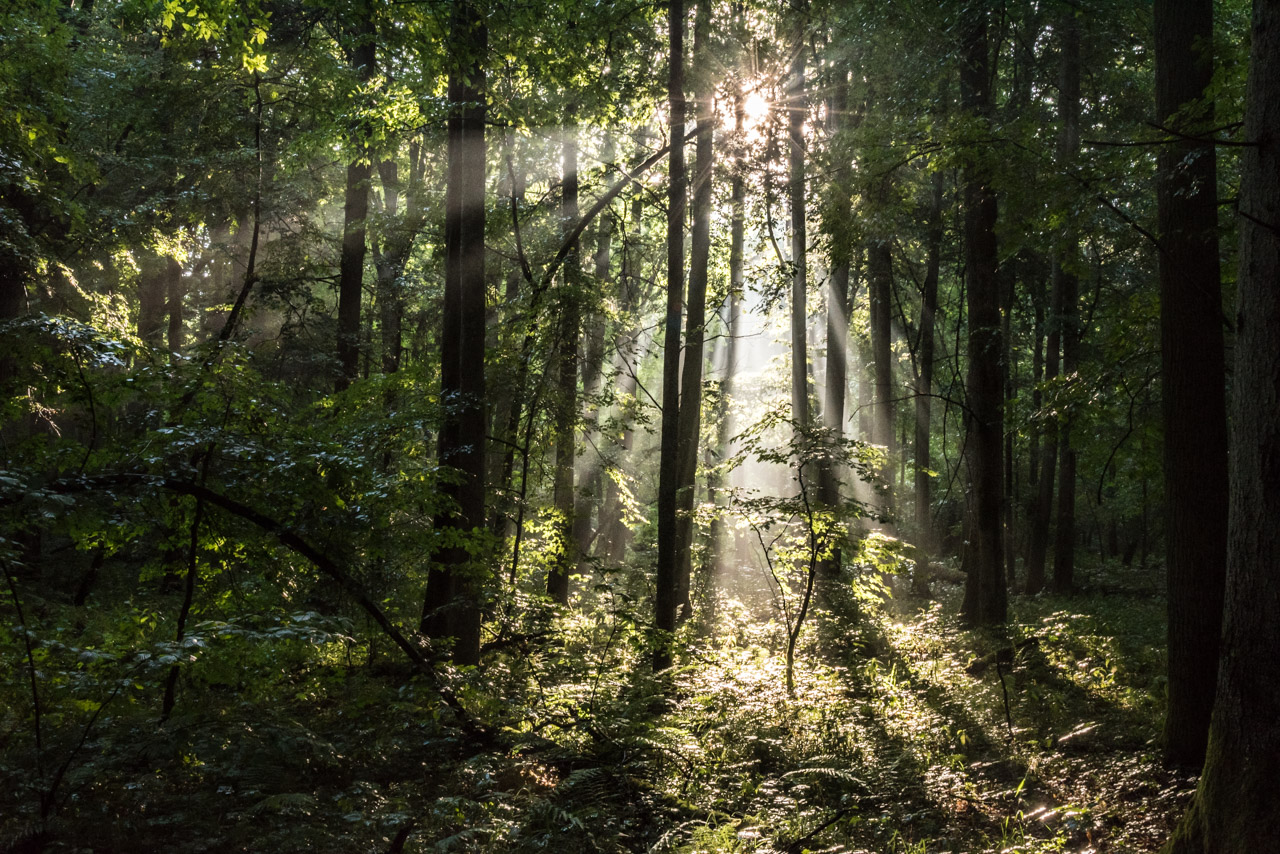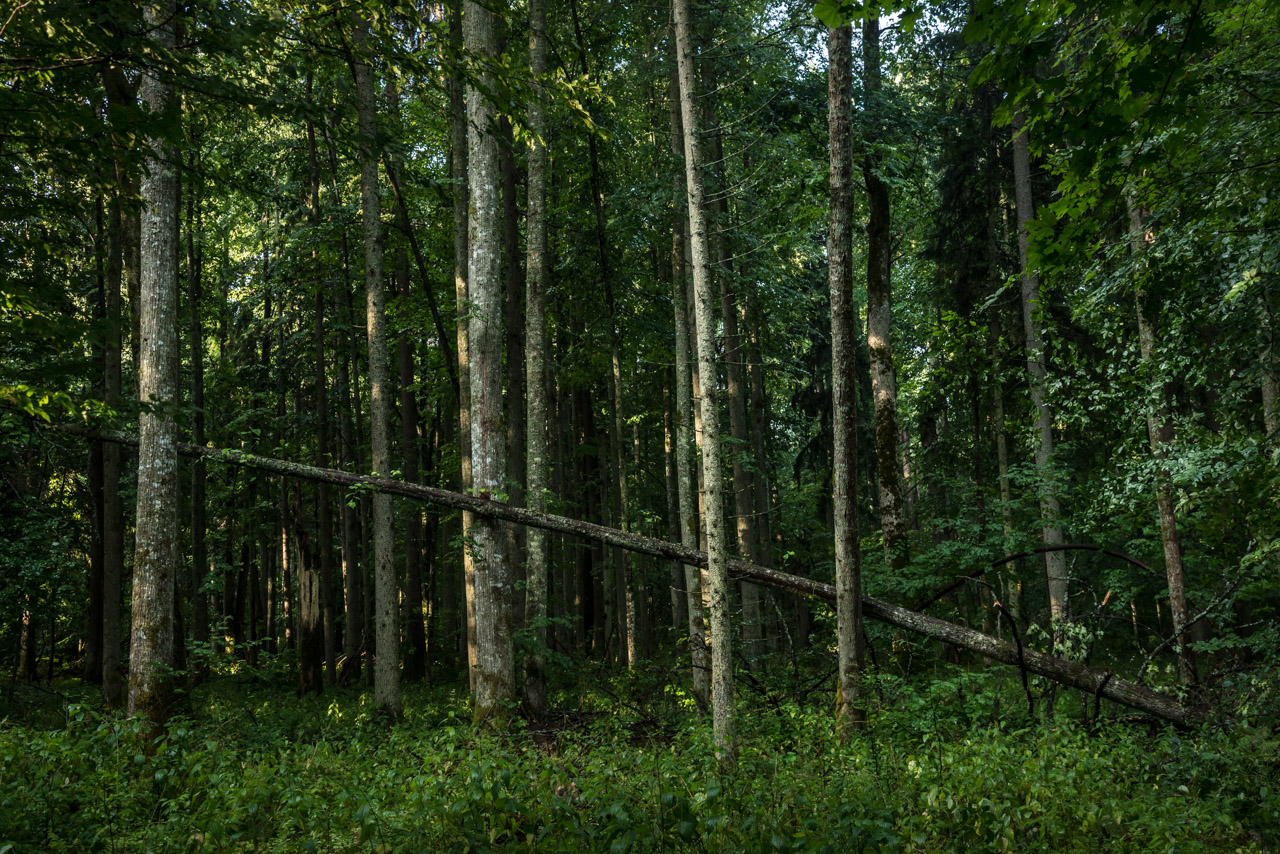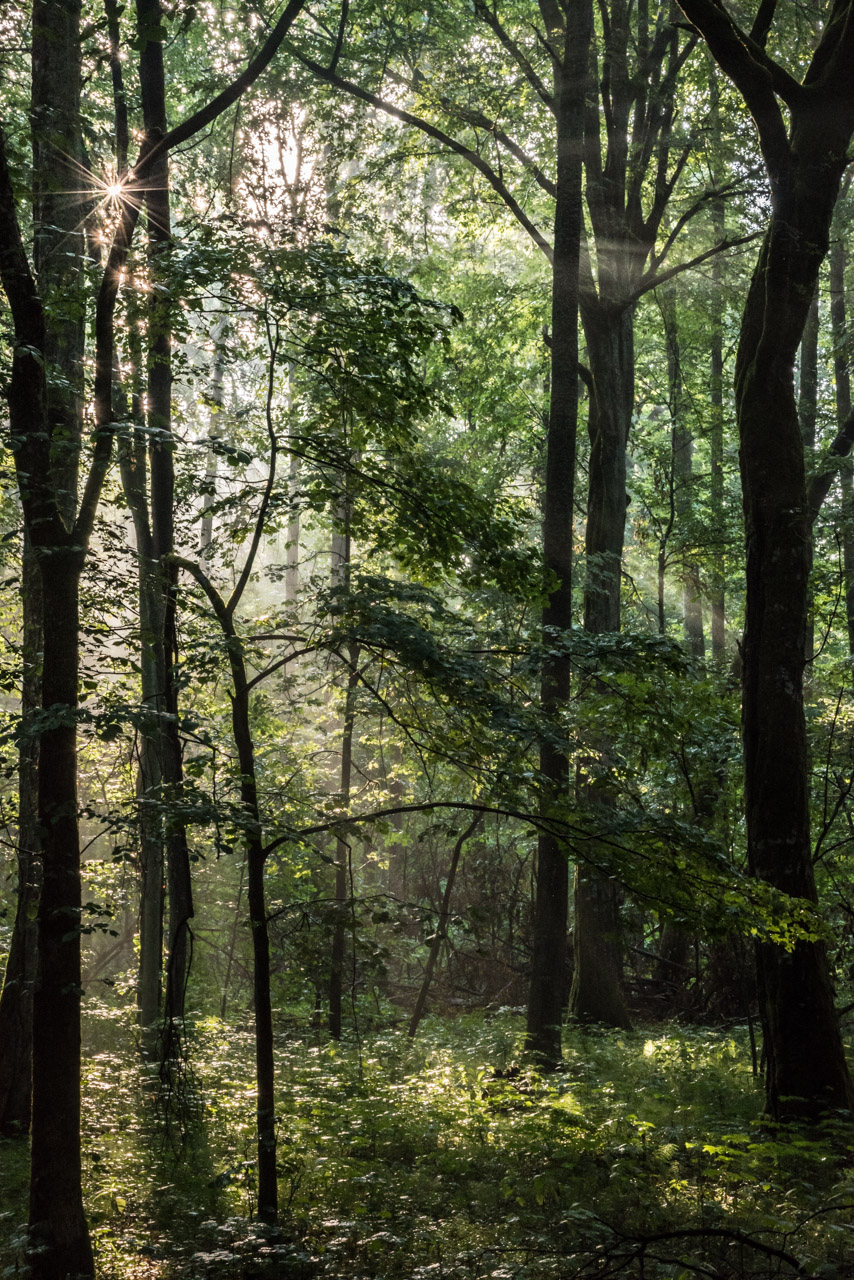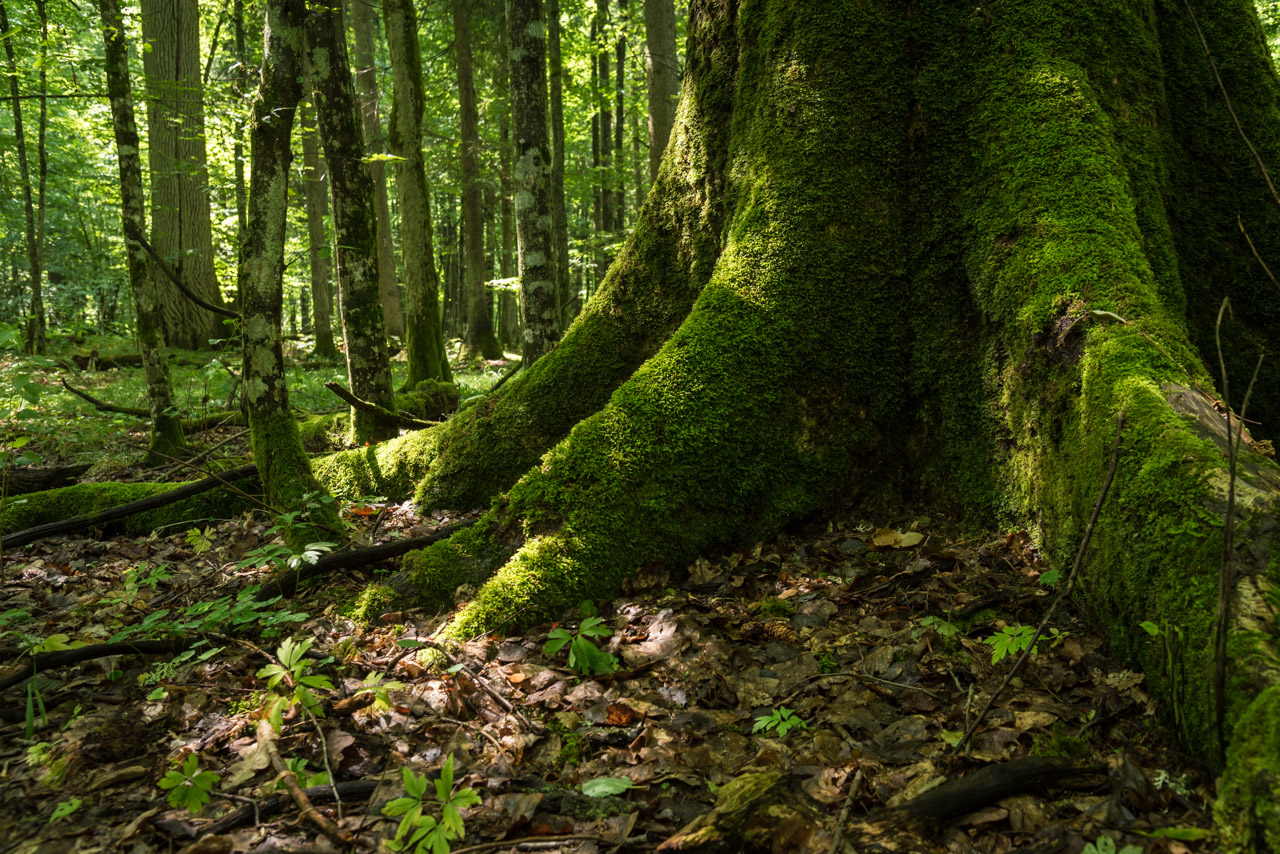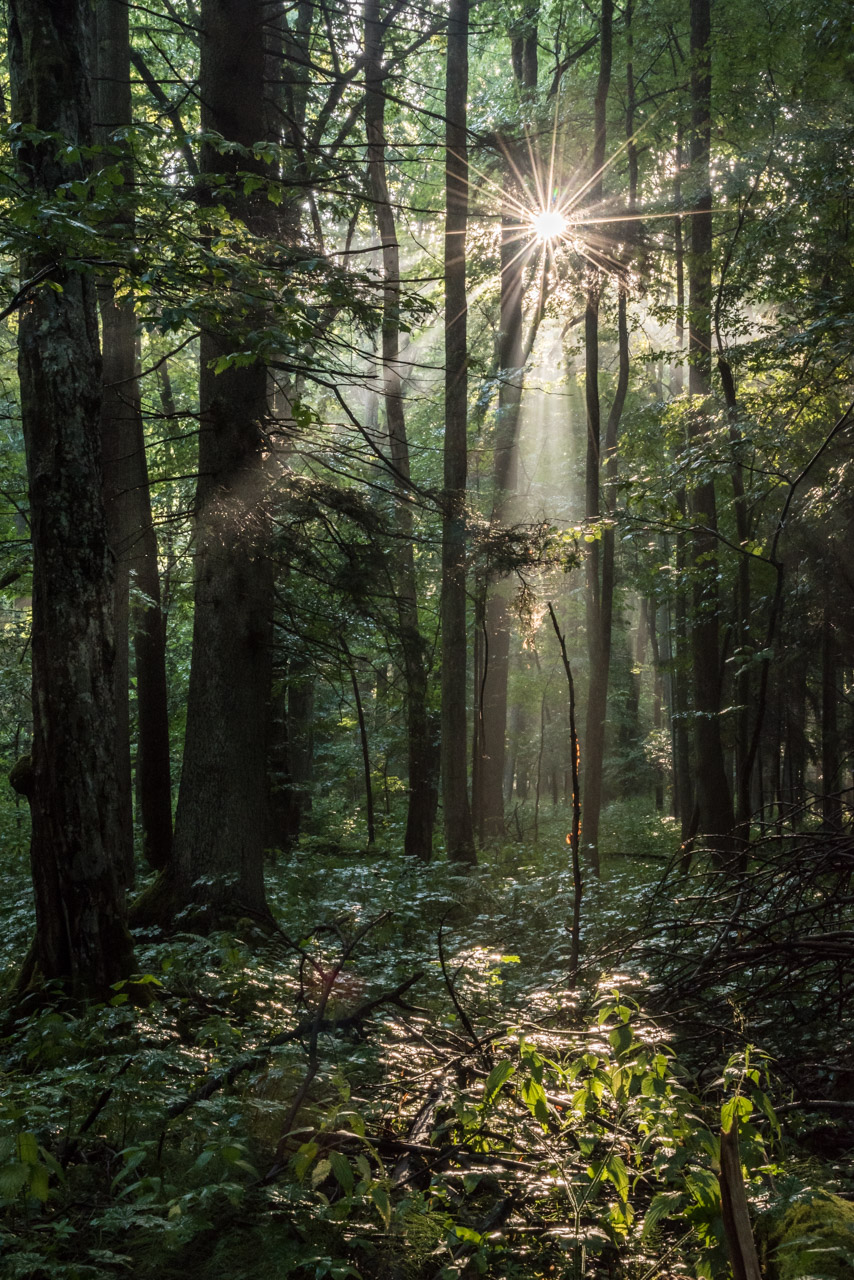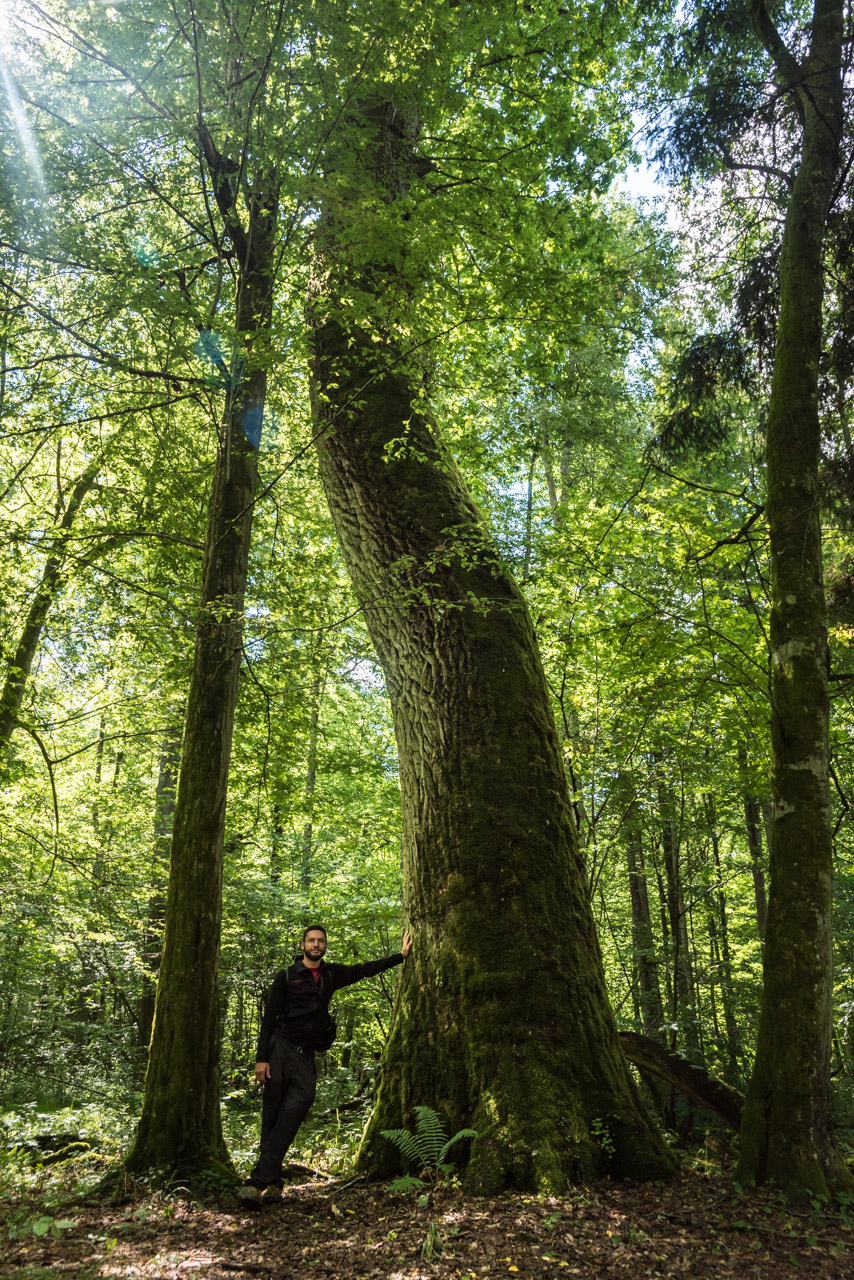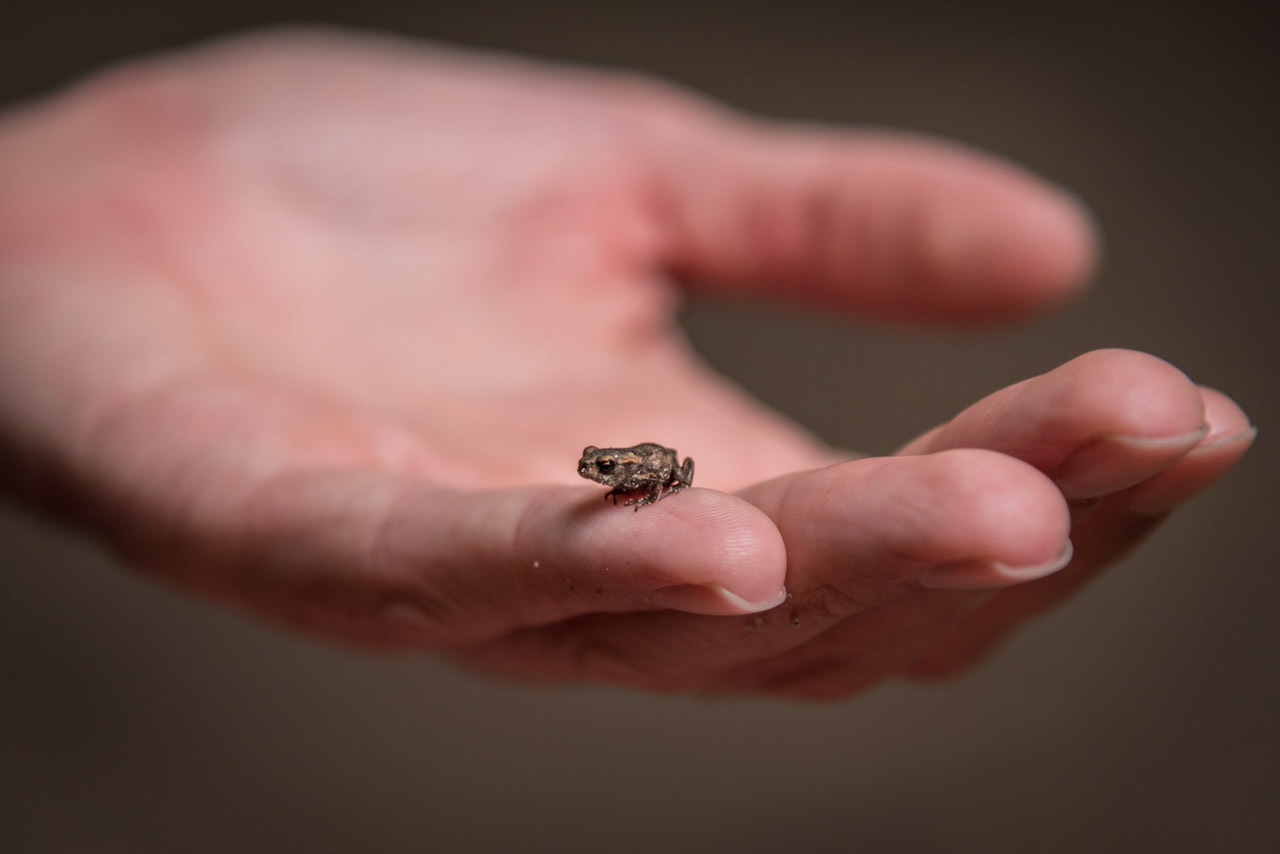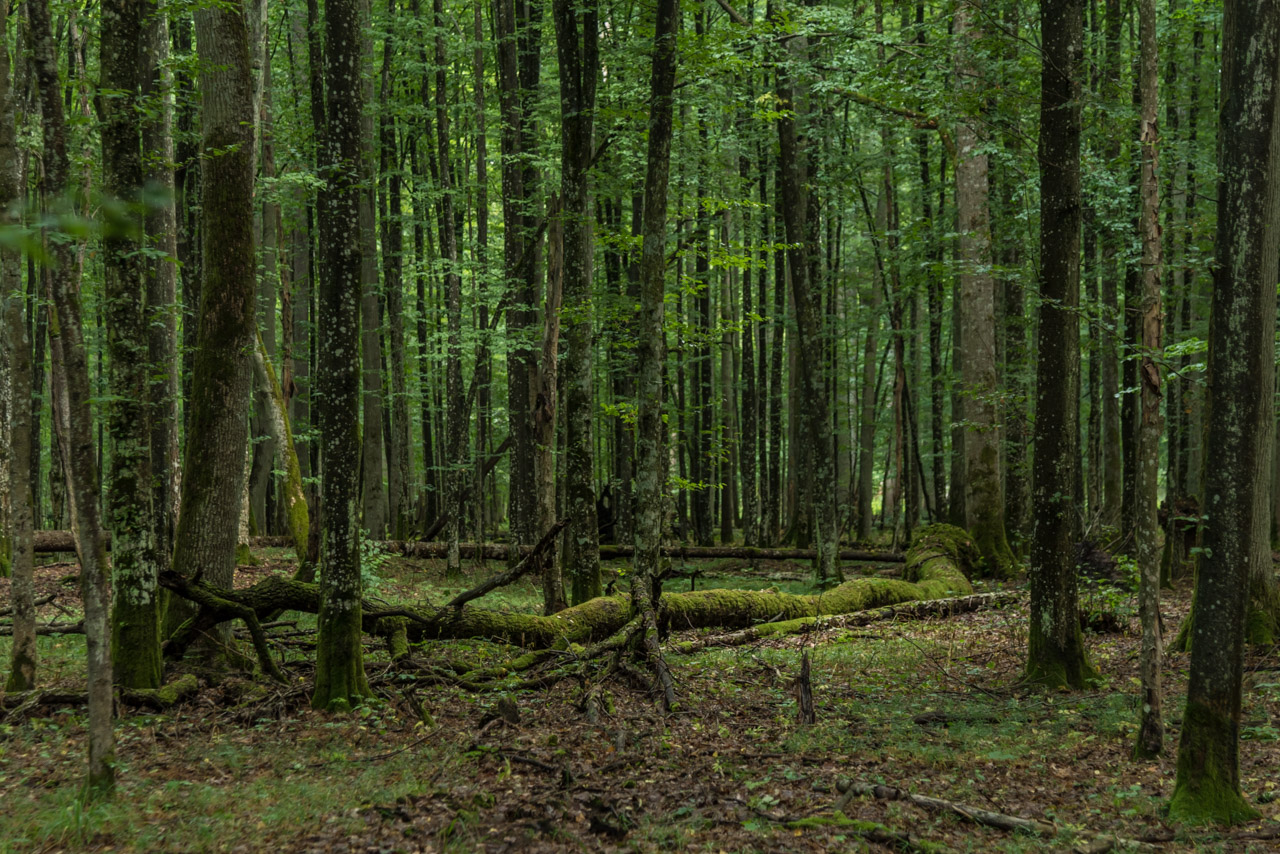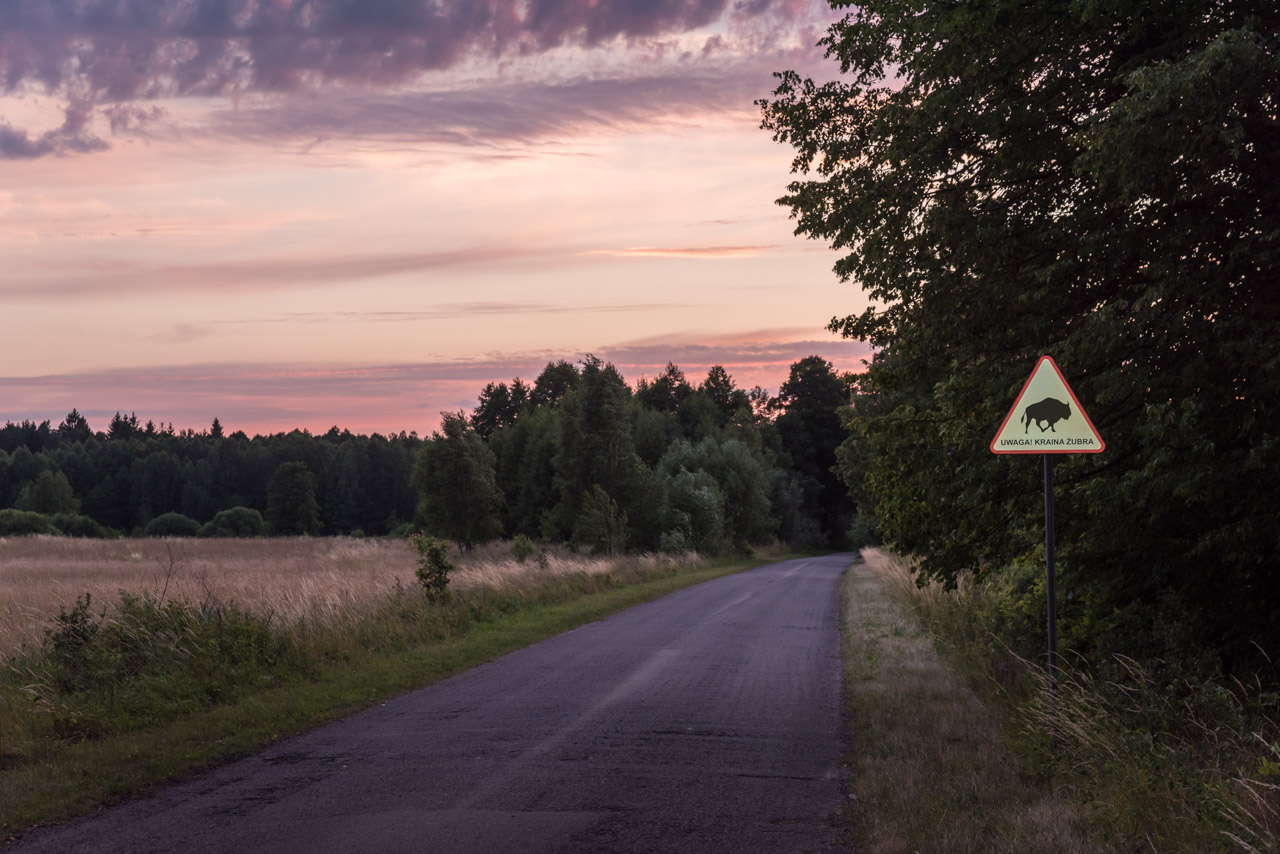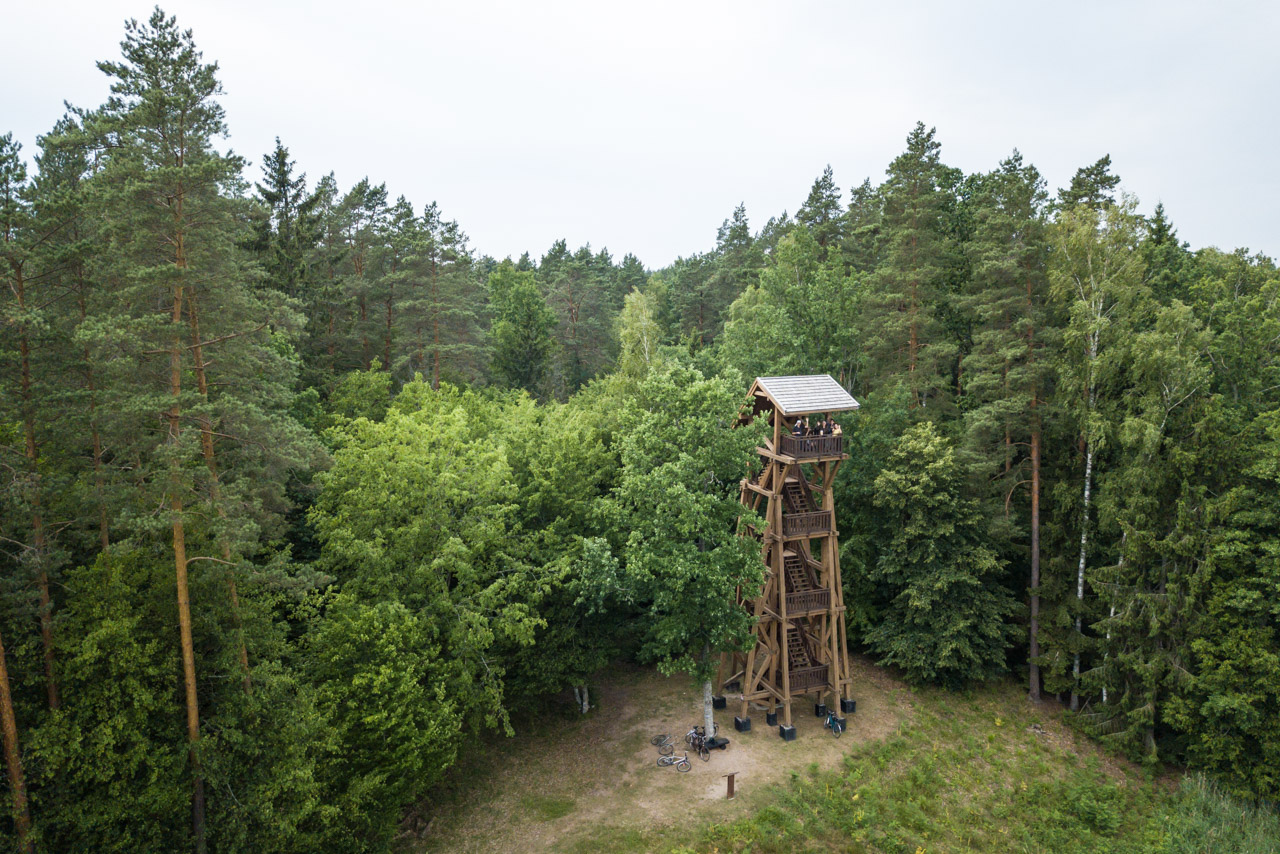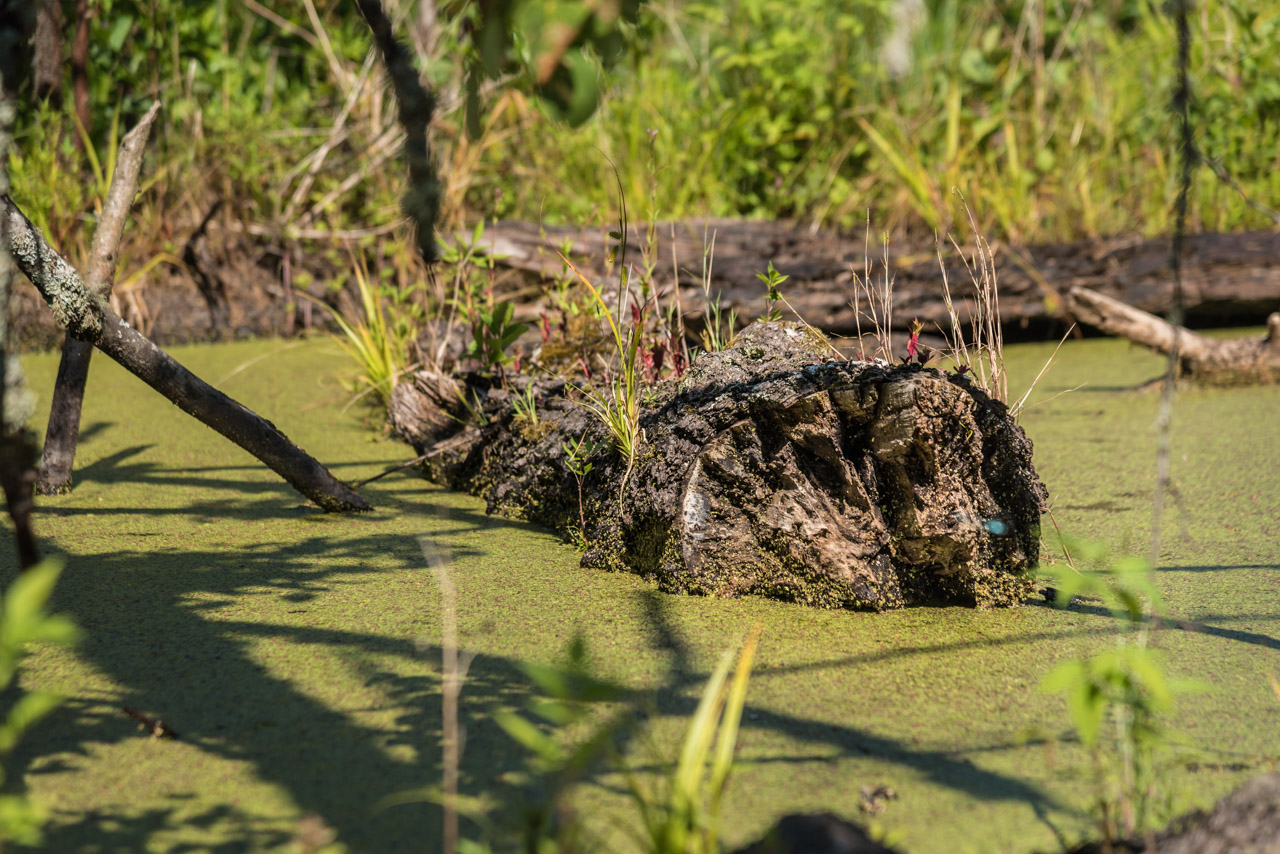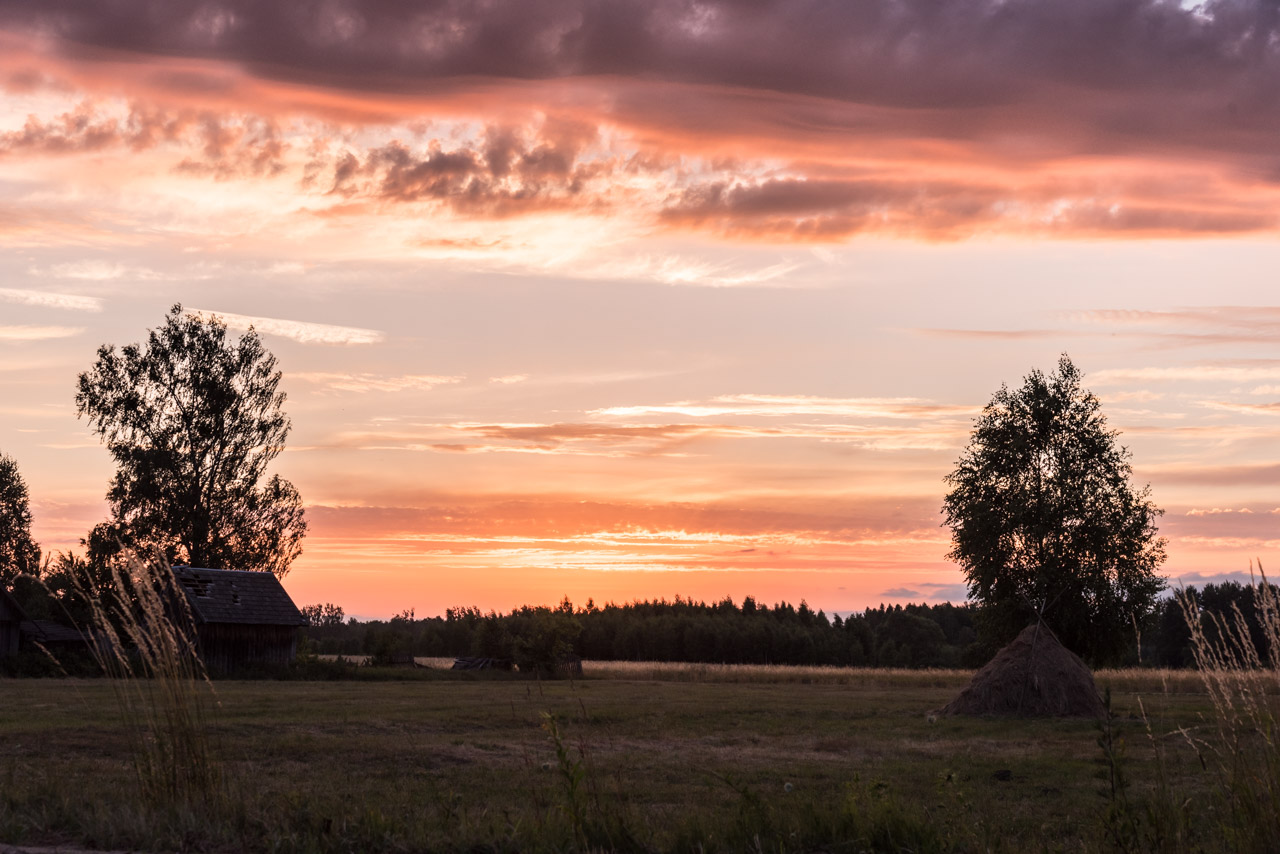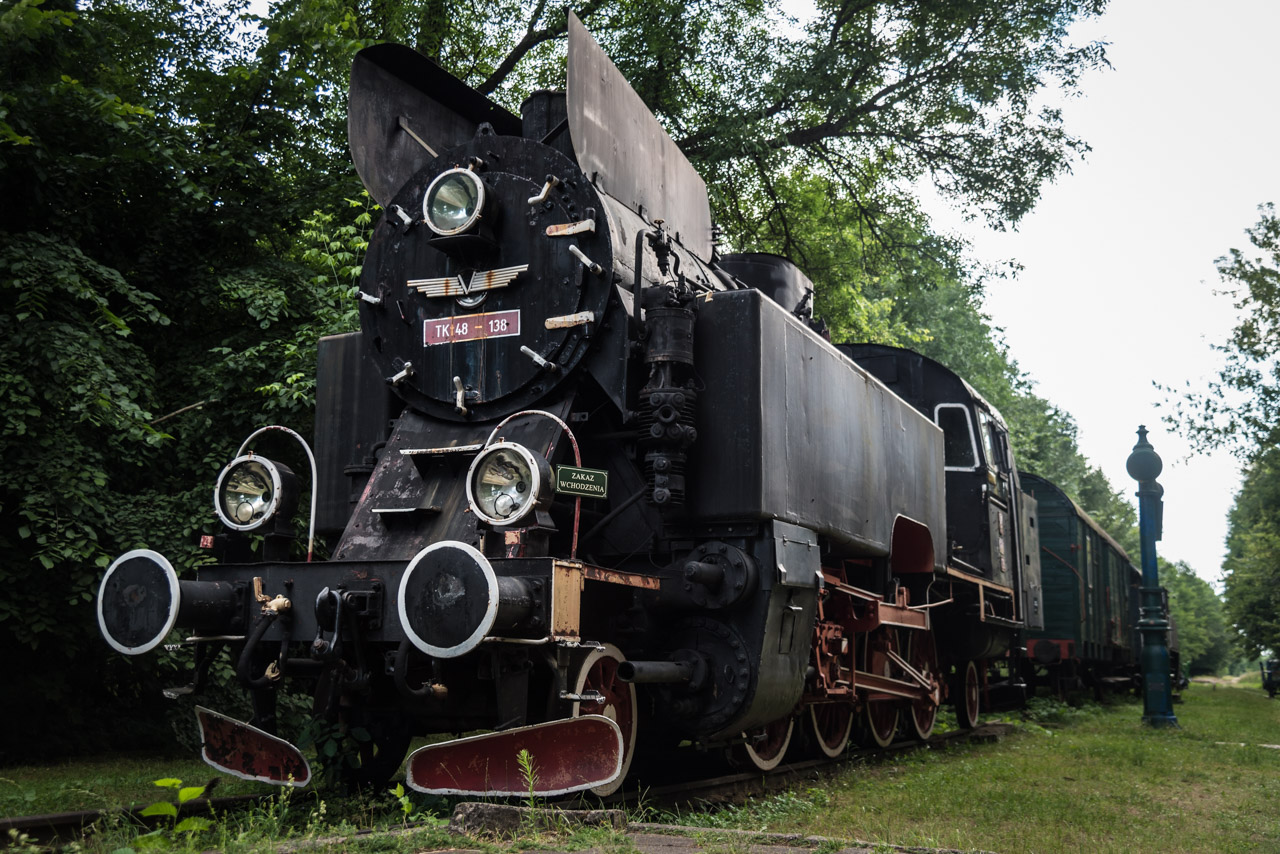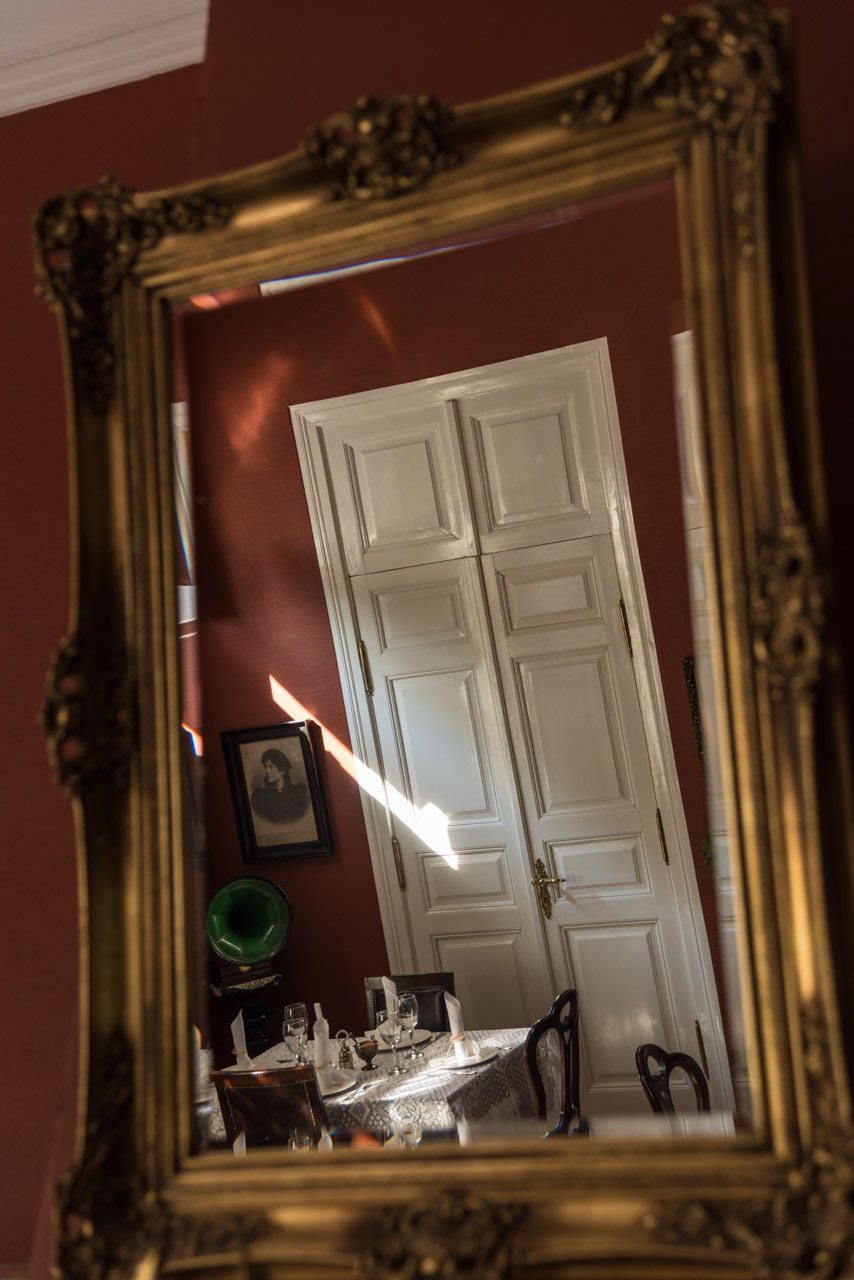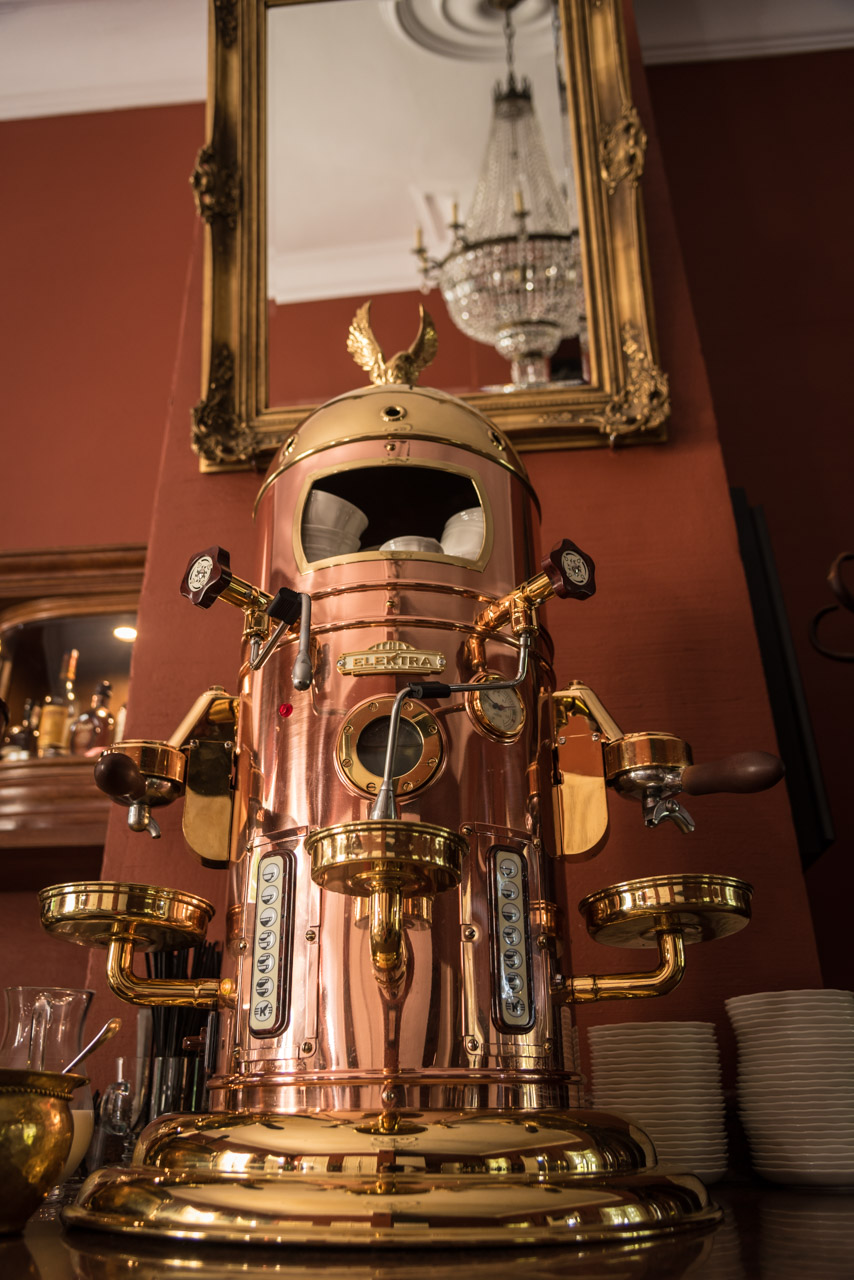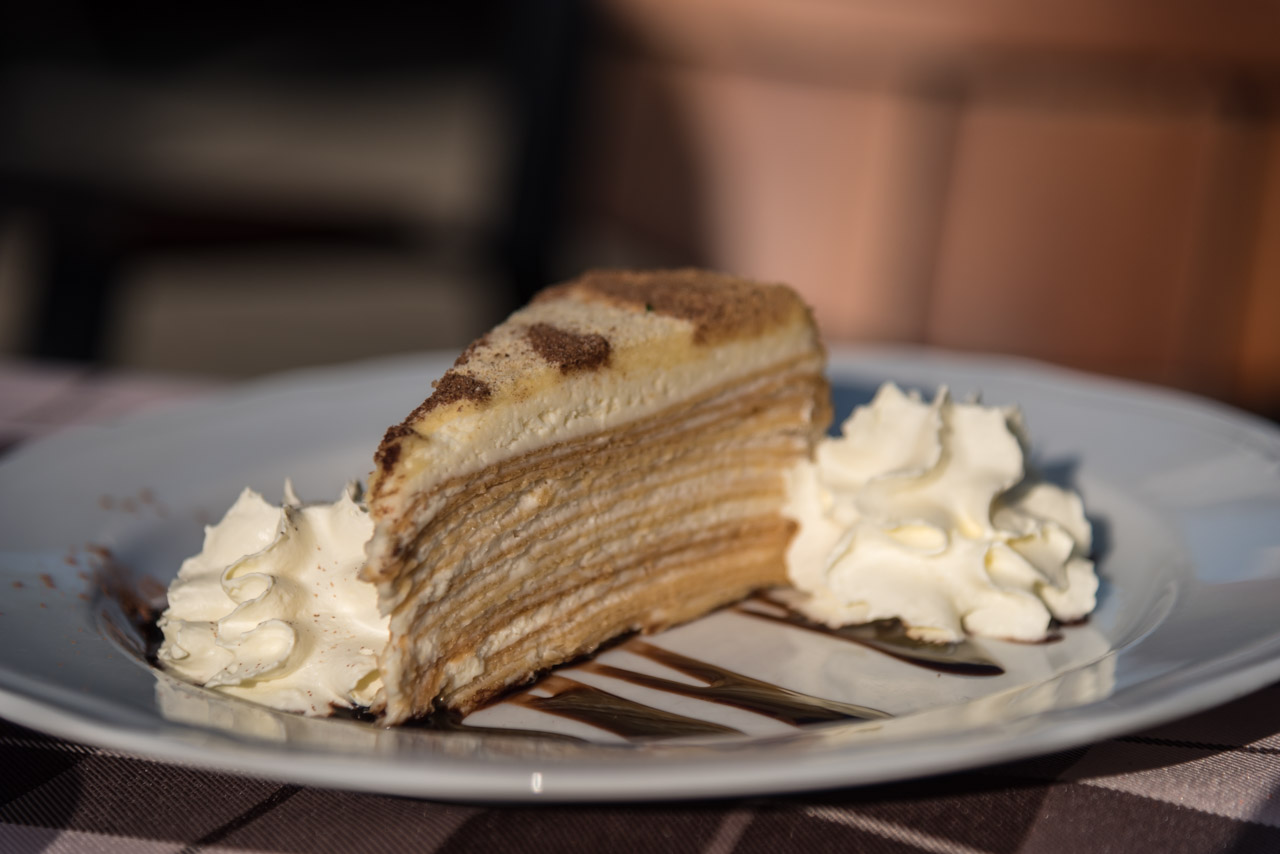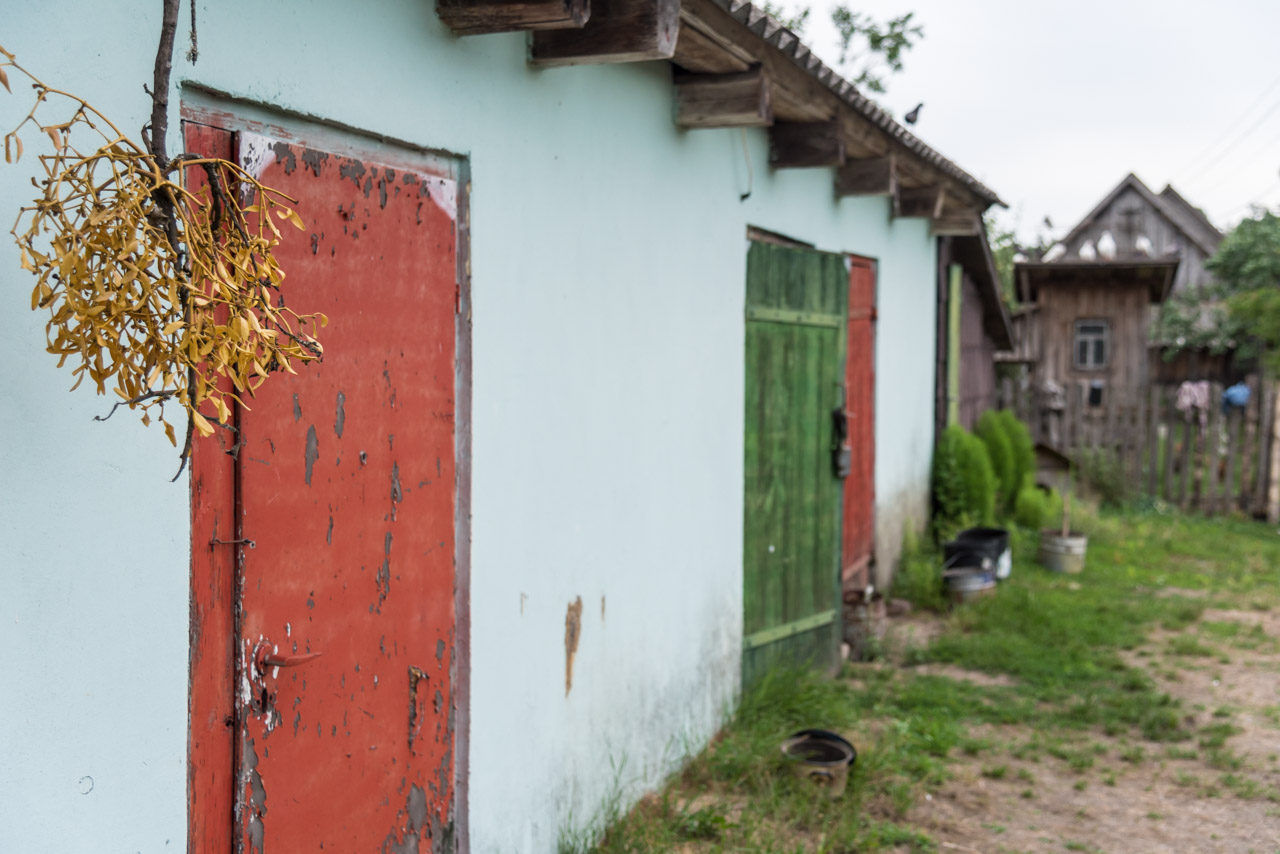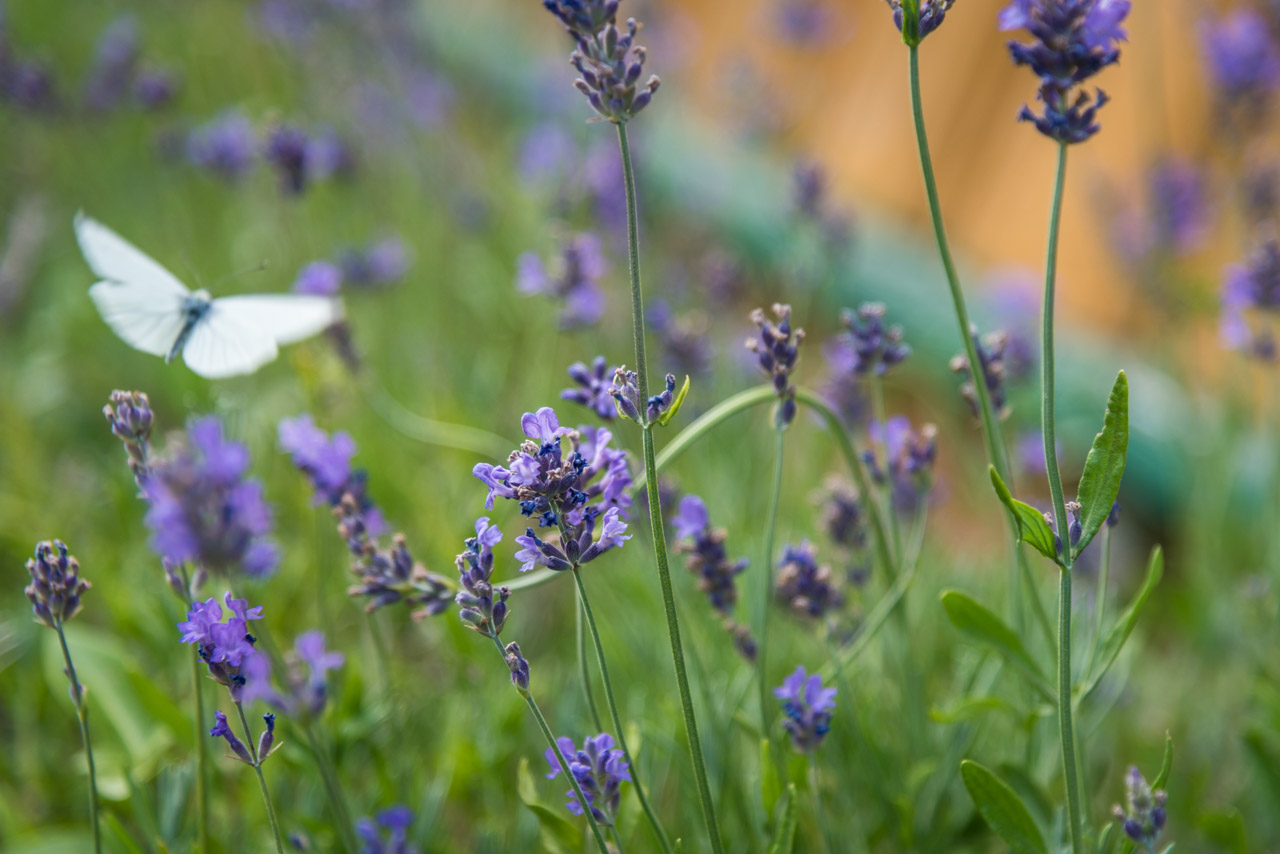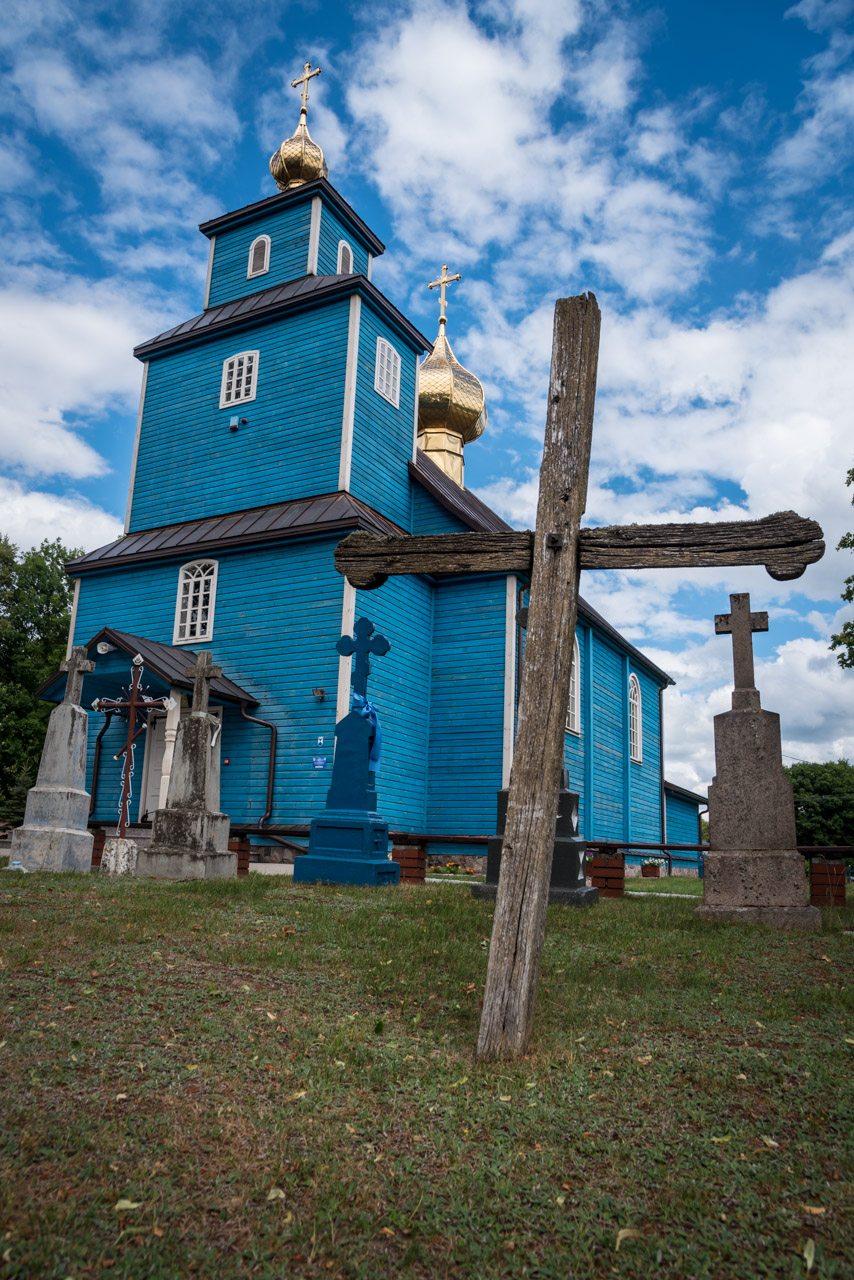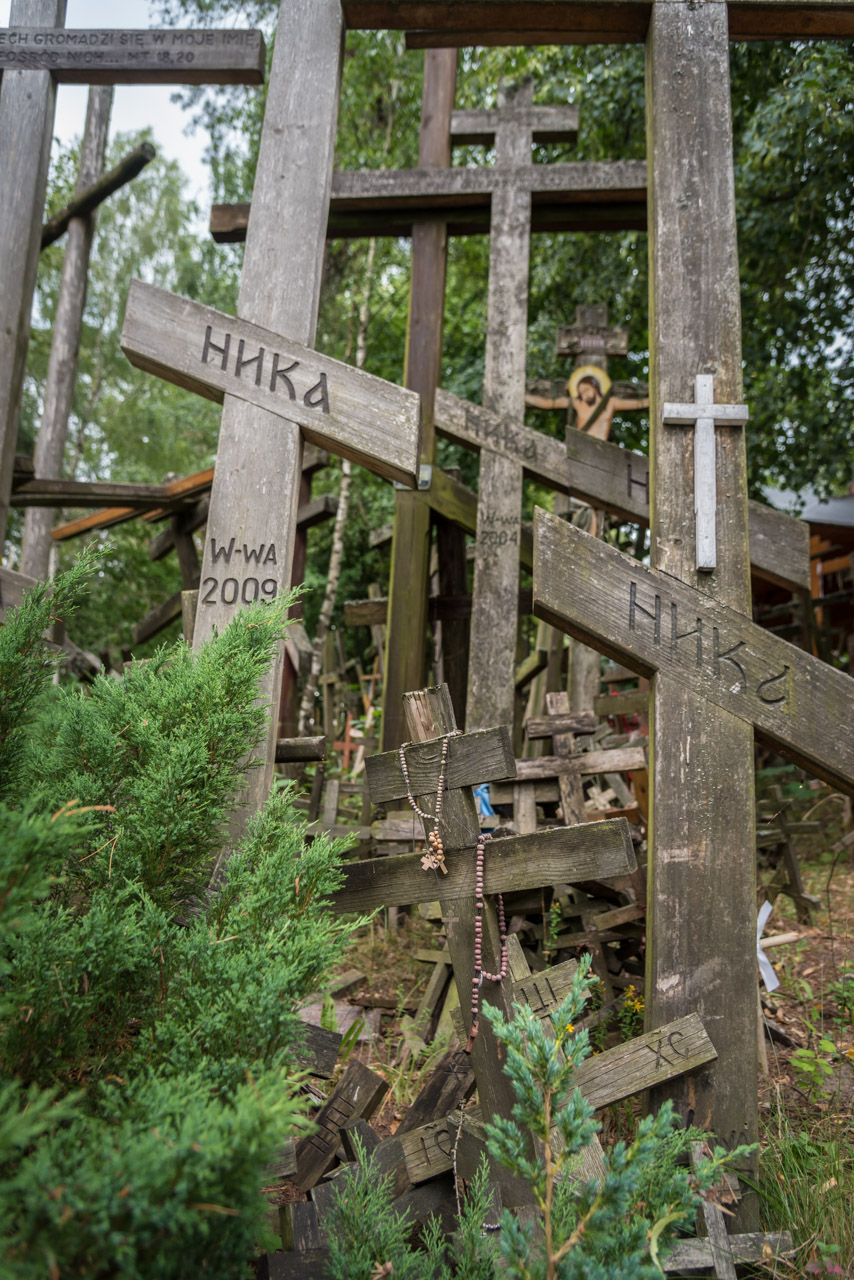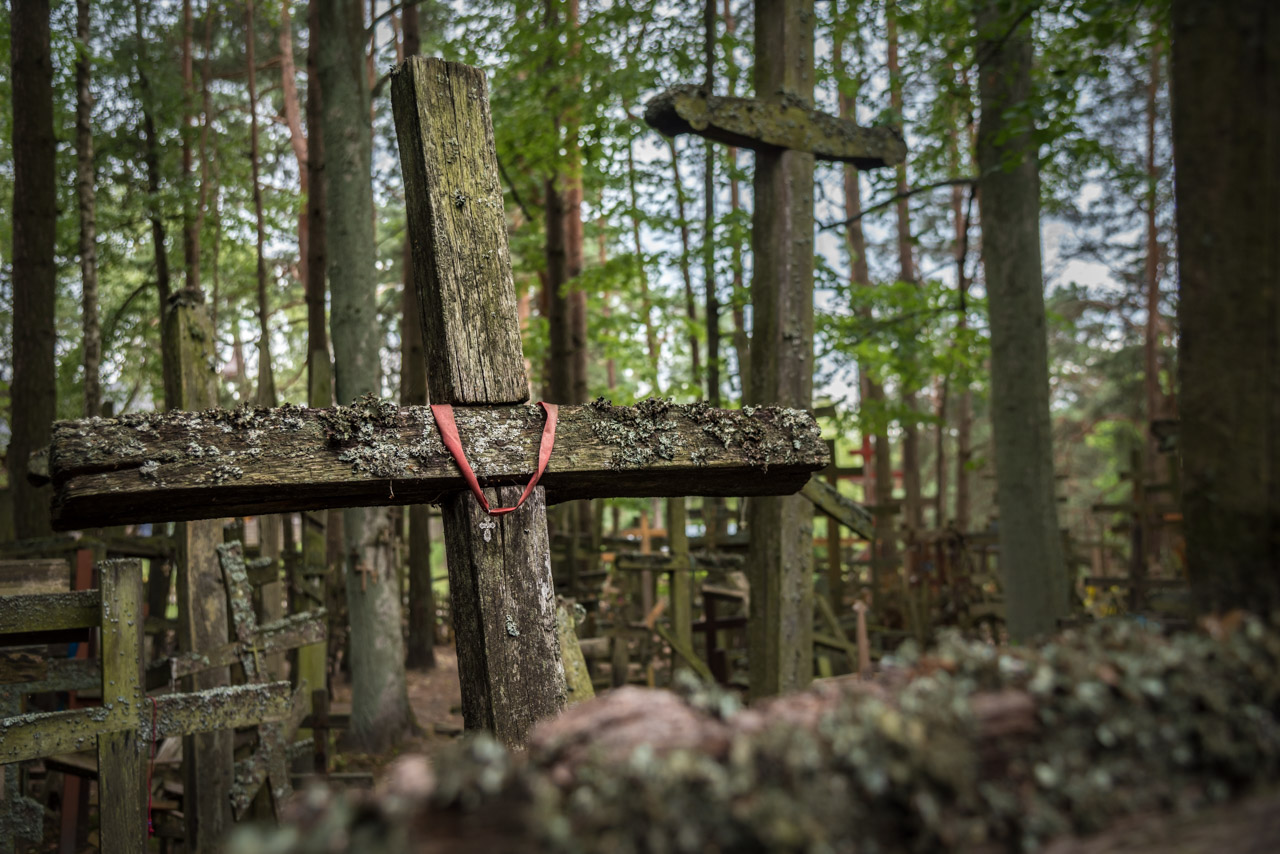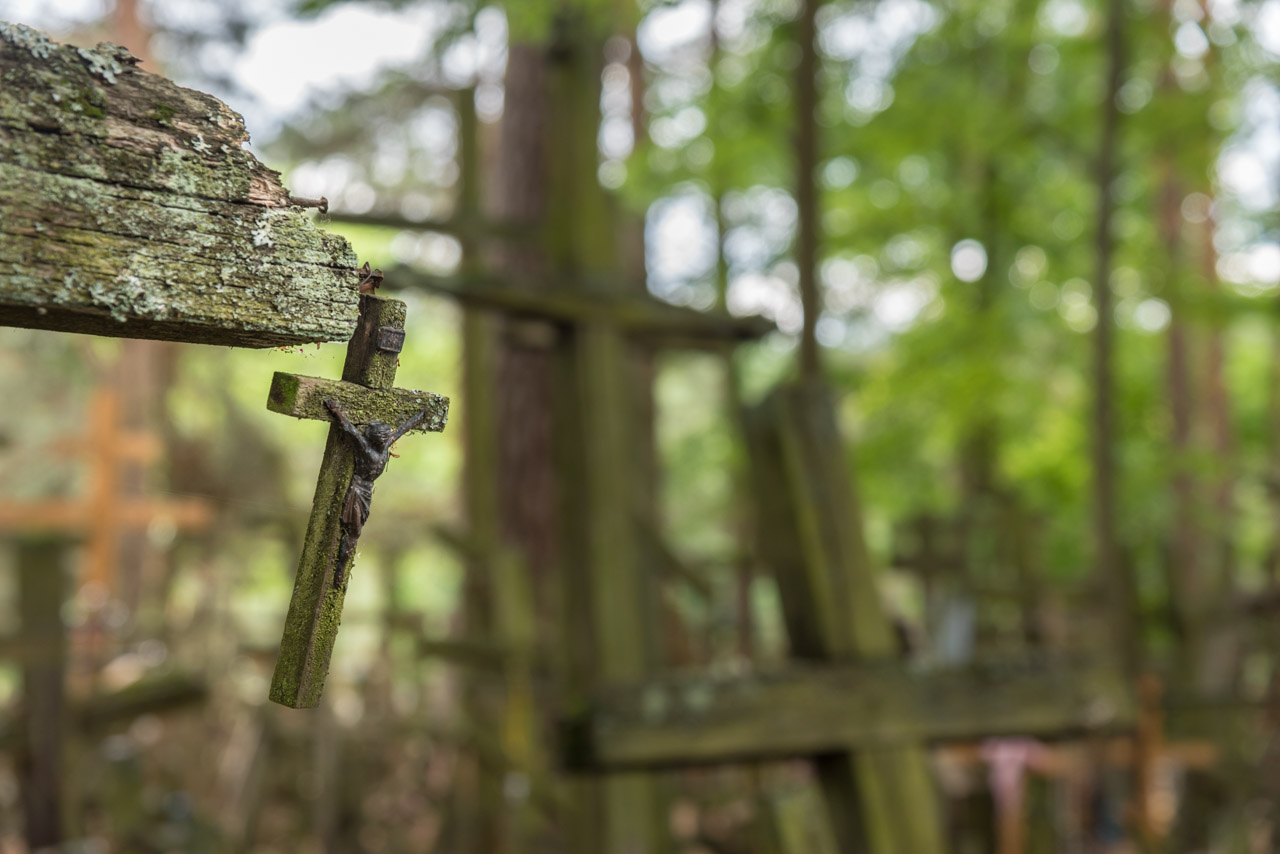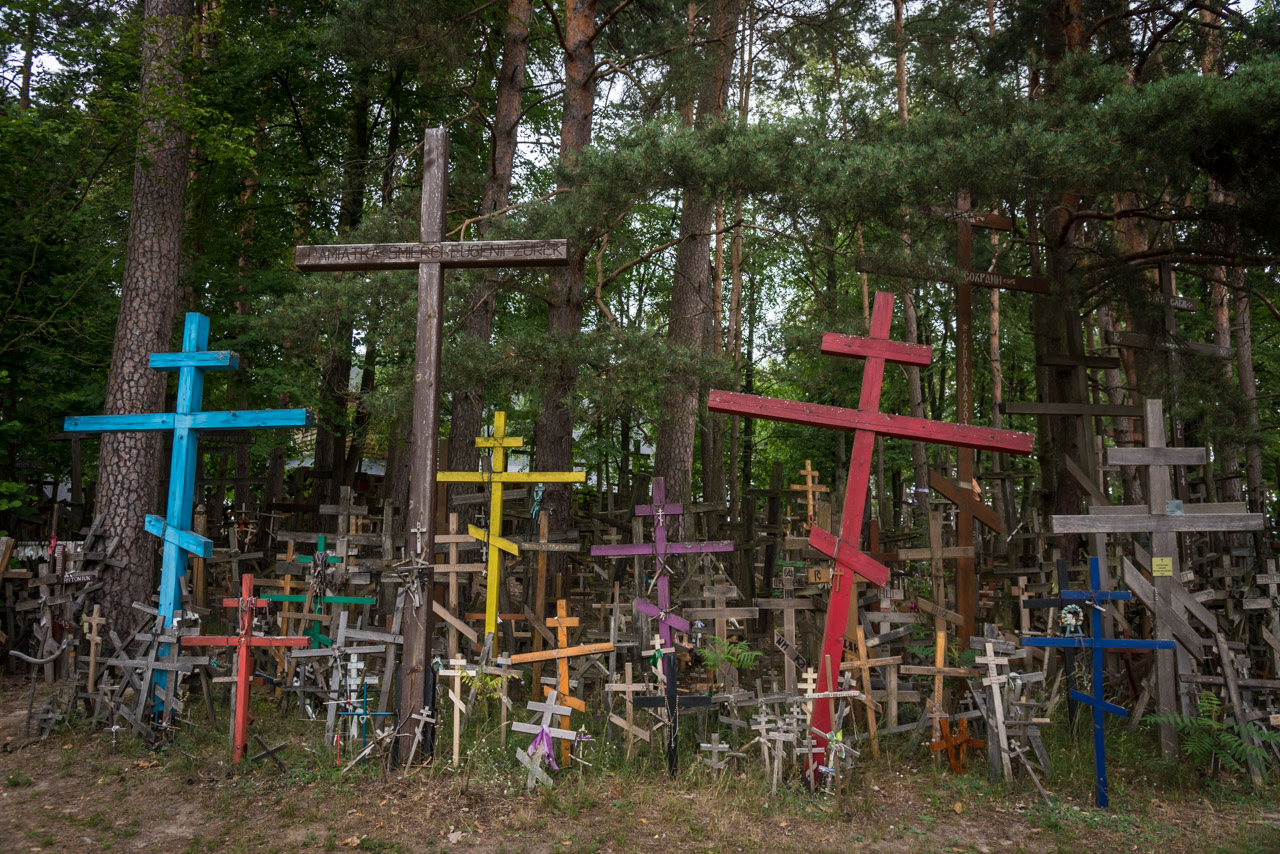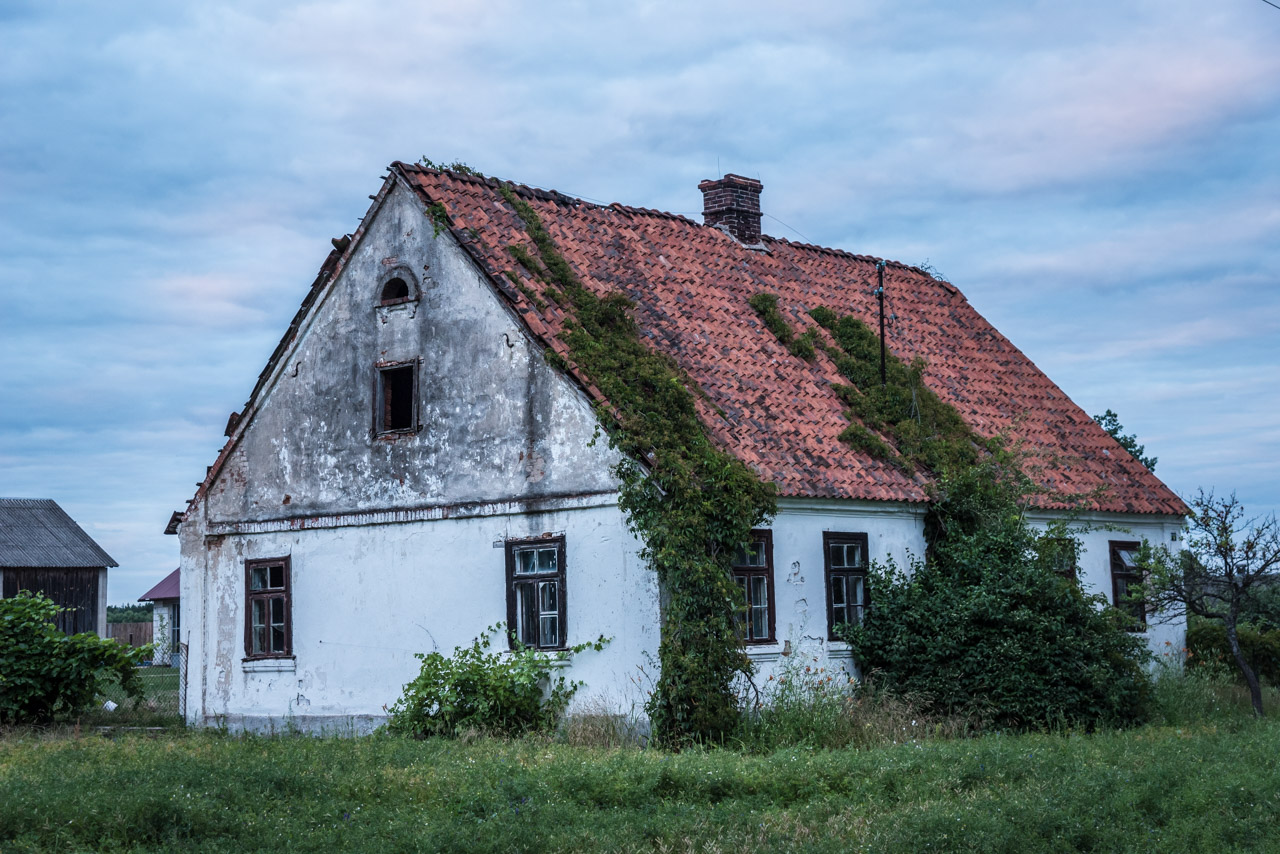A kayak trip in Masuria
In June, I had to put my trip on hold for a couple of weeks to attend the wedding of Domi and Mick puttygen download , who decided to get married in Masuria, a region in North-West Poland famous for its lakes. As the wedding was taking place in a picturesque spot on the Beldany lake, Gosia and I thought we could use this opportunity to do a bit of kayaking on Krutynia, one of the most beautiful waterways in the region that flows into the same lake. After renting a kayak, equipped with a tent, cooker and numerous waterproof sacks, we started our three-day trip in a spot called Babieta. Krutynia is famous for its numerous bends and a changing landscape along the way. The river is usually slow, but you need to cross a few lakes in the kayak, which with a strong wind is easier said than done. From Gosia: The latter is especially true if only one person is paddling while the other is filming, check out the video and notice who is doing the work on the boat 😉
The green wedding of Domi and Mick
We arrived at the wedding spot two days before the ceremony so we could spend some time with Domi and Mick, whose families were already there. We joined them on a hired a sailing boat and made a tour on Sniardwy, the largest Polish lake. With a help of our captain, Przemek, everyone took turns in steering the boat. This caused a lot of laughs, but did not make us the fastest vessel on the see, to put things mildly 😉 The wedding took place on the day of the summer solstice, in a beautiful spot run by a fanatic of a long-extinct Balt tribe called the Galindians. The whole estate has folk elements reminding visitors of the Galindians, the staff wears old-school clothing and the proprietor is the undisputed king of the tribe. The young couple got really lucky with the weather as, contrary to all forecast, we were exposed only to a tiny drizzle and in the end enjoyed the party undisturbed. The wedding guests were asked to wear clothes traditional to their region (or the region they identify with), so the crowd was super colorful and almost tie-free (which was the hidden agenda of the groom
, who detests ties ; ). We also paid tribute to a Polish tradition of weaving flower wreaths and letting them float on water. Traditionally, boys would catch the wreaths hoping to catch the interest of the girls making the flowery accessories, but this time only the photographer and the camera man (yours truly) were interested in wading through water to get a good shot of the candle-lit decorations.
History covered by green
Trying to enjoy ourselves in rainy Masuria (the weather was only kind during the wedding and broke the next day), we made a short trip to a former Prussian fortress called Boyen and located in Giżycko (oh, the beauty of the Polish names bristling with consonants and beset with Polish special letters!). The fortress was built between the 1840s and 1850s and was abandoned in 1944. For those who love history https://lookup-phone-prefix.com , book half a day for the local museum to follow all battles of the 1st wold war 🙂 However, what we enjoyed most was the walk along the walls and the realization that the fort is slowly turning into meadows and forests. This feeling was even stronger in Wolfsschanze (English: Wolf’s Lair, Polish: Wilczy Szaniec), a place so famous in the history of the 2nd World War, it does not need an introduction. This top secret, high security headquarters of the Nazis used for the planned conquest of the Western Front, was located in the midst of a thick forest. The site comprised of 40 living quarters as well as 47 bunkers. Seven of those were MASSIVE type A bunkers with ceilings ranging from 3.5 up to 8 meters (in the case of Hitler’s bunker) and made from the best ferroconcrete. Except for a few concrete pieces, nothing is left from the building where the most notable assassination attempt against Hitler took place. The rest of the complex was blown in the air in January 1945, just a couple of days before the arrival of the Soviet army. At the moment, nature is definitely the one winning the battle over Wolfsschanze. The ruins are covered in moss and trees are stemming from the fissures in the concrete. On a cloudy, slow-tourist day (we were lucky on both accounts), the visitor has the feeling s/he is discovering the ruins of an ancient culture, lost for centuries amidst lush green vegetation. It is a very touching experience, creating in the spectator a cognitive dissonance between the terrors of the Nazi regime and the calmness of the forest, the slow rebirth of nature and the chirping birds.
We discovered other interesting places in the region. The two large railway viaducts in Stanczyki, built between 1912 and 1914, are yet another pearl in the landscape of Masuria, especially for those with a drone : ) We have discovered many other, much smaller, railway viaducts in the area. Unfortunately, it has been ages since a train rode on those. What a pity, this would have probably made for the most attractive train route in the area!
Białowieża primeval forest
Yet another claim to fame of Poland lies in Bialowieza, which houses a tiny part of a primeval forest that used to cover a large part of the European Plain. The forest is a national park and an UNESCO world heritage site shared by Poland and Belarus (so if you are dying to have a Belarusian stamp in your passport, this is the place where you can get it quite easily). The most famous inhabitant of the forest is the żubr (English: bison). The żubr is known by many from the picture on a popular Polish export vodka called in its honour Żubrówka. Legend has it that the grass blade in the bottle stems from the forest and that the yellowish colour of the vodka is attributed to the pee of the żubr. Enjoy! 😉 Żubr, wiped out by soldiers and hungry locals during the second world war, was re-introduced to the park in the 1950s. As of 2018, around 650 animals live in the Polish part of Bialowieza. The forest hosts a plethora of birds and plants. If you want to stir some trouble in a Polish bar, do ask about managing the forest (the views vary greatly between conservationists, foresters and politicians), especially regarding spruce bark beetle. This little guy had the whole European Union scream and shout in shock when park authorities decided to encroach into the realm of protected forest. I bet that the Poles will give you juicy details about the story, and those will change seriously depending on your interlocutor. Good luck!
If you want to get into orthodox heaven, you should find some time to pray in Grabarka and take a sip of its holy water straight from the spring. This has saved the inhabitants of the nearby town from cholera, or at least this is what people want you to believe. A local monastery on a top of the hill is surrounded by crosses placed there by pilgrims visiting the sanctuary during the celebrations of Transfiguration of Jesus. I have no idea as to how many crosses there are, but some have been seriously withered by the elements and are slowly disintegrating, making space for the new ones. You can find crosses of all sizes, shapes and colours and the place has a strong spiritual vibe.
